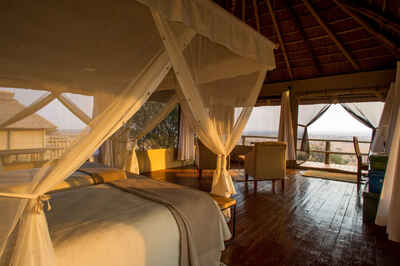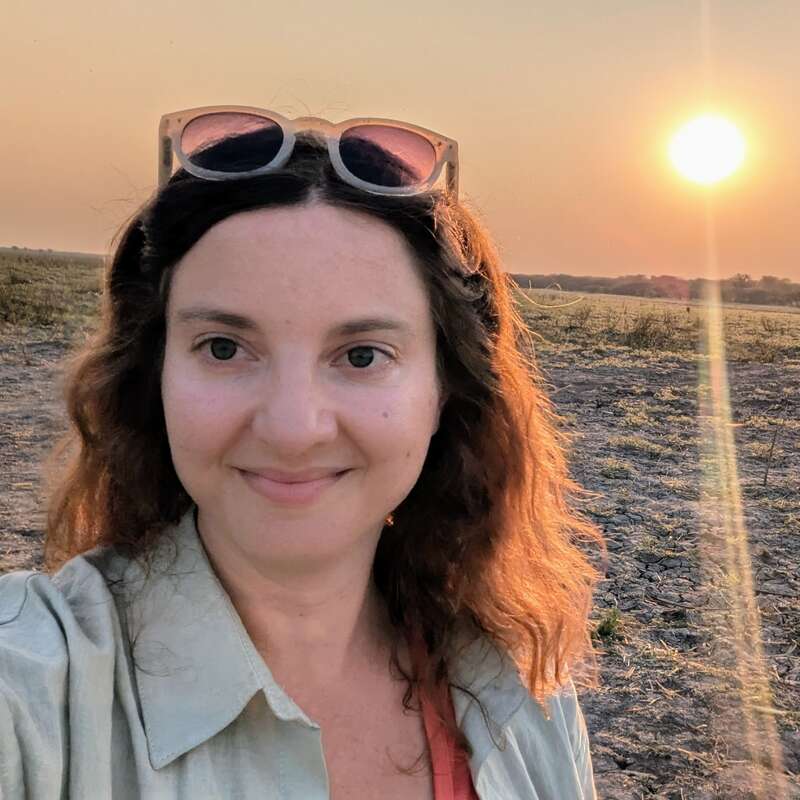About Kubu Kubu
Opened in July 2016, Kubu Kubu provides a mix of nature and luxury in one of Tanzania’s best wildlife areas.
This permanent tented camp is located on a low hillside with striking views over the Serengeti plains. It has plenty of space and a beautiful infinity pool.
With 25 rooms, Kubu Kubu lacks the sense of intimacy and personalised service found at smaller tented camps but it is still undoubtedly very good. If you are looking for a stylish lodge offering a higher level of luxury than a simple bush camp, but with a comparably affordable price tag, then Kubu Kubu could be a great choice.
Our view
With 25 rooms, Kubu Kubu lacks the sense of intimacy and personalised service found at smaller tented camps but it is still undoubtedly very good. If you are looking for a stylish lodge offering a higher level of luxury than a simple bush camp, but with a comparably affordable price tag, then Kubu Kubu could be a great choice.
Accommodation
25 tented rooms
Children
Good for age 8+
Open
All year
Activities

4WD Safari

Birdwatching

Hot air ballooning

Private activities
Traveller reviews of Kubu Kubu
6 real, un-edited reviews from Expert Africa's travellers.
Arrived 7 Mar 2025, 2 nights
"Kubu Kubu review"
Overall rating: Excellent
Arrived 14 Aug 2023, 3 nights
"Kubu Kubu review"
Overall rating: Excellent
Arrived 14 Nov 2019, 3 nights
"Great venue!"
Overall rating: Excellent
Arrived 3 Aug 2019, 2 nights
"Kubu Kubu review"
Overall rating: Excellent
Arrived 19 Jun 2019, 2 nights
"Fantastic place to stay"
Overall rating: Excellent
Arrived 23 Aug 2018, 2 nights
"Simply the best lodge/room in the world"
Overall rating: Excellent
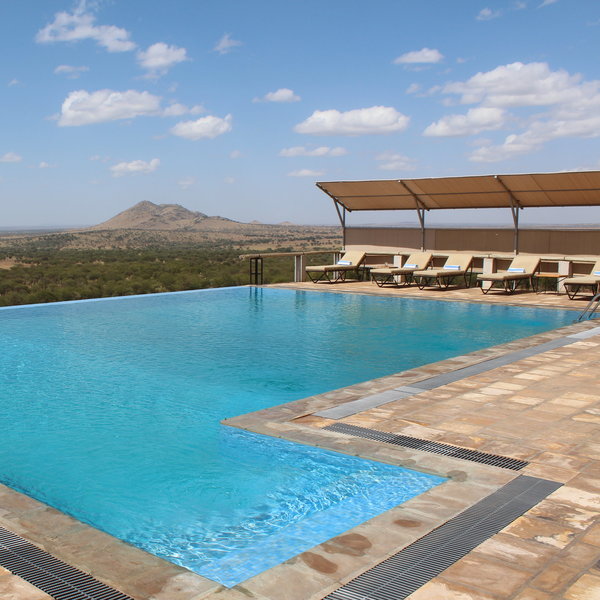
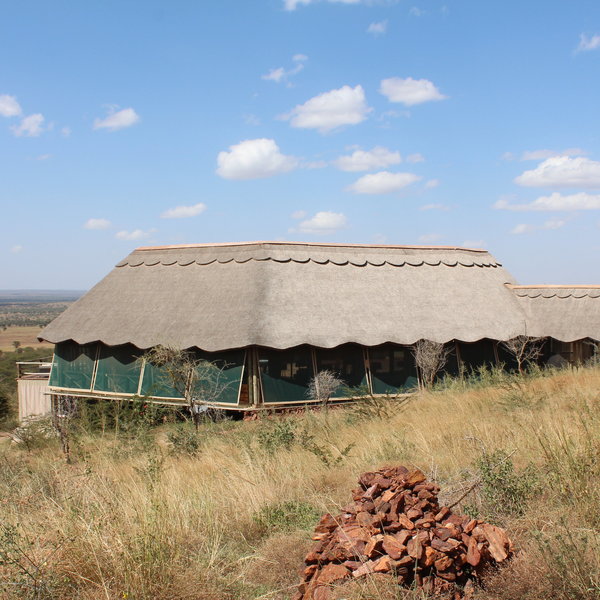
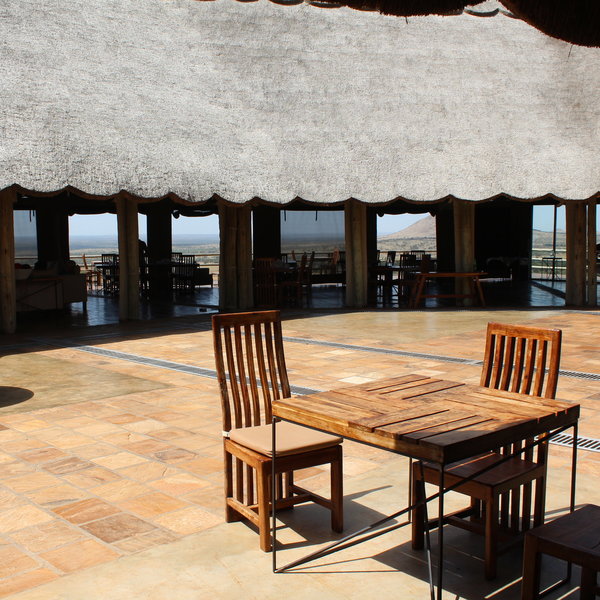
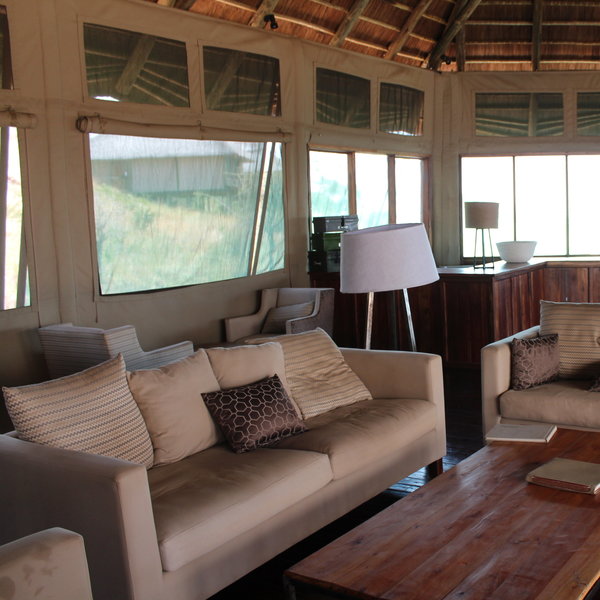
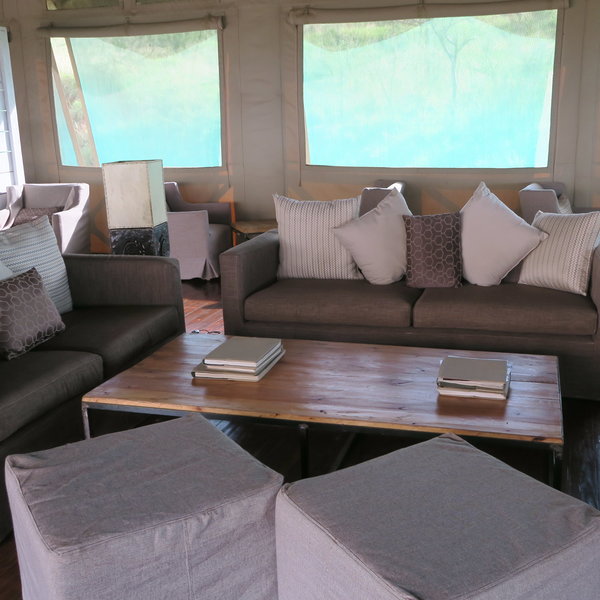
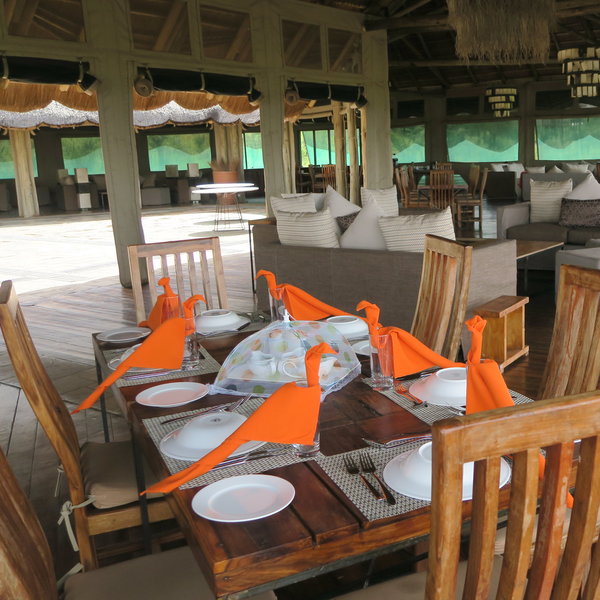
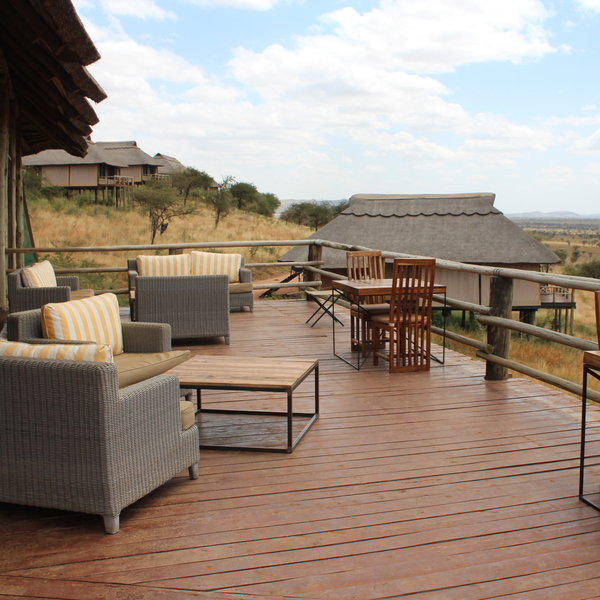
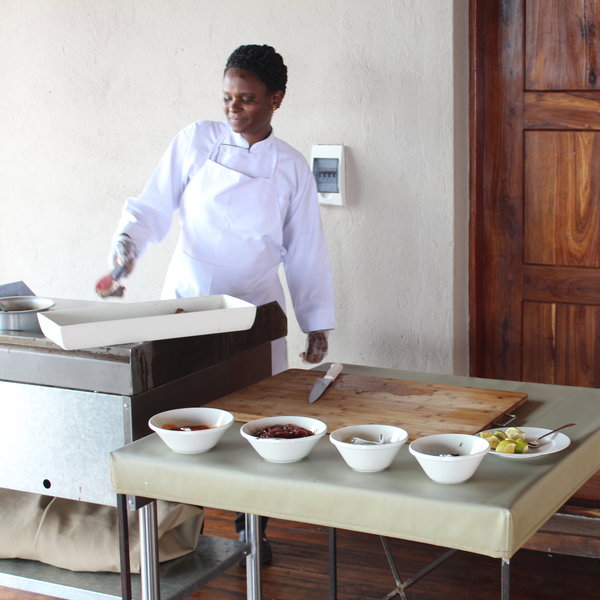
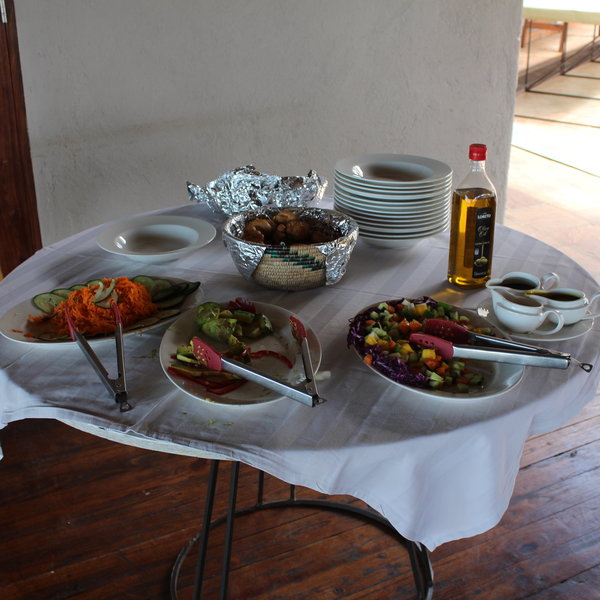

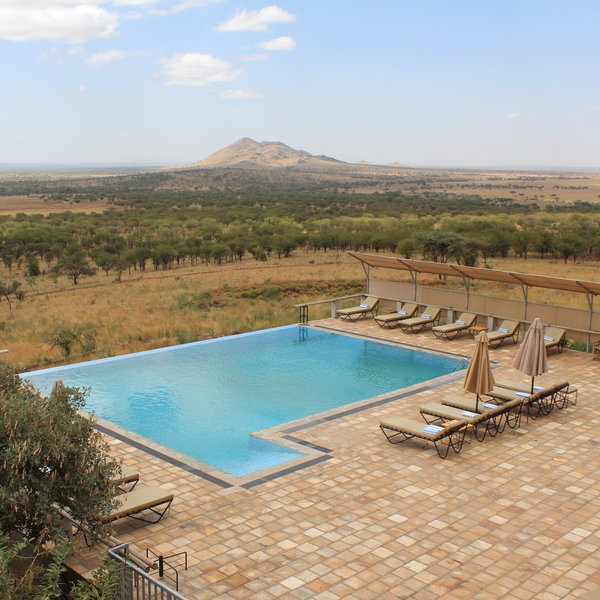
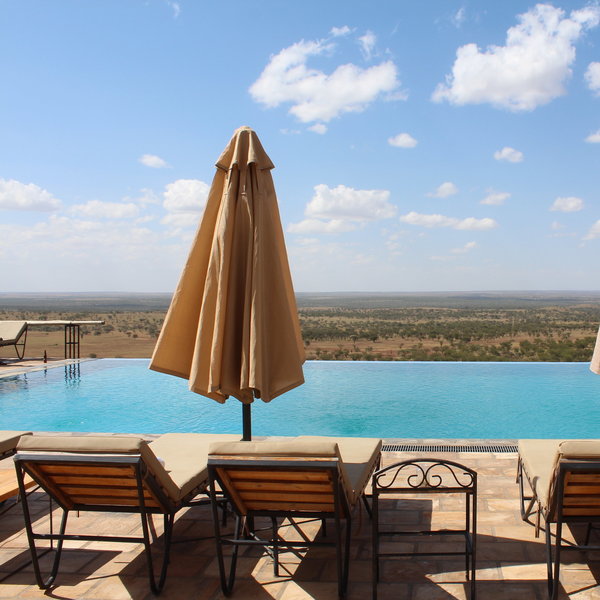
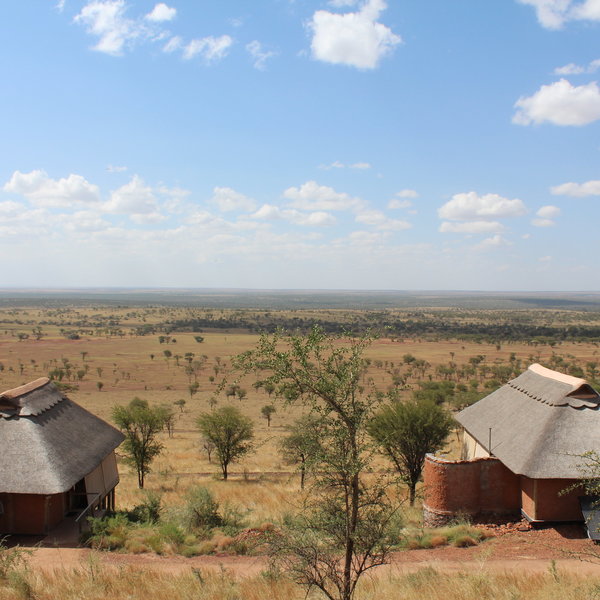
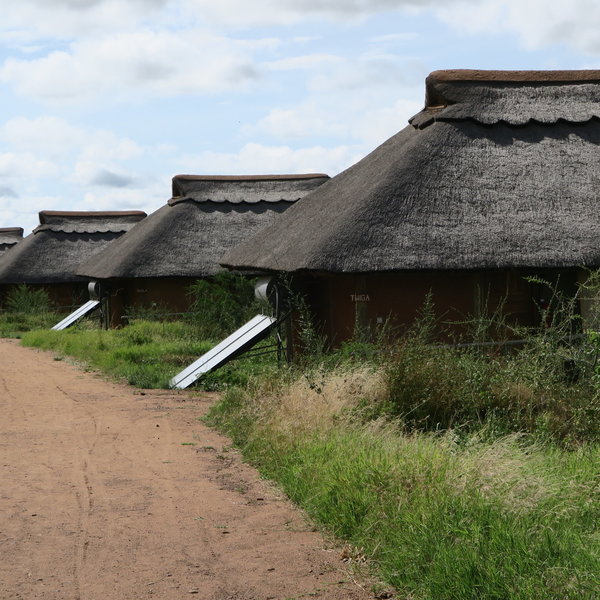
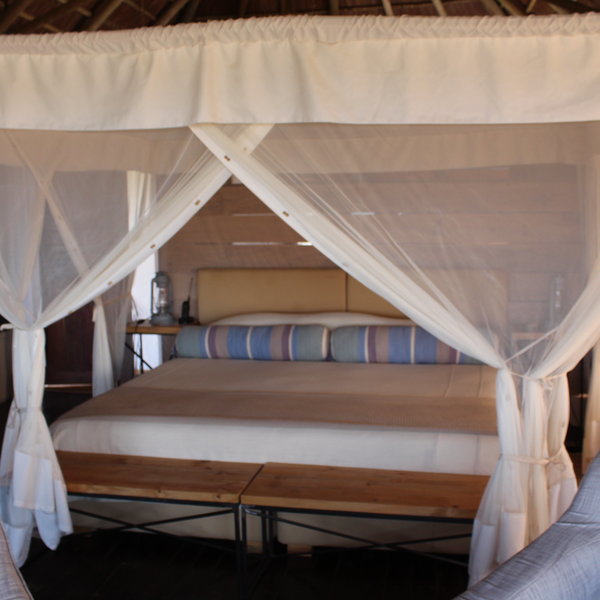
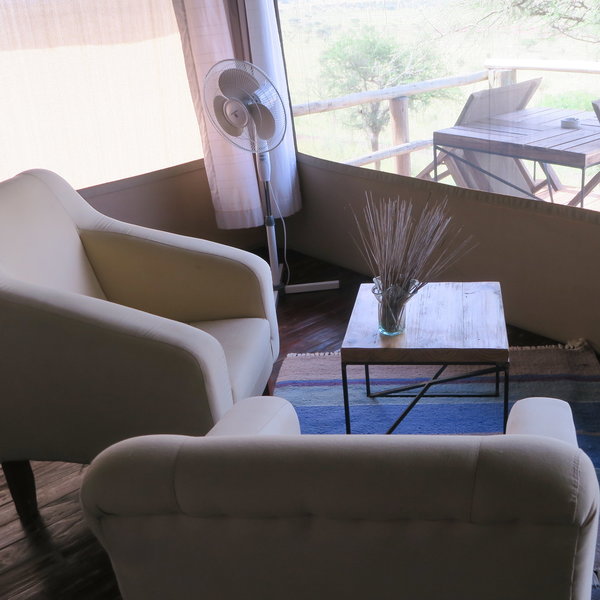
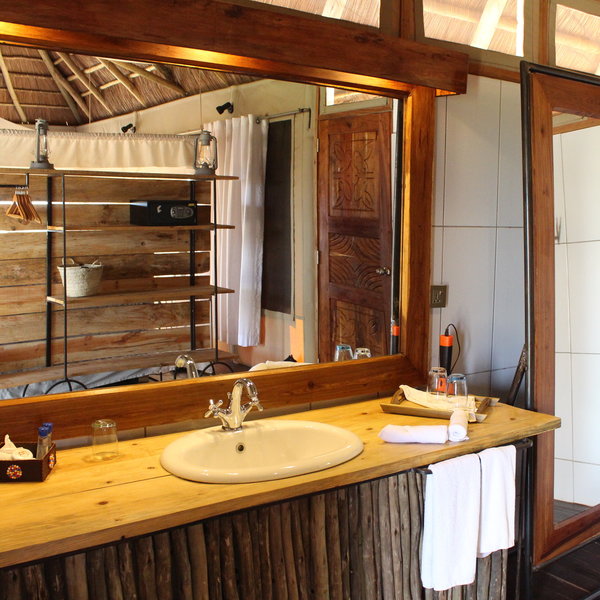
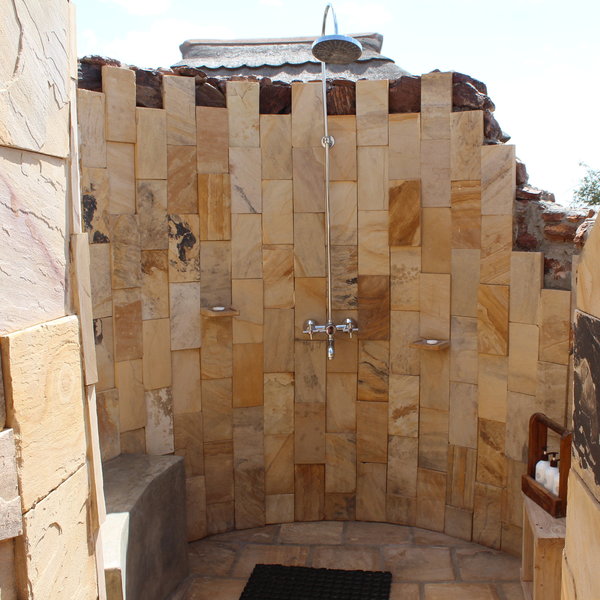
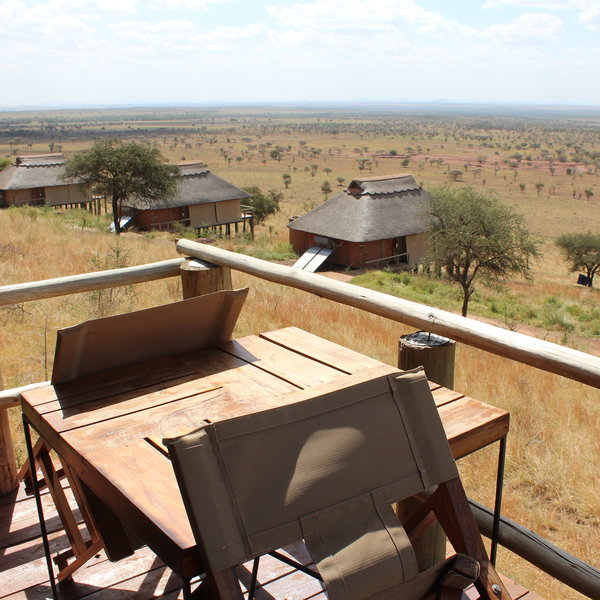
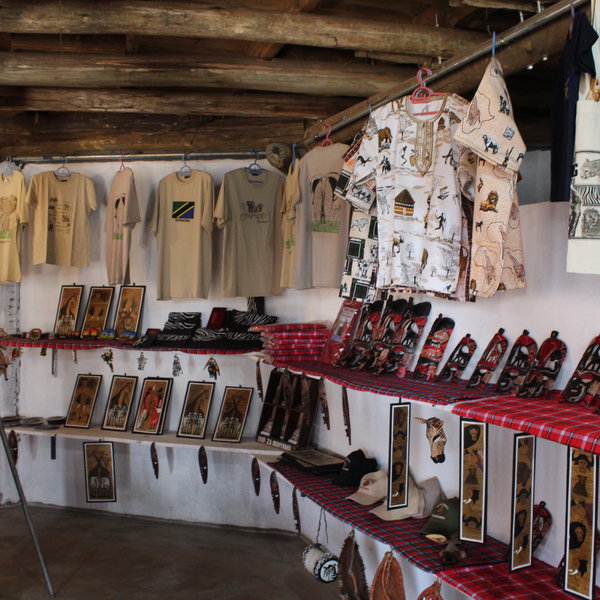
Expert Africa's gallery
When we travel we take lots of photos ourselves to give you a real and un-edited view of the safaris. See our 20 pictures of Kubu Kubu to get the candid view.
View galleryKubu Kubu: Our full report
Opened in July 2016, Kubu Kubu provides a mix of nature and luxury in one of Tanzania’s best wildlife areas.
This permanent tented camp is located on a low hillside with striking views over the Serengeti plains. It has plenty of space and a beautiful infinity pool.
The stylish Kubu Kubu is the more luxurious sibling of its smaller sister property, Kati Kati Camp. Both camps are situated in the game-rich central Serengeti, which we know to be reliably good for viewing wildlife throughout the year. Kubu Kubu is a marked step up from Kati Kati and provides modern accommodation in the form of spacious tented rooms and a large communal area.
Kubu Kubu’s 25 tented rooms are split into 13 double or twin rooms, two quadruple rooms, and five family units (which have two interconnected bedrooms). These are laid out in two rows, with half set slightly further up the hill. Each tented room is well-proportioned, with a couple of comfy chairs and raised deck outside, which overlooks the Serengeti. Despite being decorated in pale creams and neutral tones, we felt the tents were a little dark at times – although the wooden decks act as natural suntraps, which compensates for this.
You can find the usual range of amenities here, including tea and coffee facilities, a telephone and bathrobes. Unlike many other tented camps in the central Serengeti, there is a hairdryer and a water cooler. All tents have a large en-suite bathroom with a flushing toilet and a handbasin, as well as an outdoor shower with hot water and beautiful views.
The main area is a circular thatched structure with a sizeable lounge and dining area, and a flagstone patio at its centre. Despite its size, the lounge at Kubu Kubu has an intimate and cosy atmosphere, with comfortable chairs arranged in small clusters around low coffee tables. In one corner, there is a small library with an array of books and board games and, in the evenings, decorative beaded lightshades help create atmosphere. Friendly staff are on hand to serve complimentary cool drinks and a selection of tasty homemade snacks.
You can choose to dine inside, or weather permitting, on the wooden deck overlooking the swimming pool and the Serengeti plains beyond. We loved the views from Kubu Kubu and, in our opinion, these are some of the best in the central region of the park.
One of our favourite features is the beautiful infinity pool, which helps give Kubu Kubu a “wow factor”. Swimming pools are rare in this part of the Serengeti, and this is lovely place to relax in the heat of the afternoon. Please note that there are no pool depth markings or lifeguard present. Cream umbrellas and sunloungers are dotted around on the adjacent patio and, just behind the swimming pool, a small curio shop sells trinkets and pieces of local artwork.
When we last visited in February 2018, we were told that Kubu Kubu plans to offer some spa treatments, which are likely to be in the comfort of your own room. There is no date set for when these will be available.
The location of Kubu Kubu grants access to the plethora of wildlife that gives the Serengeti its great reputation, and it is a good place to look for cheetah on the open plains. You can choose to explore the central Seronera area, or venture further afield to the more remote southern or eastern Serengeti. The lodge can arrange bush breakfasts and cocktail sundowners on request. An early morning balloon safari is also available at an extra cost, followed by an indulgent champagne breakfast.
Activities
4WD Safari
Birdwatching
Hot air ballooning
Private activities
Families & children
- Attitude towards children
- Children are welcome at Kubu Kubu and there are two quadruple rooms as well as two family tents. When we visited there were a couple of families staying. Older children are likely to enjoy the swimming pool, and the lodge has a relaxed, family-friendly atmosphere.
- Property’s age restrictions
- Kubu Kubu has no minimum age.
- Special activities & services
- There are no special activities or services at Kubu Kubu.
- Equipment
- Currently, there are no cots or high chairs available at Kubu Kubu.
- Generally recommended for children
- Good for older children.
- Notes
- The raised decks outside the tented rooms and dining area are fairly high and, as there is no lifeguard present at the pool, children should be supervised here. The camp is unfenced, and parents should be aware that large animals frequently wander through the area.
Food & drink
- Usual board basis
- Full Board
- Food quality
- We spent a couple of nights at Kubu Kubu in February 2018 and found the food to be fresh, tasty and plentiful.
Breakfast is a varied buffet of tropical fruits, cereals, breads and pastries, with eggs and pancakes cooked to order. If you are leaving early, then it is possible to take a packed breakfast with you.
Lunch is à la carte when the lodge is quiet or served as a buffet when it is busy. On our last visit we tucked in to range of dishes, which included grilled tilapia (a white fish commonly found throughout East Africa), beef, fragrant rice, tomato pasta and salad. This was followed by rhubarb crumble.
Dinner is served as a buffet and typically features a range of hot and cold dishes; on our visit these included beef stew, fish, spiced lentils, vegetable dishes, rice and buttered potatoes. For dessert, you can choose from a selection of tempting dishes. One night we had a delicious barbeque, with a choice of either chicken or beef. - Dining style
- Individual Tables
- Dining locations
- Indoor and Outdoor Dining
- Further dining info, including room service
- Room service is available.
- Drinks included
- All drinks are included, with the exception of premium wines, spirits and Champagne.
Our travellers’ wildlife sightings from Kubu Kubu
Since mid-2018, many of our travellers who stayed at Kubu Kubu have kindly recorded their wildlife sightings and shared them with us. The results are below. Click an animal to see more, and here to see more on our methodology.

100% success

100% success

100% success

100% success

100% success

100% success

80% success

80% success

60% success

60% success

40% success

20% success

0% success

0% success

0% success

0% success

0% success

0% success
Getting there
- Location
- Serengeti Migration Area, Tanzania
- Ideal length of stay
- We would recommend staying here at least three nights to discover the wildlife of the central Serengeti.
- Directions
- Kubu Kubu Camp is around a 30-minute drive from Seronera airstrip for those who fly into the park. Most guests will drive here with a private driver guide, as part of a longer safari around northern Tanzania.
- Accessible by
- Fly-and-Transfer
Communications
- Power supply notes
- We were told that 80% of Kubu Kubu’s power comes from solar electricity, however a back up generator is available. There are UK-style electrical sockets in each tented room.
- Communications
- Fast WiFi is available throughout the lodge but is restricted to 200MB of data per day unless you choose to purchase more via their network provider. Given that Kubu Kubu markets itself as a luxury safari lodge, we felt that this was a pitifully small allocation and this is only enough to upload or download one or two photographs and look at a few webpages. There are internal phones in the rooms.
- TV & radio
- No TV’s are available at Kubu Kubu.
- Water supply
- Borehole
- Water supply notes
- Kubu Kubu uses two boreholes and a solar pump.
Health & safety
- Malarial protection recommended
- Yes
- Medical care
- Staff are first-aid trained and there is a medical kit on site. There is a resident doctor at the neighbouring Serena Lodge, and it would take around 1.5 hours to fly to Arusha, where there is a large western hospital.
- Dangerous animals
- High Risk
- Security measures
- You are accompanied to and from your room after dark and Maasai guards are on duty throughout the night.
- Fire safety
- Fire extinguishers are present throughout the central area and in the tented rooms.
Useful info
- Disabled access
- On Request
- Laundry facilities
- Laundry is available at a cost of around $1 per item. This is typically a 24-hour service.
- Money
- There are electronic safes in all tented rooms and small amounts of currency can be exchanged, including GB pounds and Euros.
- Accepted payment on location
- Almost all drinks and meals are included at Kubu Kubu. Any premium drinks or extras can be paid for with cash or card. All major cards are accepted, including Mastercard and Visa, although there is a 5% surcharge.
The curio shop does not accept credit cards; it only accepts cash in US dollars or Tanzanian shillings.
Plan and book your trip with Expert Africa
All of our trips are tailor-made, so we'll always adapt them to suit you. Talk to an Expert and let us plan and arrange your perfect trip.

Talk to an Expert
Call or email us now! We’ll match you with the Specialist in our team who is best suited to help you. Then together we can start planning your trip.

Set up your itinerary
Based on our experience and your ideas, your specialist will create a detailed, costed itinerary. We’ll refine it together, until we have a trip that you’re perfectly happy with.

Prepare for your trip
The same Specialist will make the seamless arrangements for your trip, send you detailed travel documents, and be available to answer any questions before you depart.

Travel with peace of mind
After you set off, you’ll be cared for by our partners in Africa, most of whom have worked with Expert Africa for decades. And if you ever need us urgently, we’re available 24/7.

When you return
We love to learn about your trip, and so will always be grateful if you’ve the time to give feedback to your Specialist when you return.
Kubu Kubu's location
Look closer at the environment and surroundings of Kubu Kubu.
Excursions from Kubu Kubu
Optional extra day-trips and excursions possible whilst you're staying at Kubu Kubu. Talk to us: these are usually best arranged before you go.
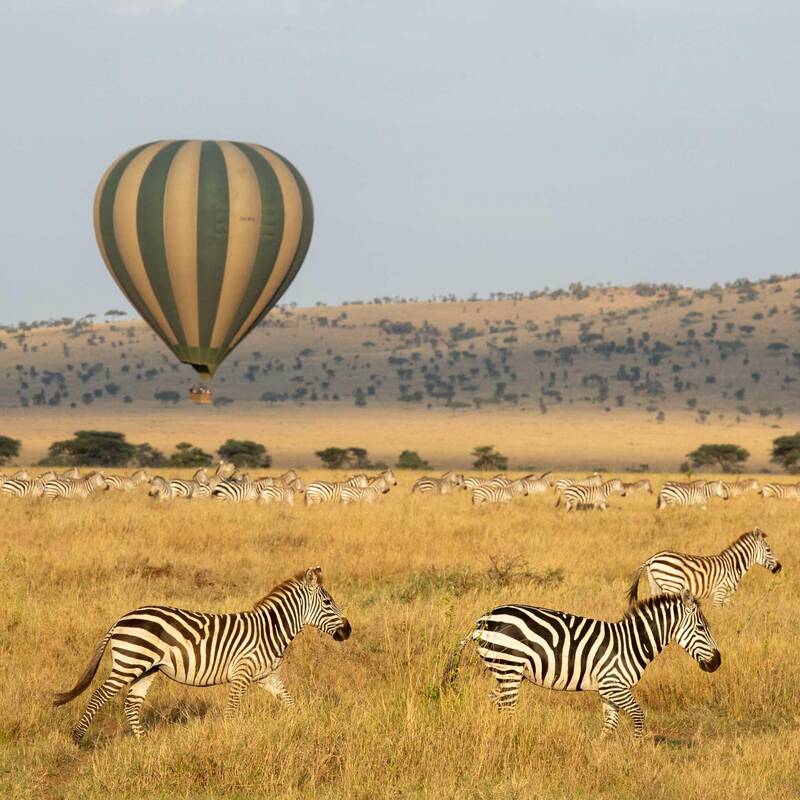
Balloon Safari over the Serengeti
Three hours - approx. one hour flight
As the sun rises over the Serengeti National Park in northern Tanzania, climb aboard for an extraordinary adventure. For an hour you’ll float in a hot air balloon over beautiful savannah and woodland and a diversity of plains wildlife.
More about Balloon SafariOther lodges in Serengeti Migration Area
Alternative places to stay in this same area.
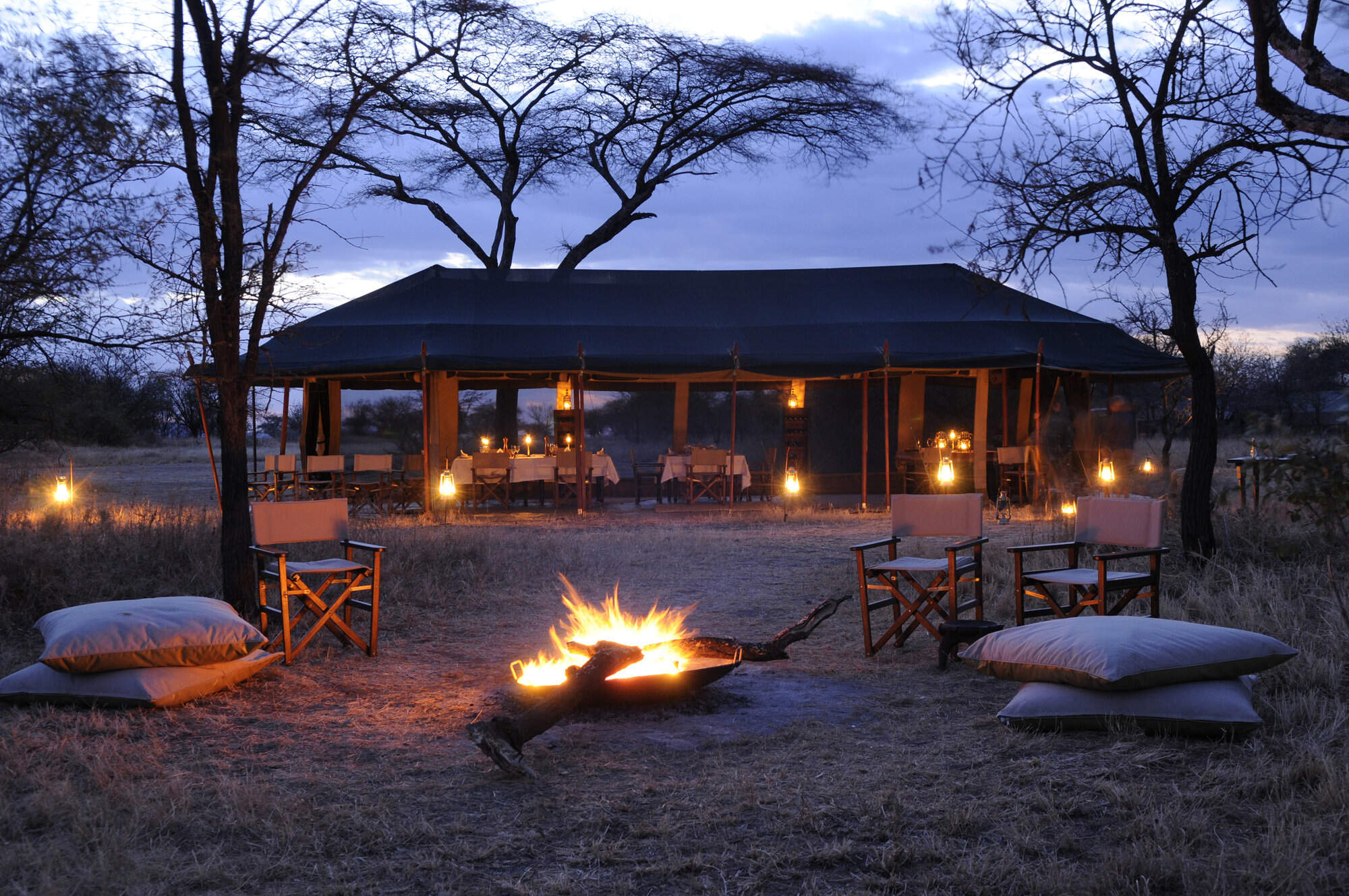
Olakira Camp
Comfortable, friendly and relaxed, Olakira Camp moves between the Mara River and the southern Ndutu area, in line with the wildebeest migration.
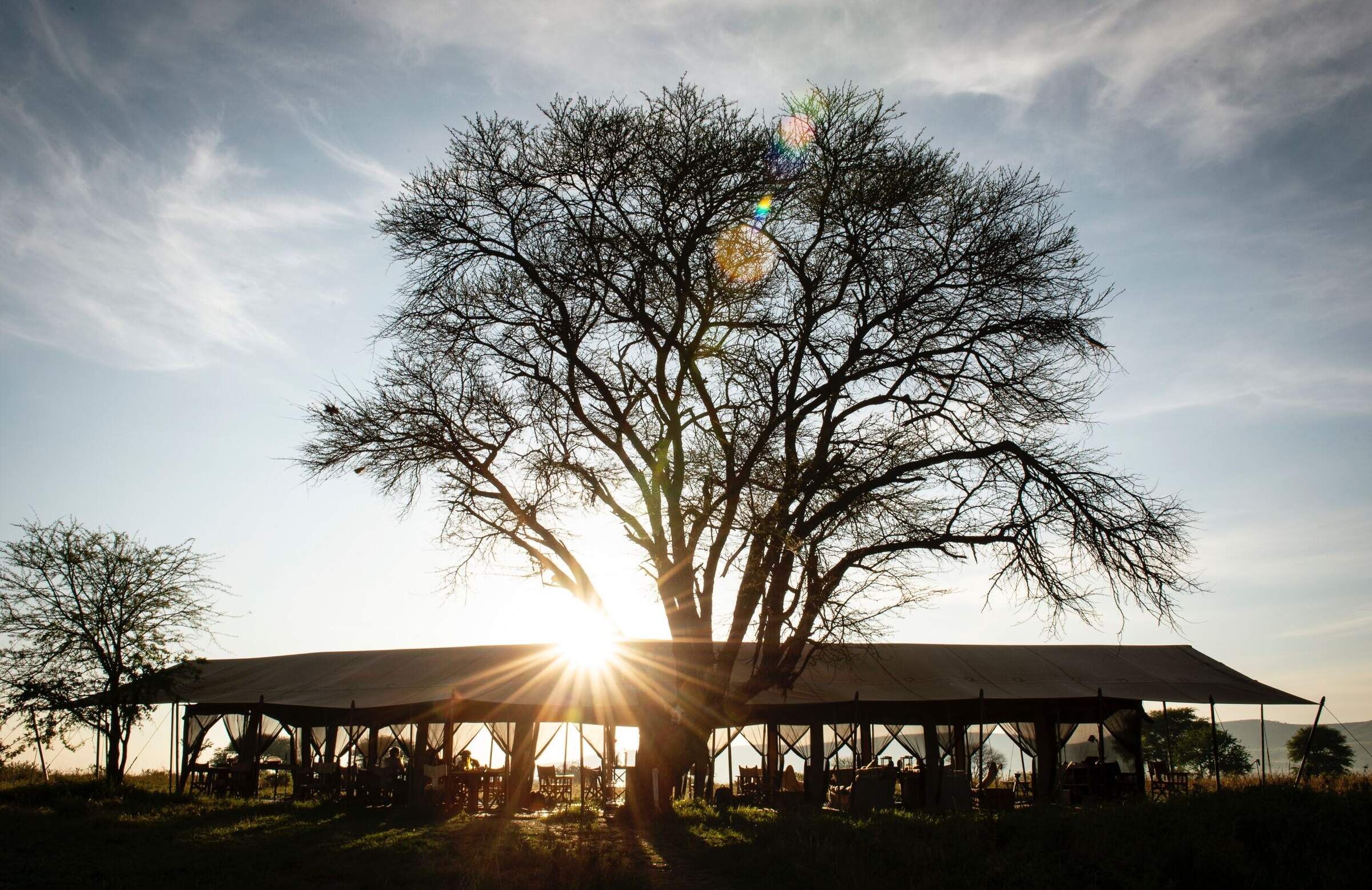
Nomad Serengeti Camp
Serengeti Safari Camp is a well-appointed tented camp that moves several times a year to follow the predicted path of the migration.
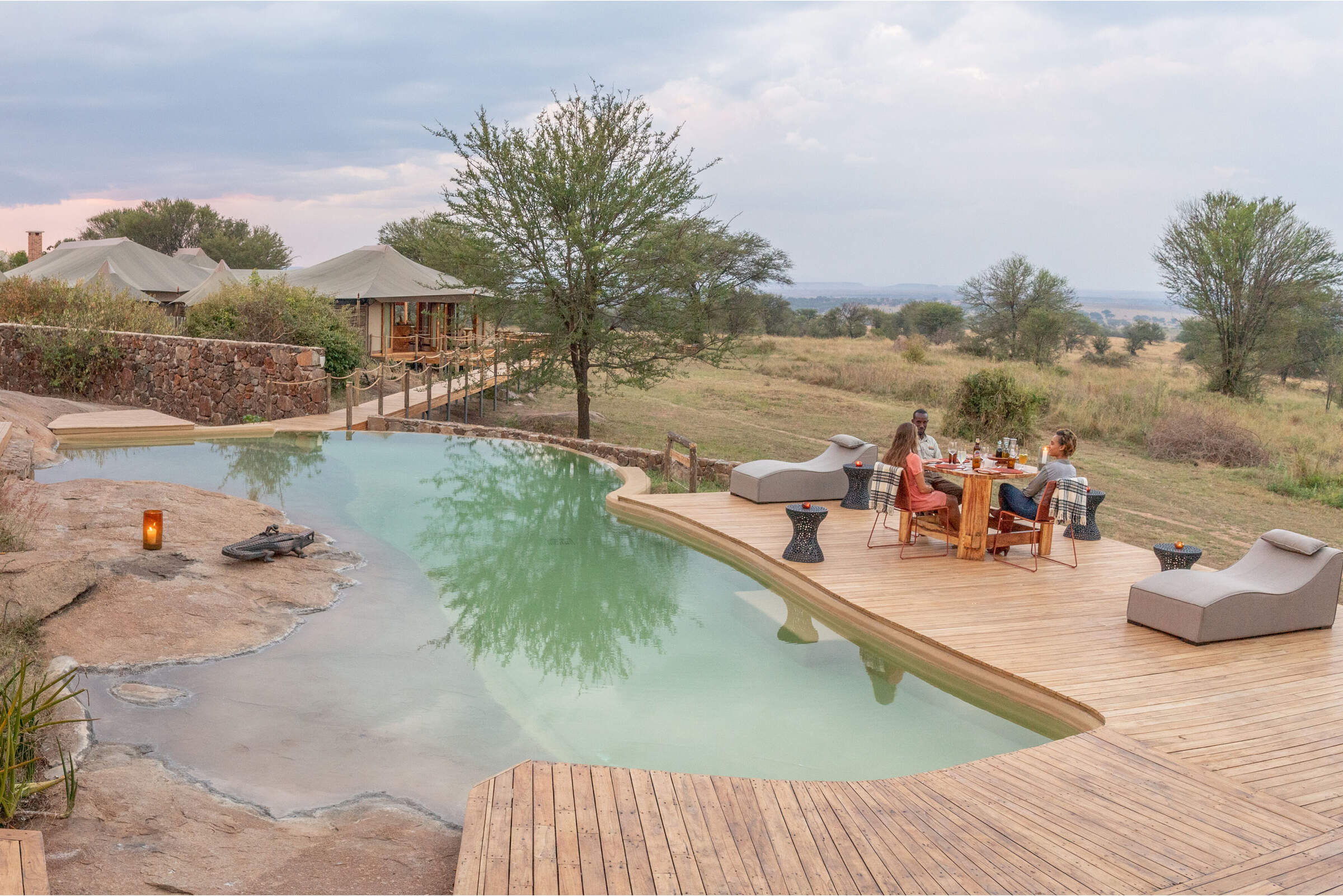
Sayari Camp
In the northern Serengeti, near the Mara River, luxurious Sayari Camp offers excellent wildife all year – boosted further by the wildebeest migration.
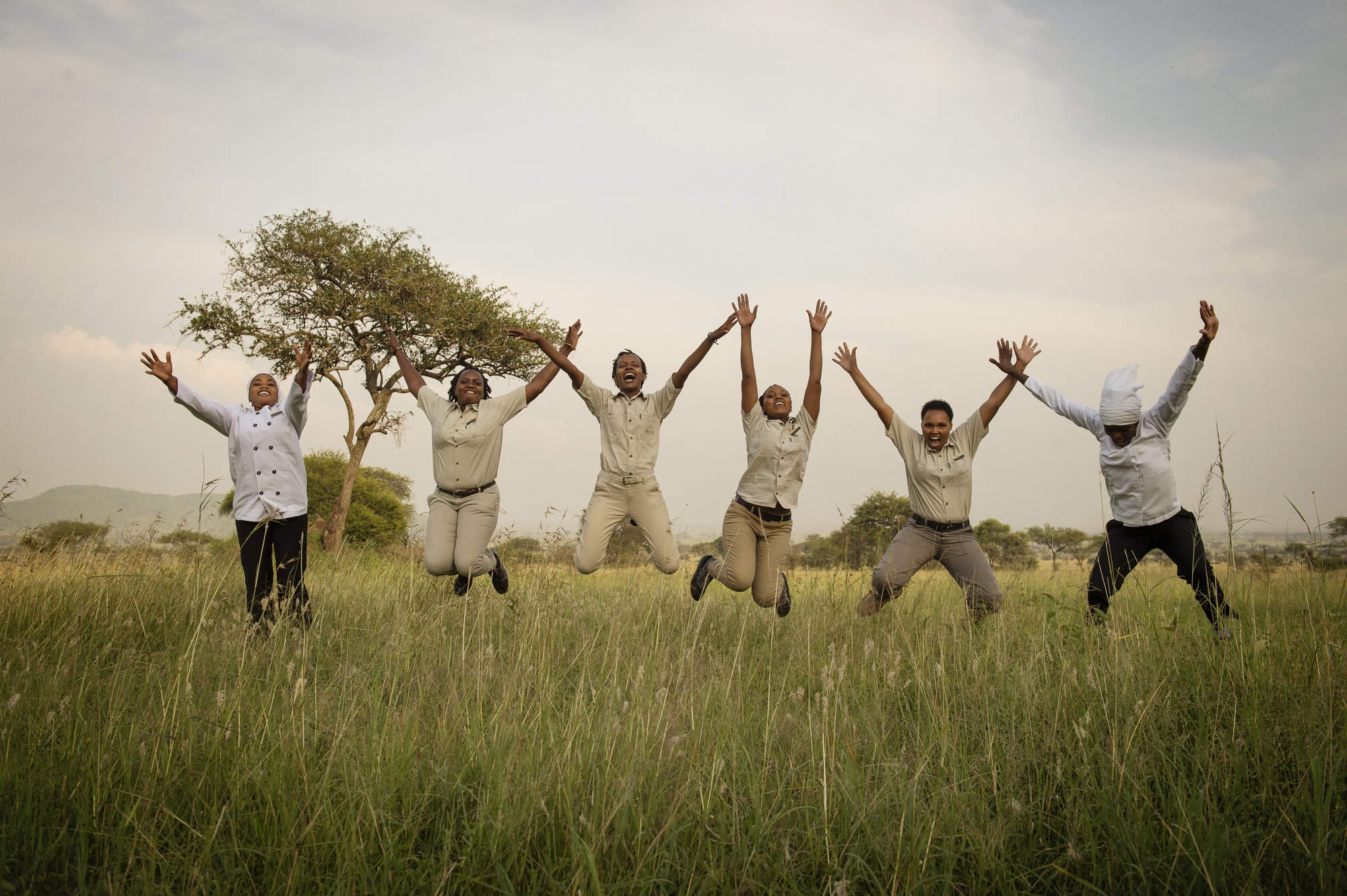
Dunia Camp
Dunia Camp is well located for the migration from December to March, and has excellent game viewing for the rest of the year.
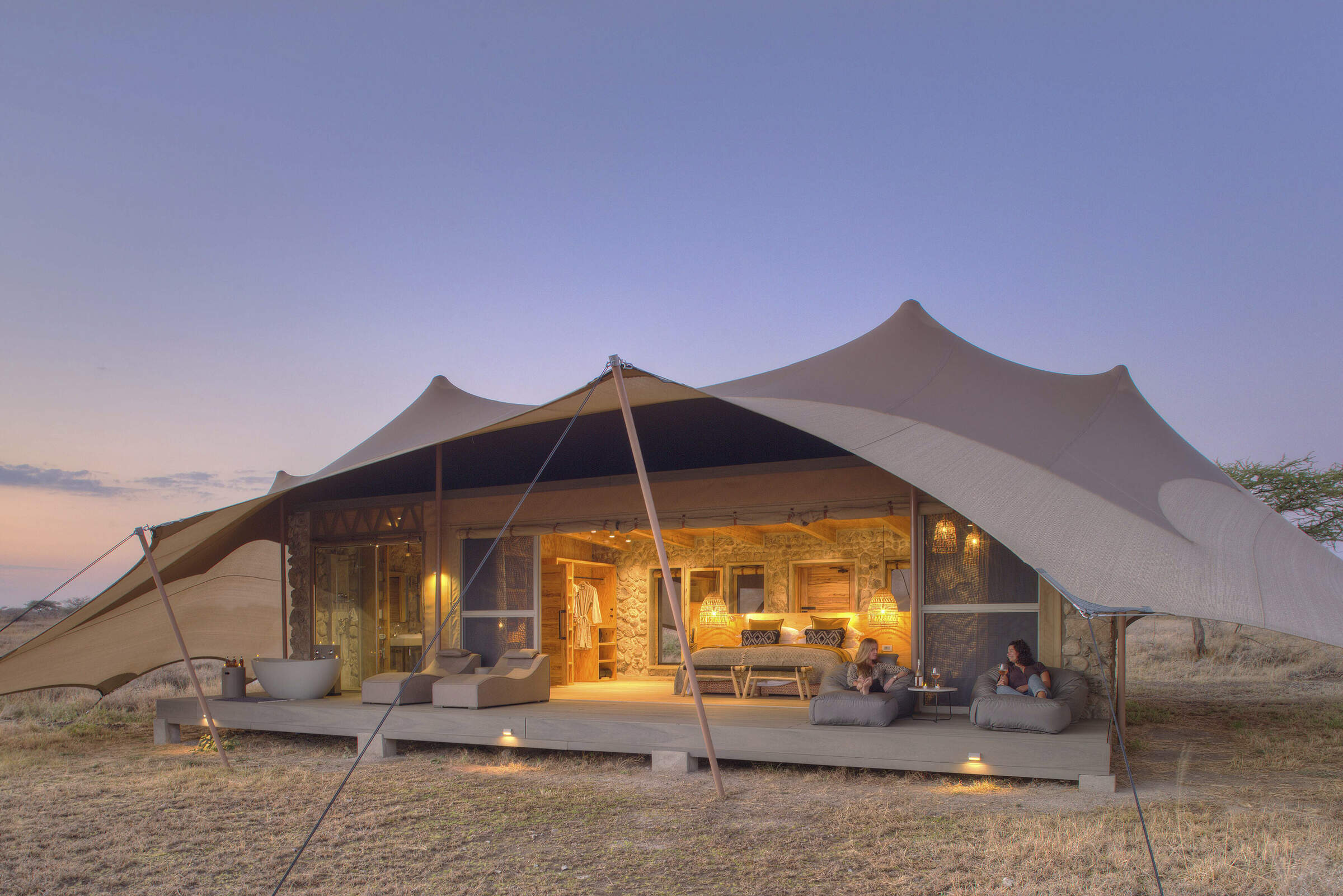
Namiri Plains Camp
Namiri Plains is one of the best camps in the Serengeti and its remoteness ensures a fantastic wildlife experience away from the crowds.
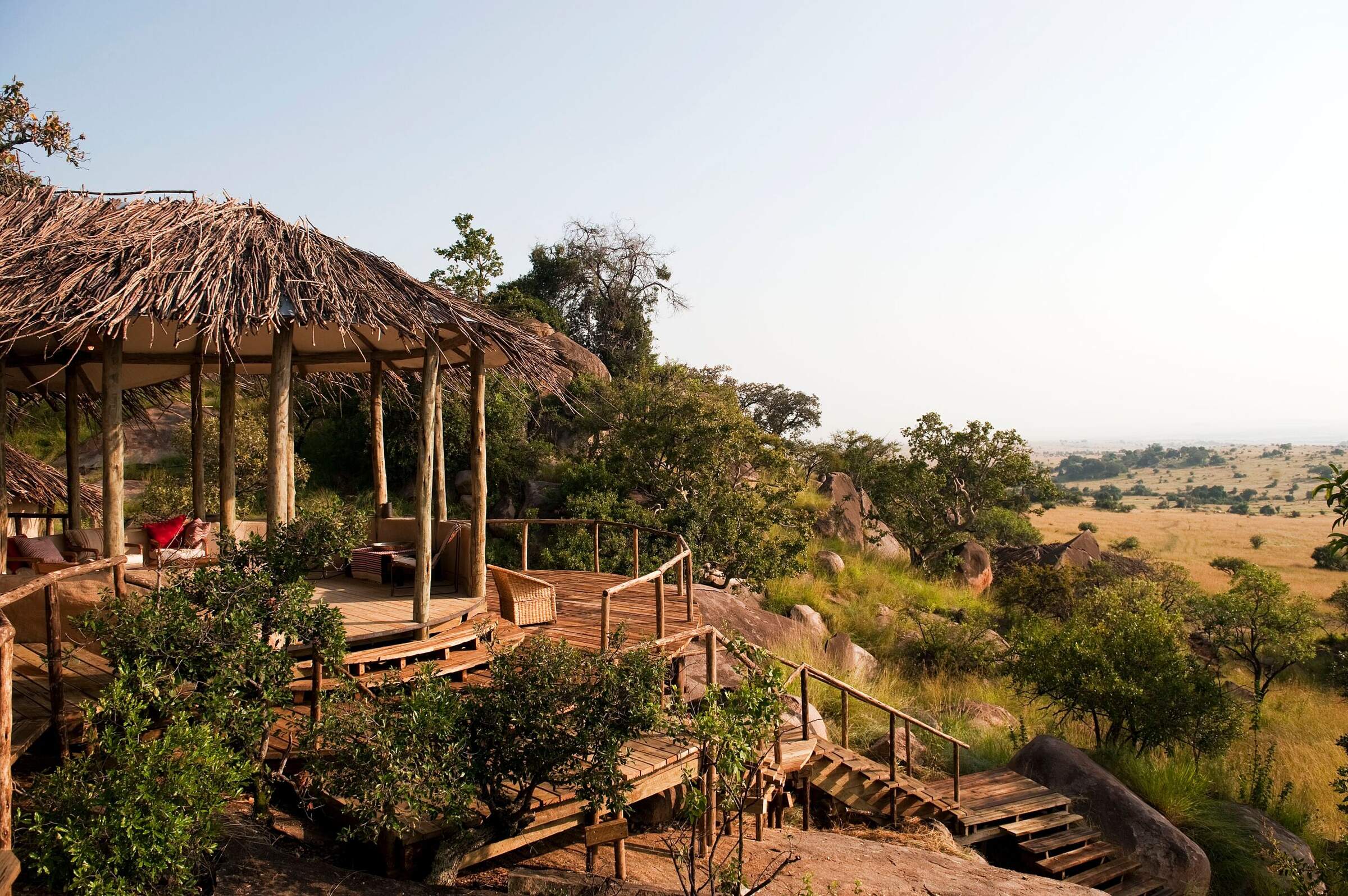
Lamai Serengeti
Set high in the kopjes with fantastic views, Lamai Serengeti offers top service and guiding and good migration sightings from Jul-Oct.
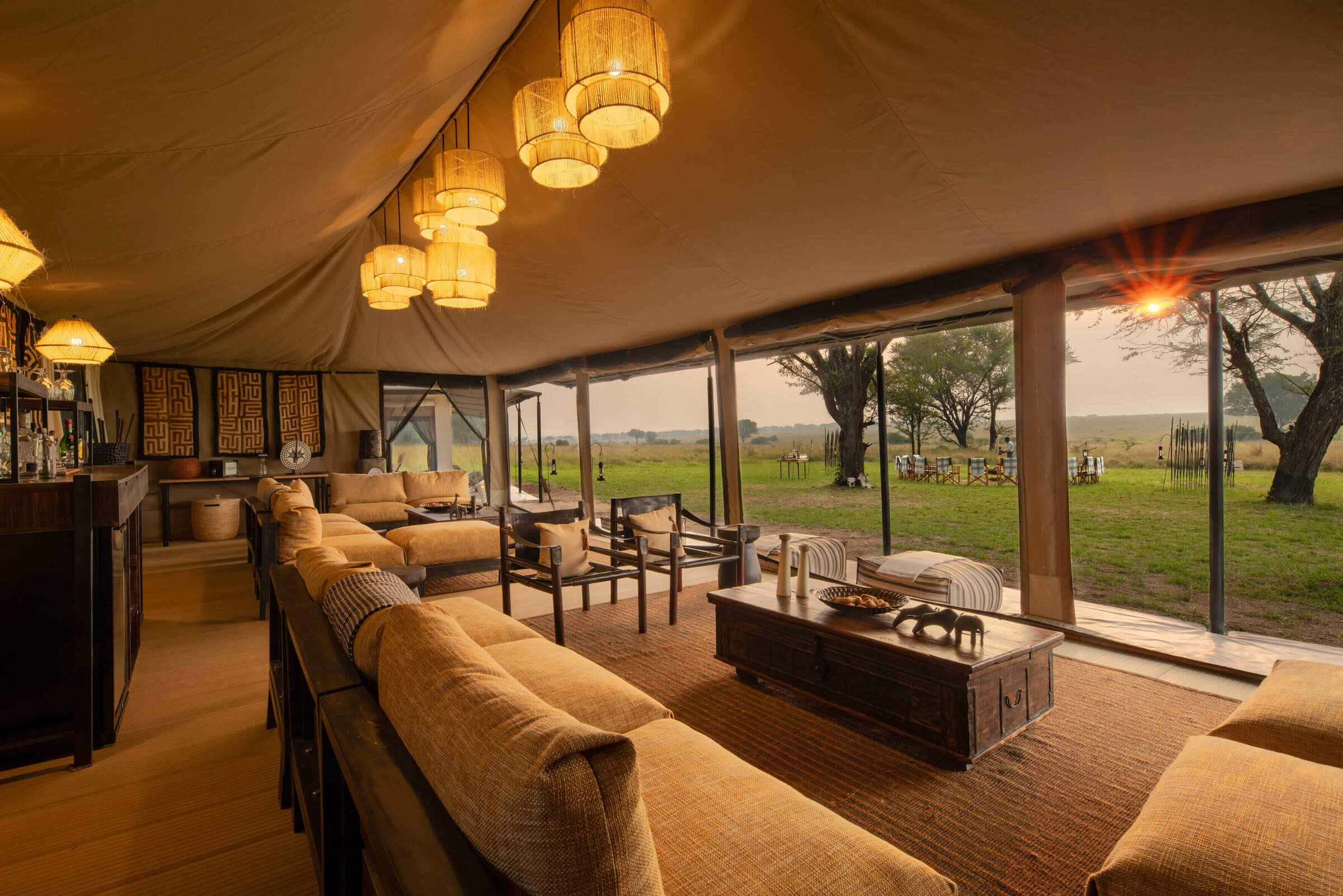
Ubuntu Camp
Ubuntu Camp has several locations in the Serengeti, following the wildebeest migration, so it is often in a great location to see the herds.
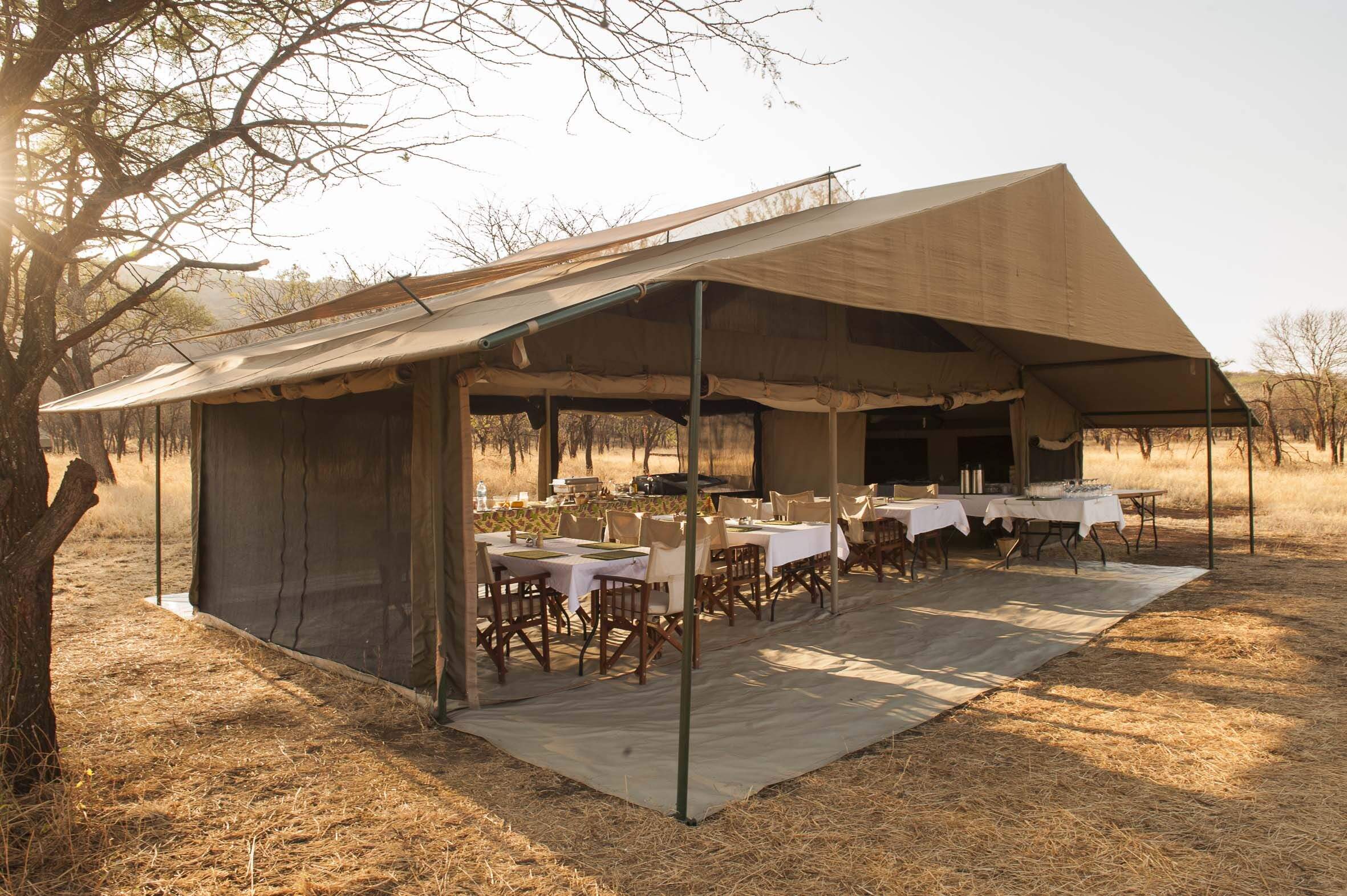
Kati Kati Camp
Kati Kati is a small, very simple bushcamp, which is well-positioned to explore the wildlife-rich Seronera area.
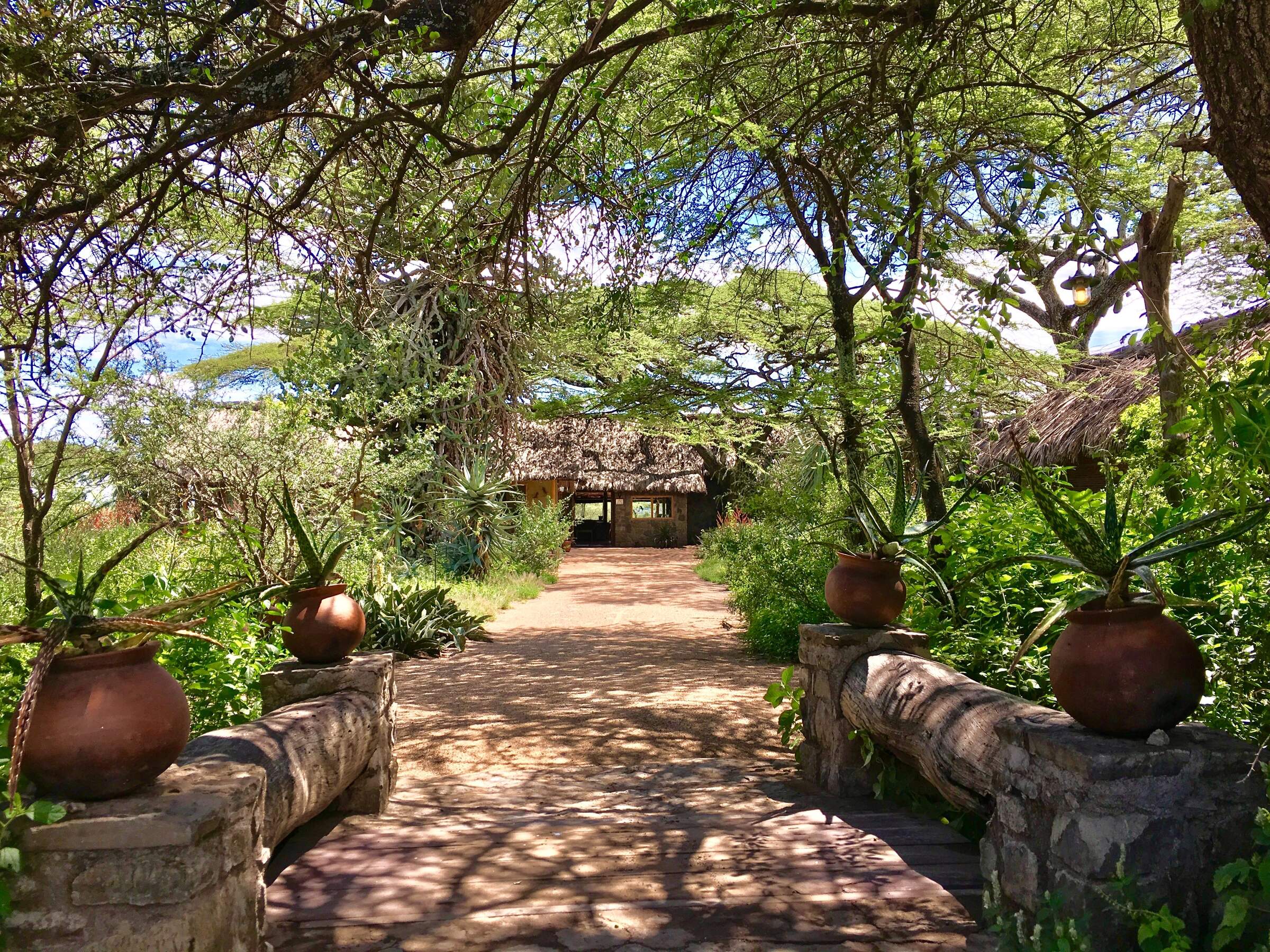
Ndutu Safari Lodge
Large and economical, but not luxurious, Ndutu Safari Lodge is well located in the southern Serengeti, so book early to get space.
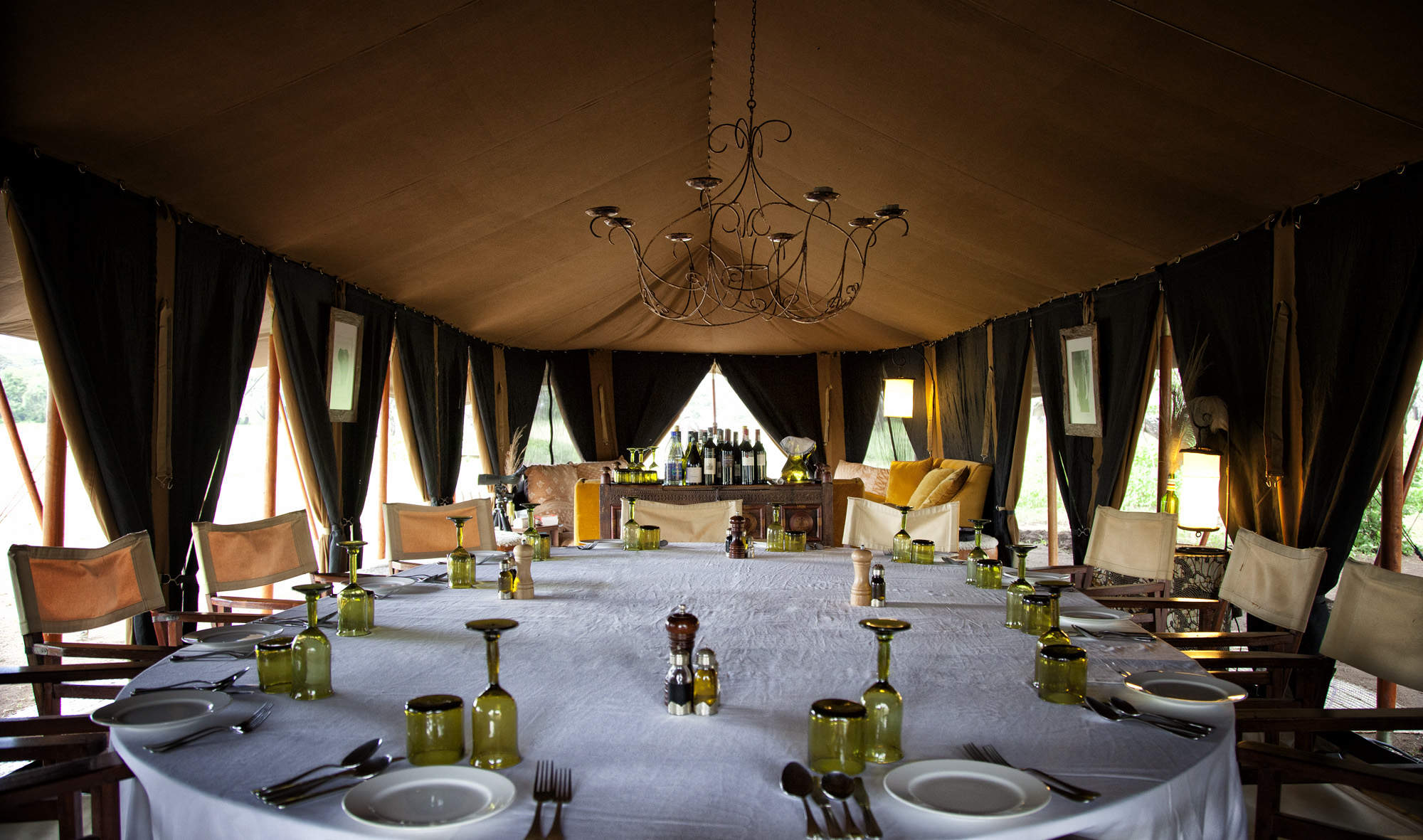
Serian Serengeti
Serian Serengeti is a mobile tented operation run by Alex Walker which moves between two locations following the wildebeest migration.
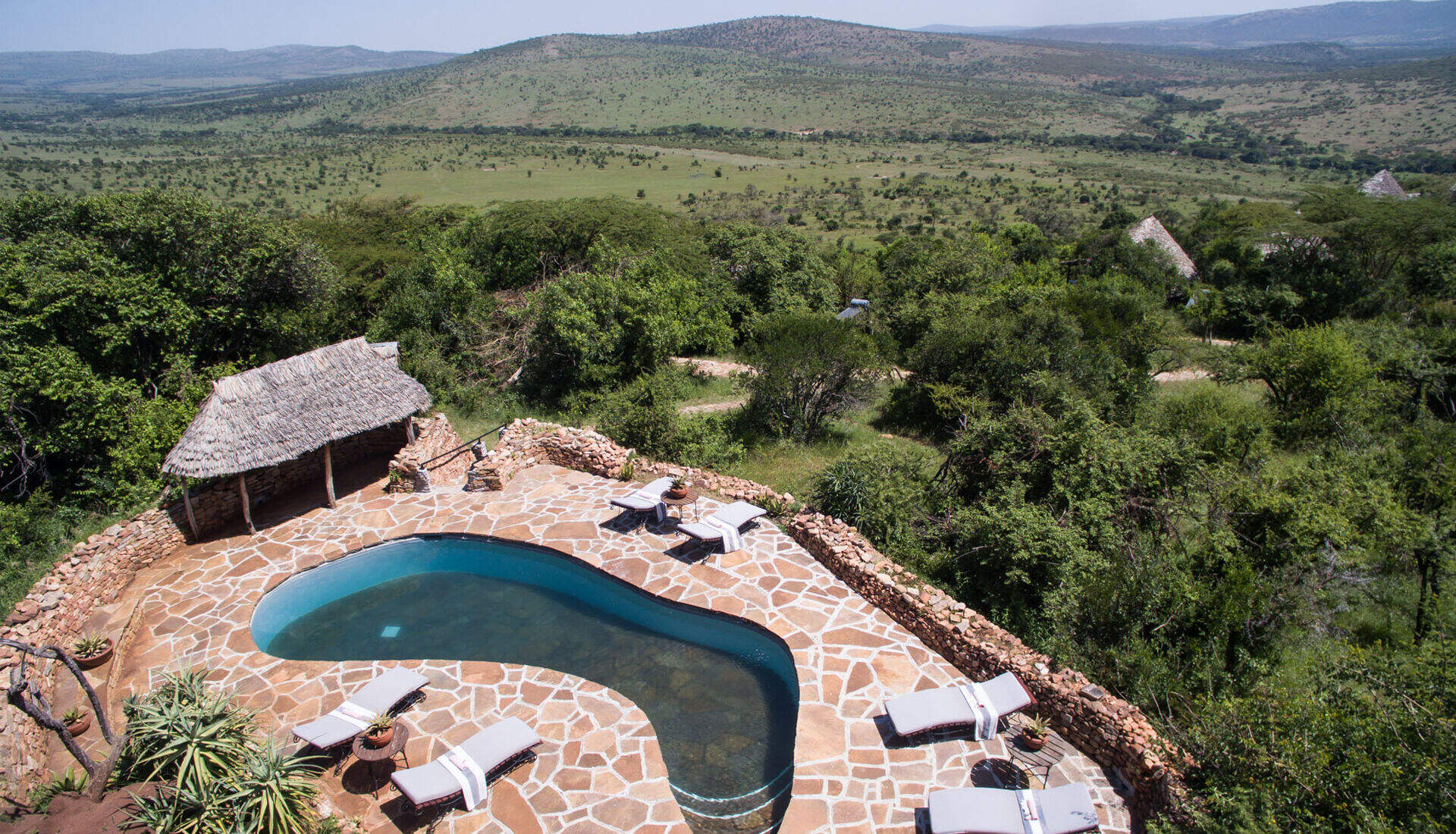
Klein's Camp
Klein's Camp, in a private area of the northern Serengeti, sets high standards. Activities include walks, nights drives and Maasai village visits.
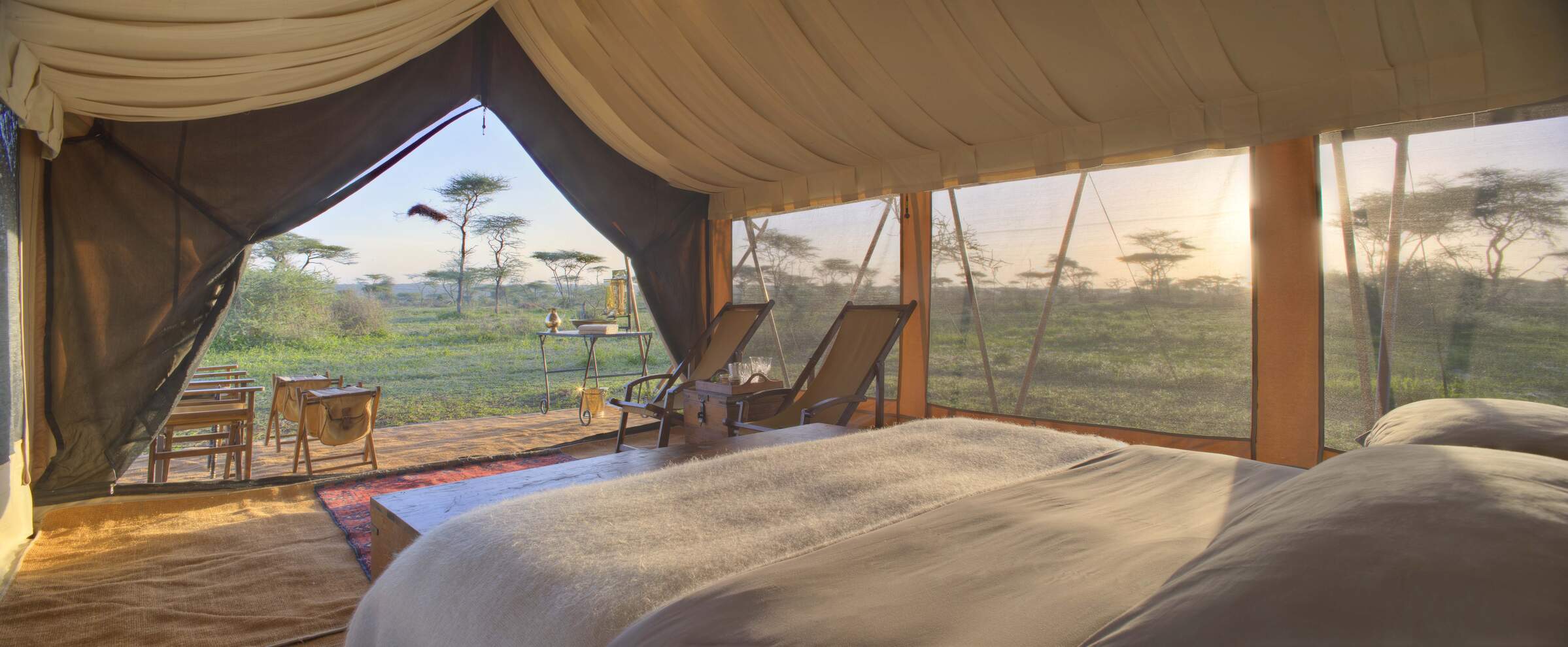
Serengeti under Canvas
Two of the three Serengeti under Canvas camps move through the Serengeti National Park every few months to follow the wildebeest migration.
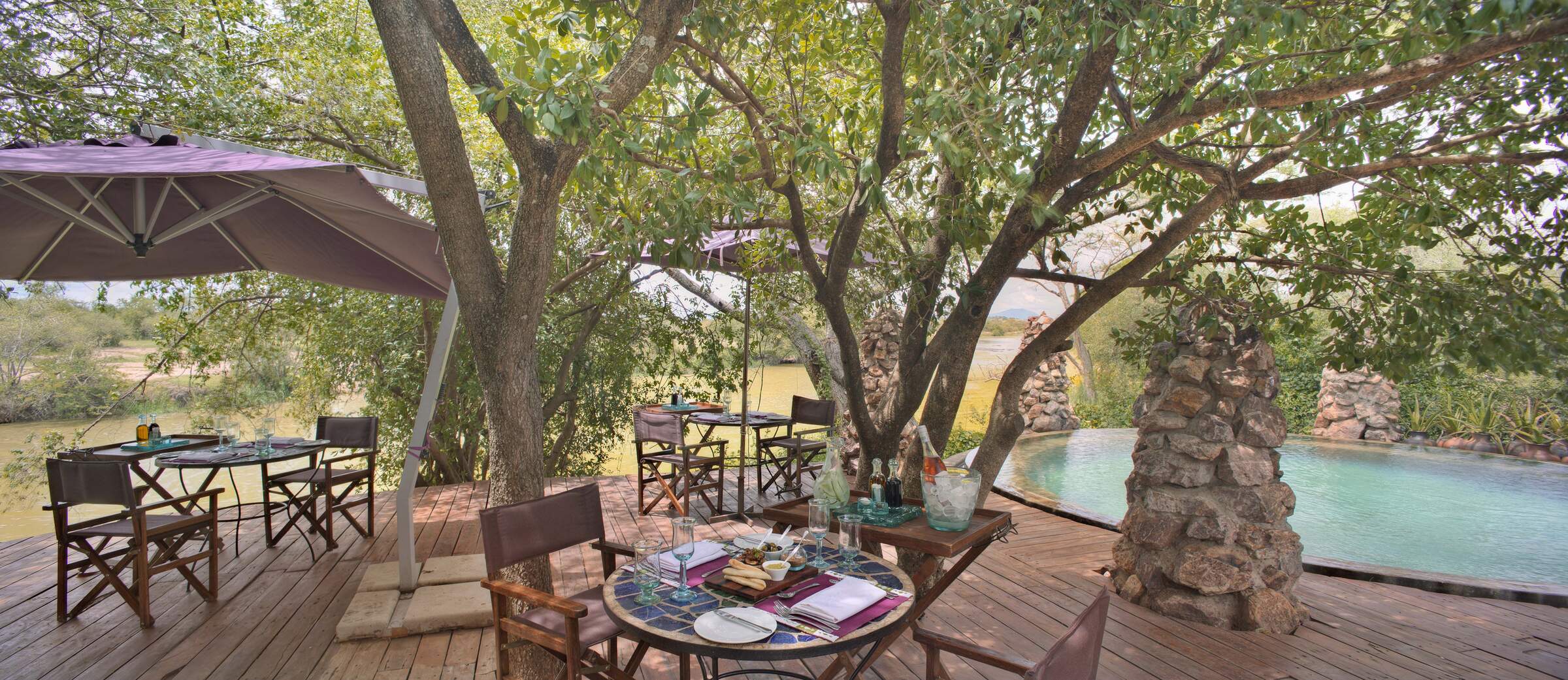
Grumeti River Camp
Grumeti River Camp offers a laid-back atmosphere combined with top service, first-rate food, expert guiding and an excellent location.
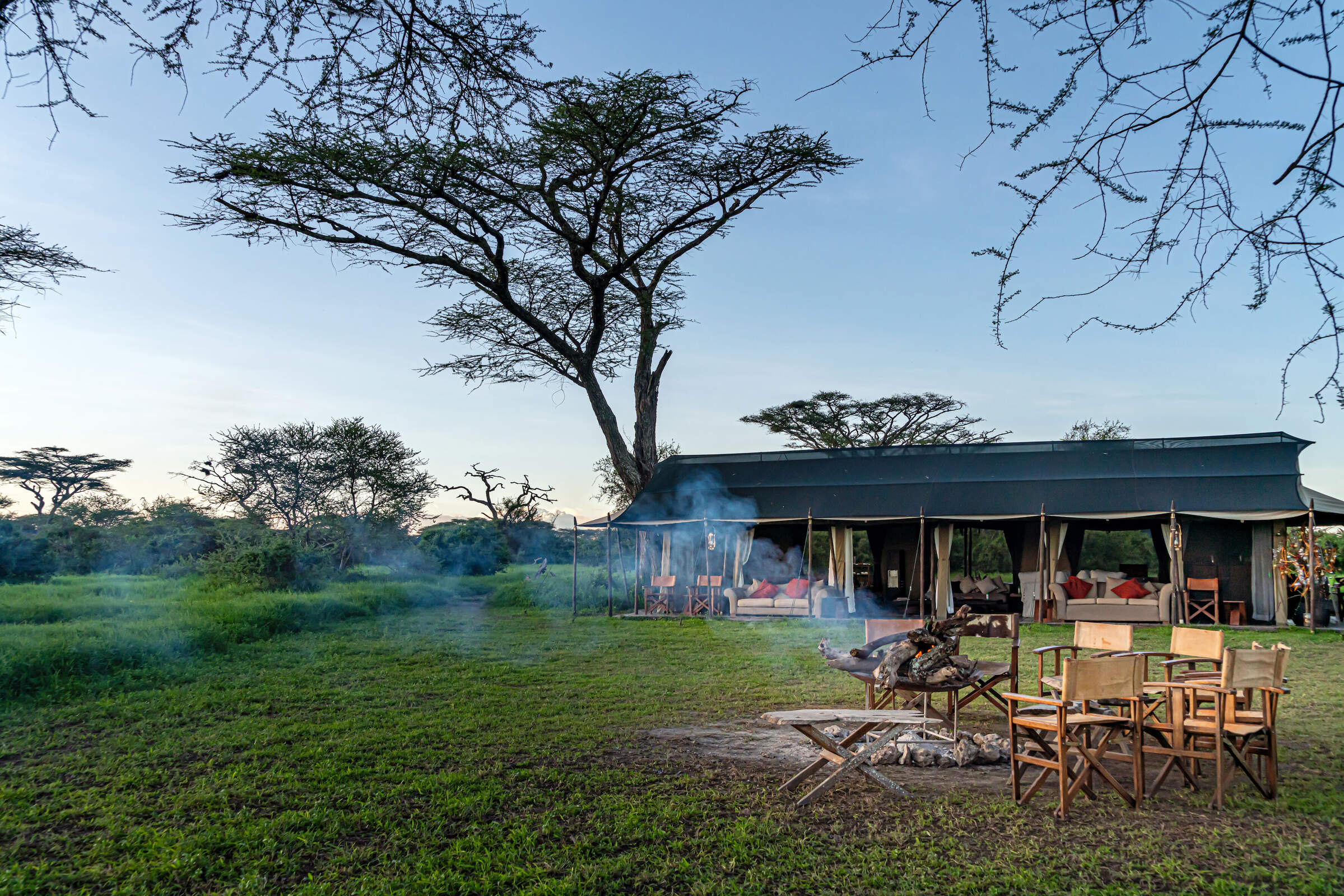
Lemala Mara-Ndutu
Lemala Mara-Ndutu is a semi-permanent camp that moves between the north and south of the Serengeti to witness the wildebeest migration.
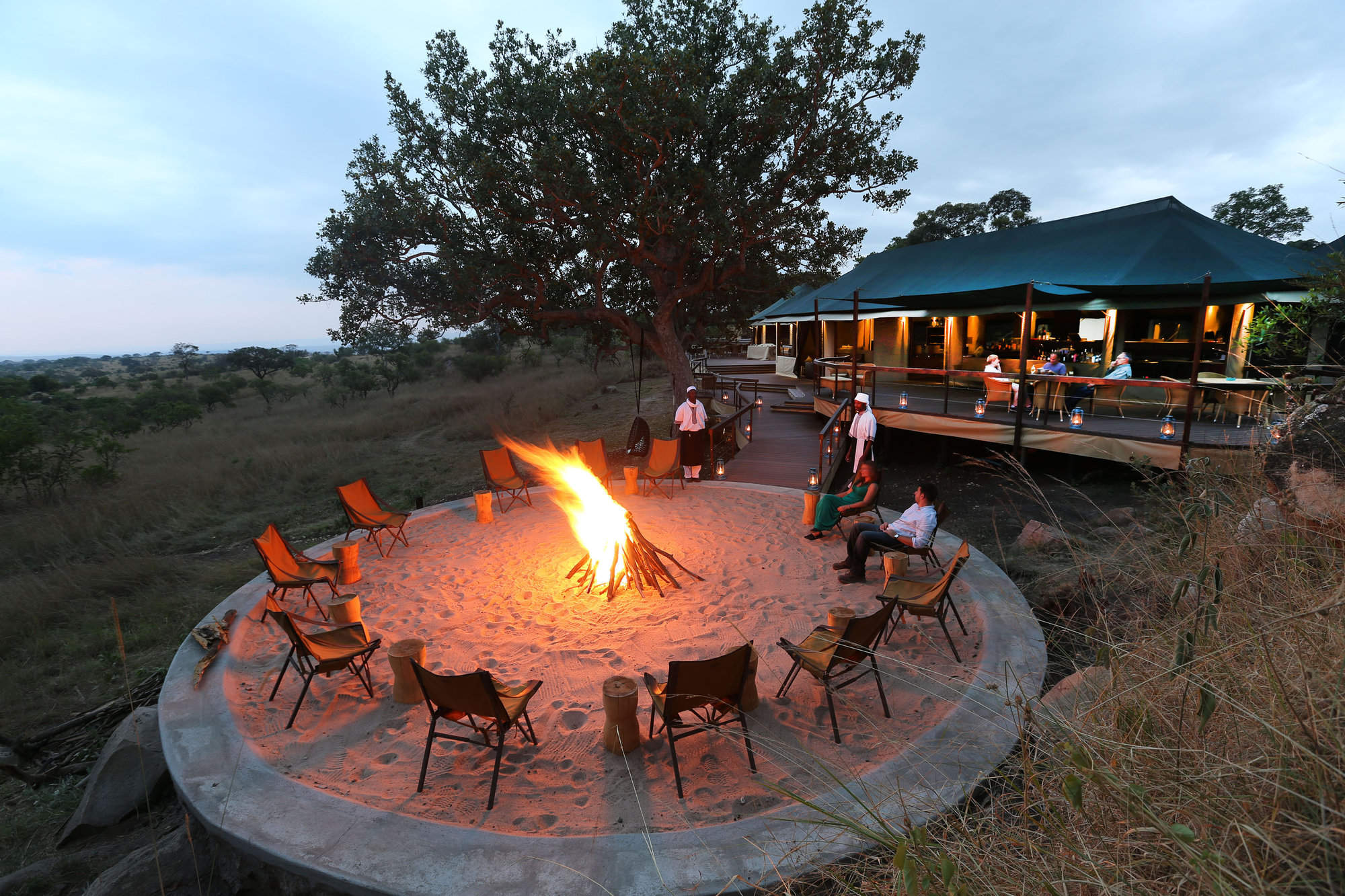
Lemala Kuria Hills
Lemala Kuria Hills is a luxury permanent camp that is ideally located for wildlife all year around, but especially during the wildebeest migration.
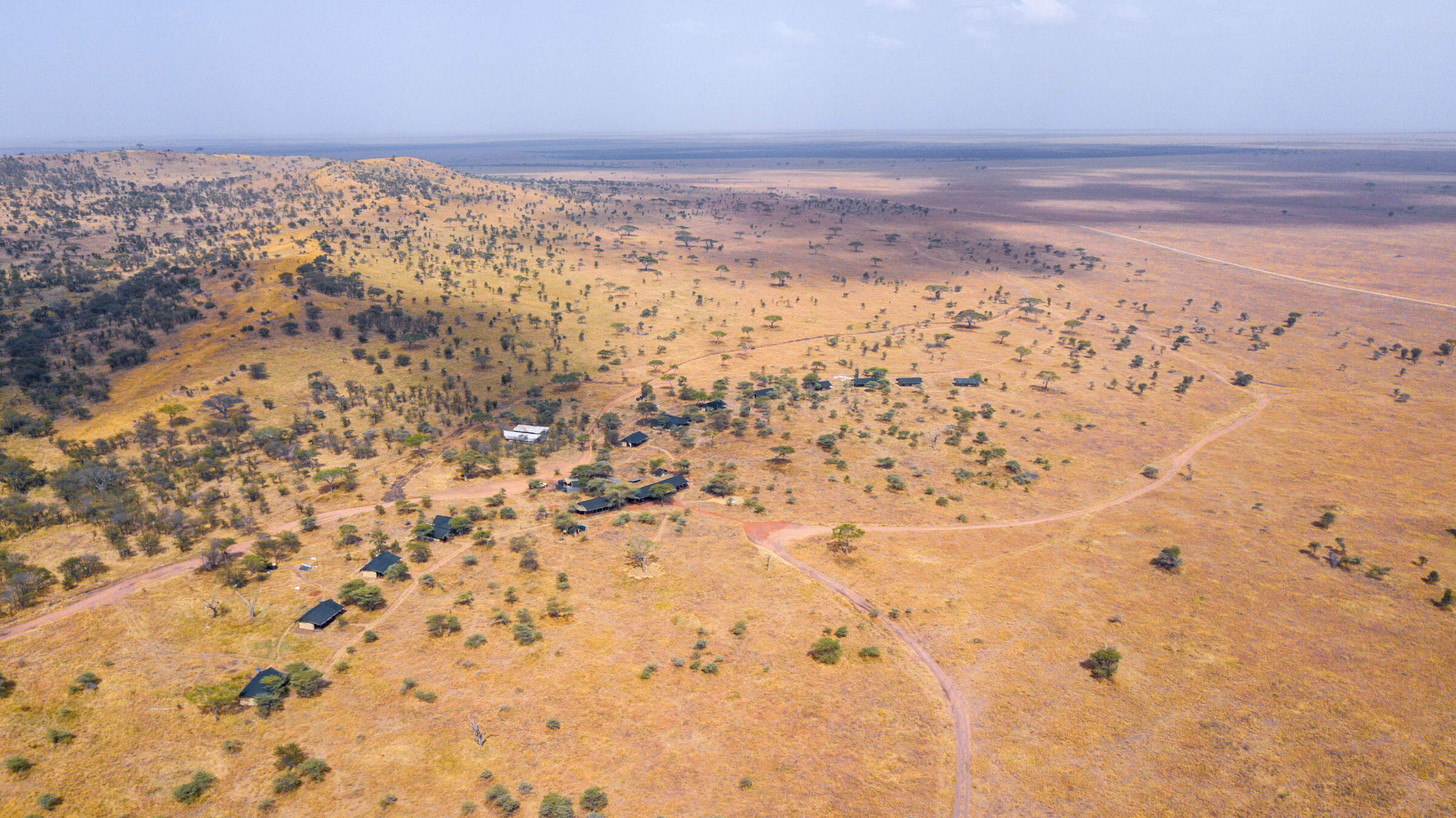
Lemala Ewanjan
Lemala Ewanjan is a comfortable and stylish tented camp in the Seronera area of the central Serengeti National Park.
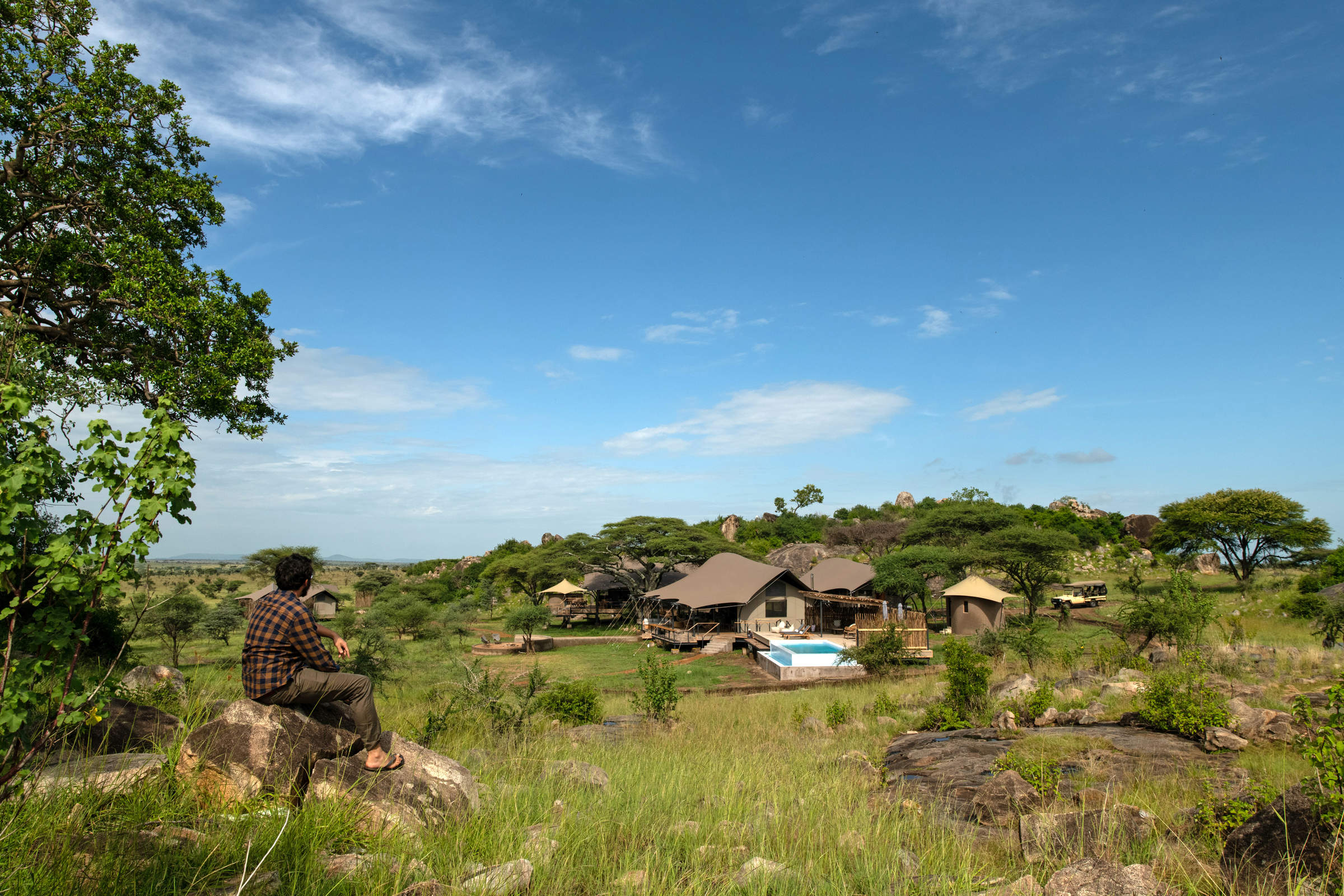
Lemala Nanyukie
Lemala Nanyukie is a stylish camp located in the quieter part of the central Serengeti.
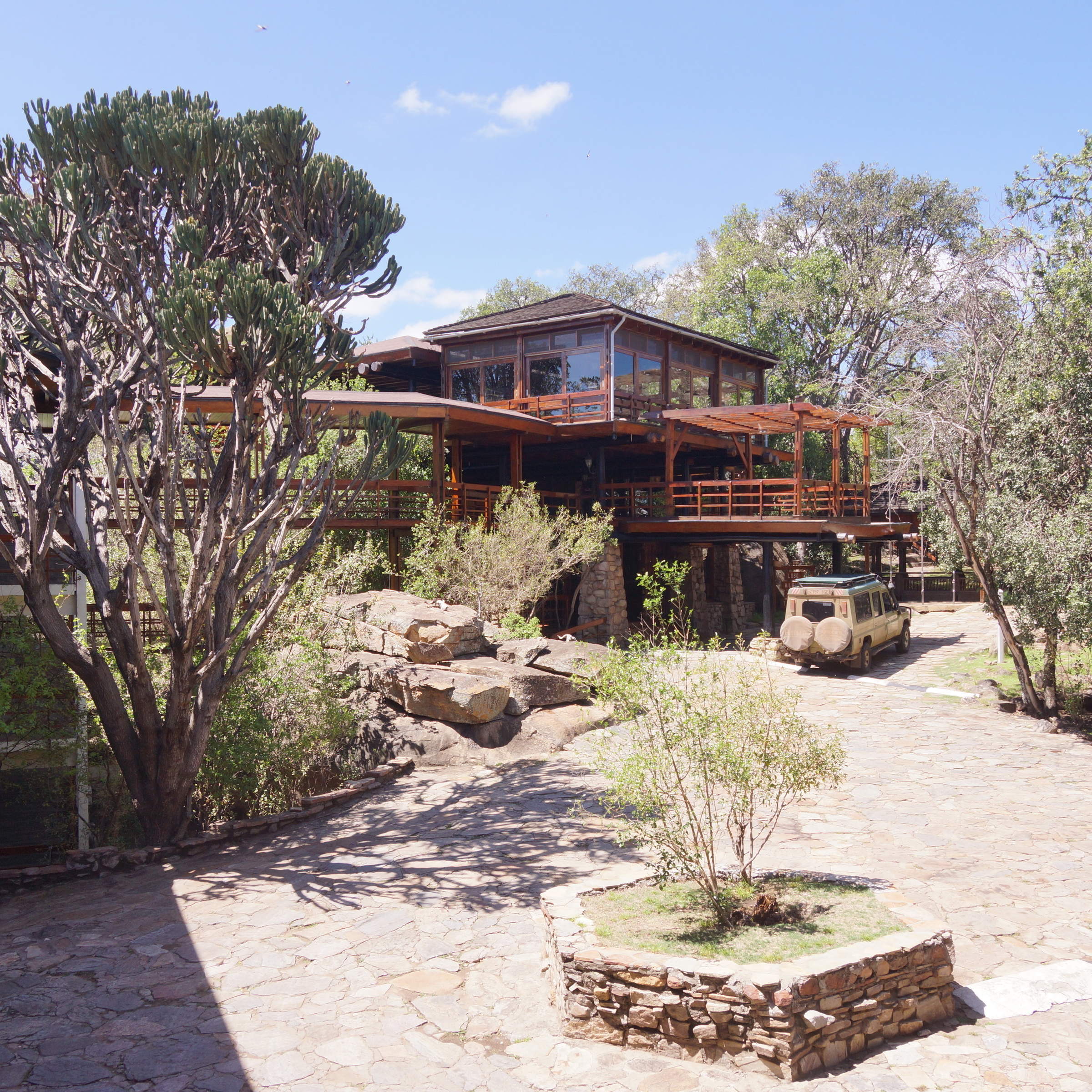
Lobo Wildlife Lodge
The large Lobo Wildlife Lodge has simple, functional rooms in a stunning location. It's a good base for exploring the north-eastern Serengeti.
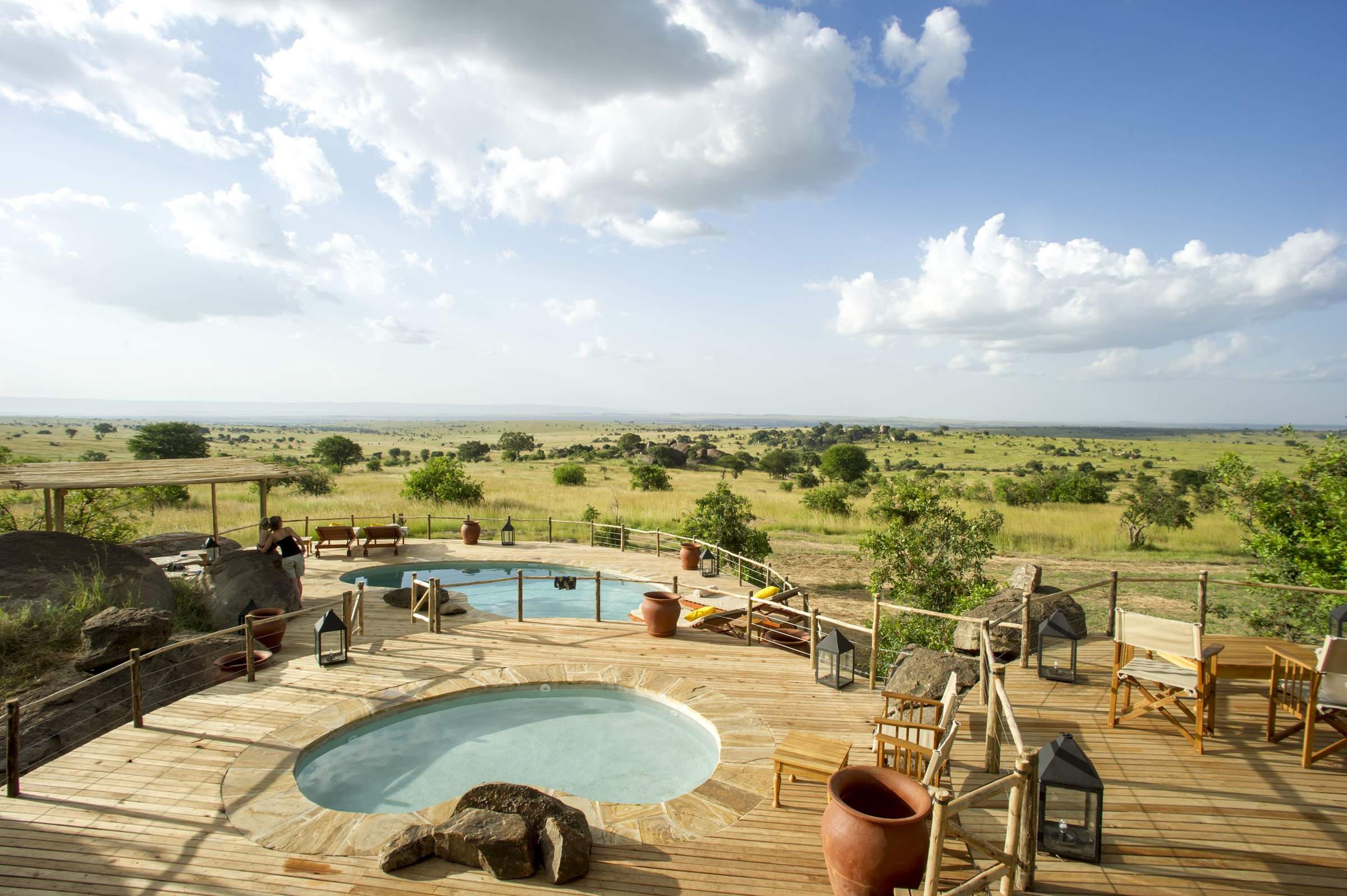
Mkombe's House Lamai
Mkombe's House Lamai is a fully staffed private house in the Wogakuria Kopjes district of Serengeti National Park.
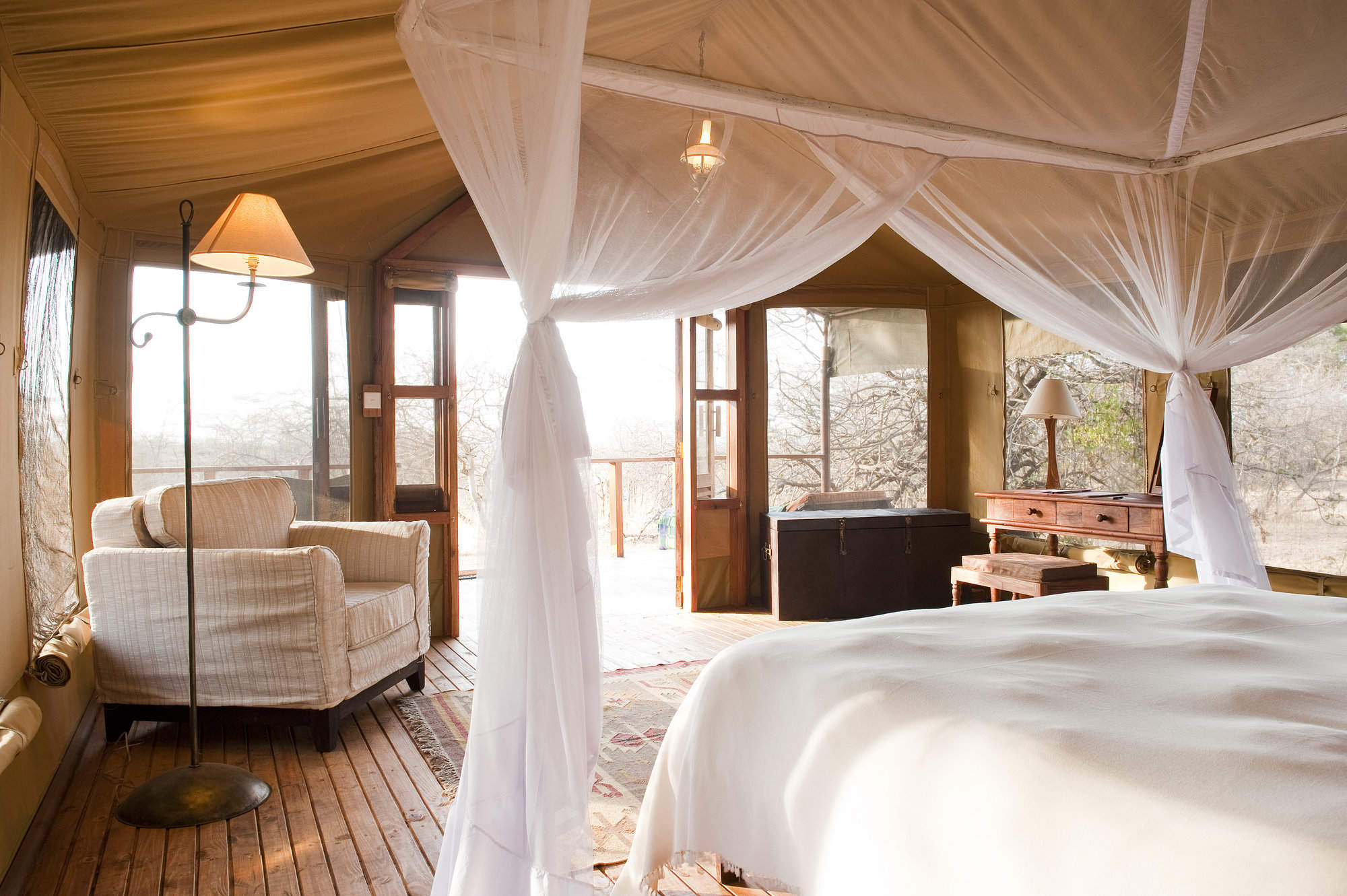
Kusini Camp
Kusini Camp is permanent, luxury camp located on a beautiful kopje in a quiet, wildlife-rich corner of the south-west Serengeti.
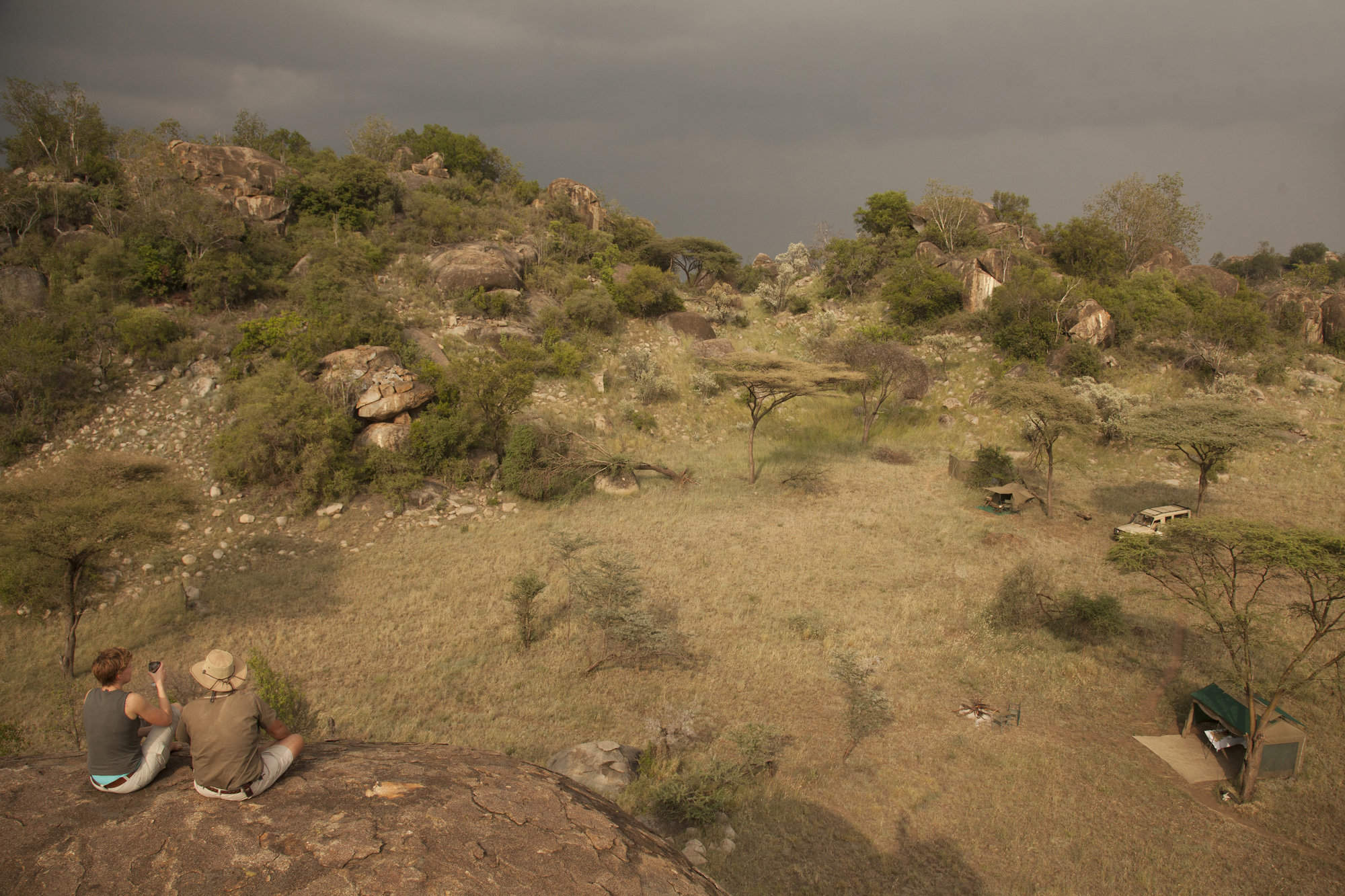
Serengeti Walking Mobile
This fairly simple camp offers only walking activities, but it's very well done and combines well with more conventional camps or lodges.
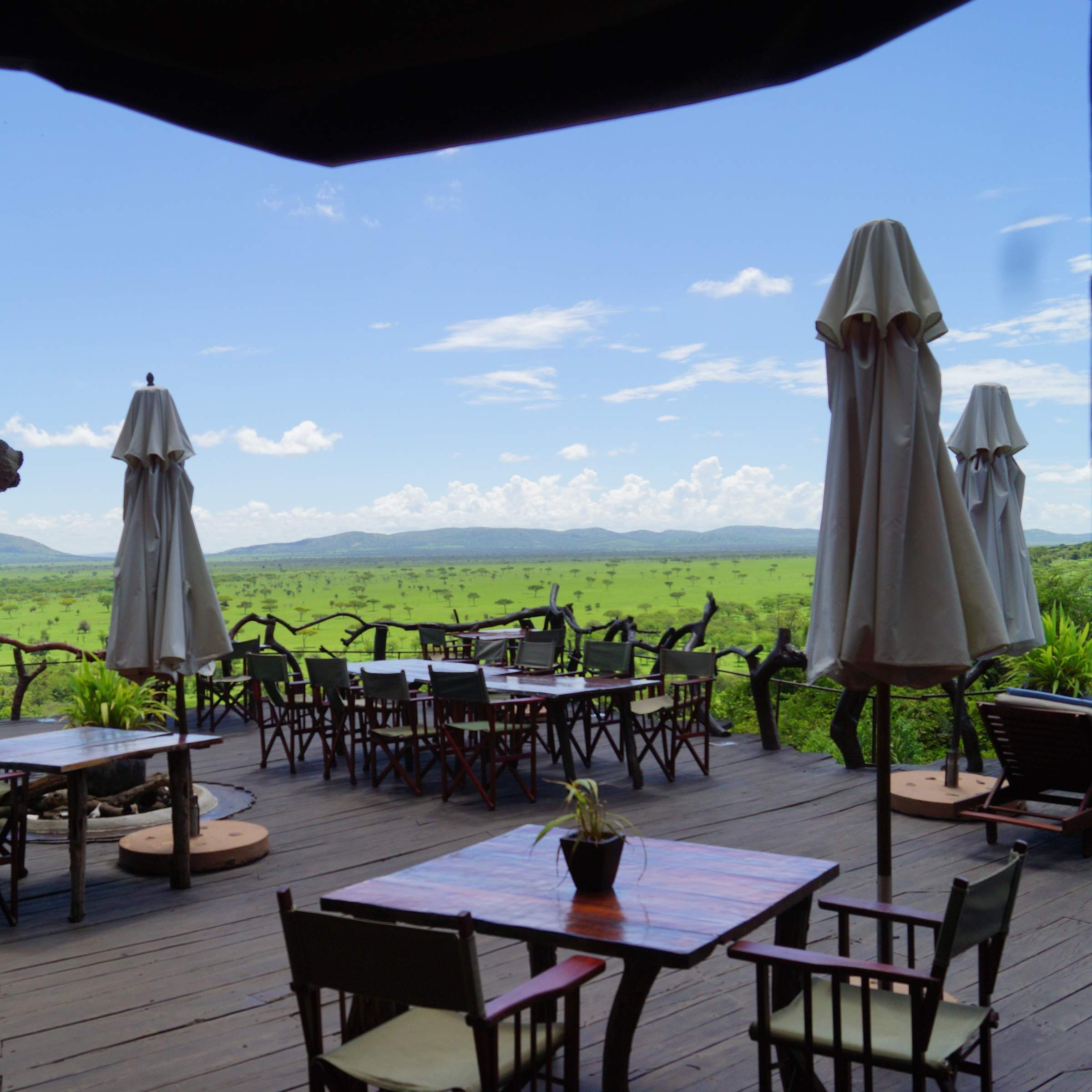
Mbalageti Lodge
Mbalageti is a well-run lodge in a quiet part of the Serengeti's western corridor – an ideal location during the Apr-Jun migration.
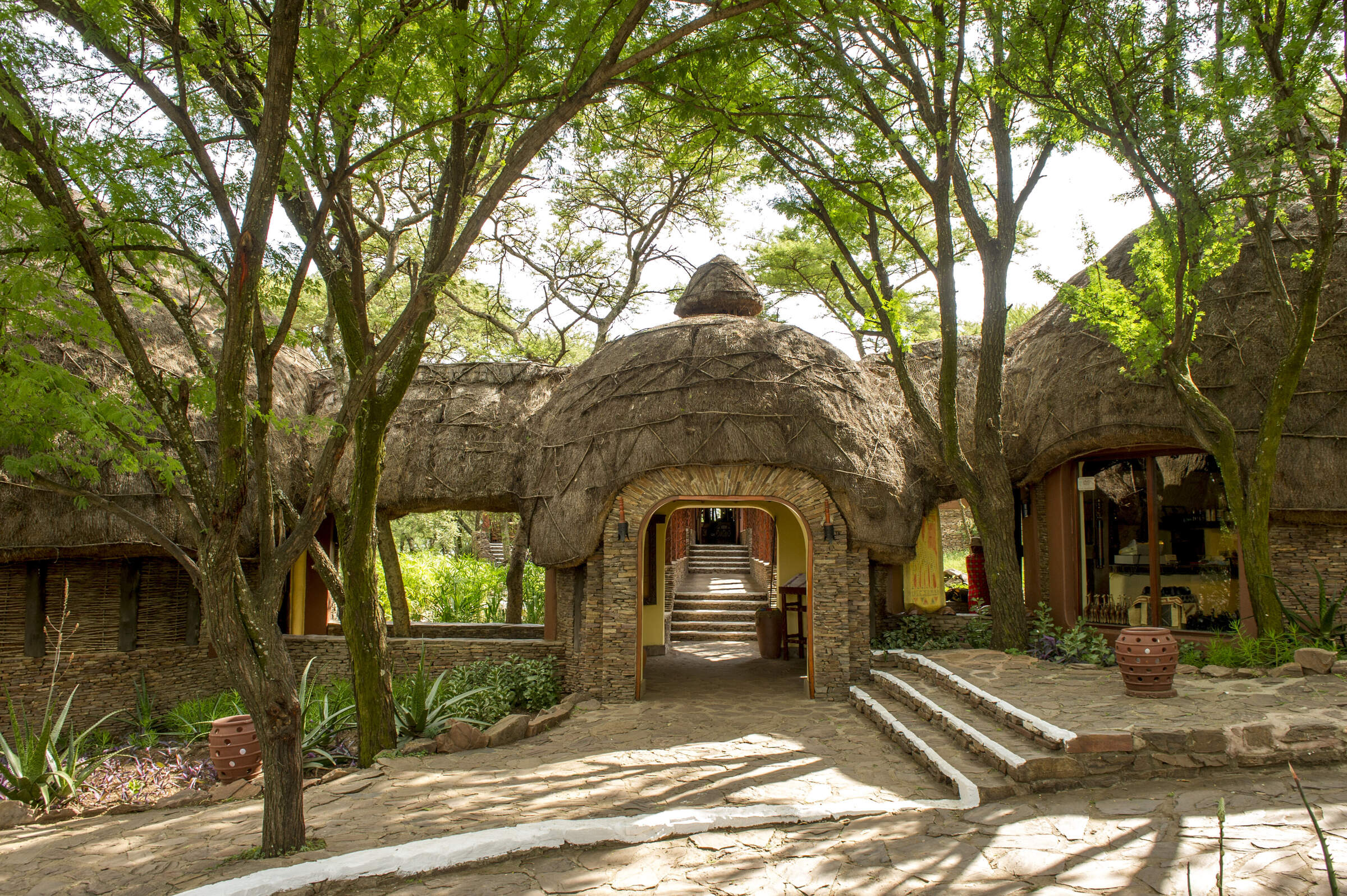
Serengeti Serena
The Serengeti Serena Safari Lodge is a large, hotel-style lodge and a good family-friendly base from which to explore the central Serengeti.
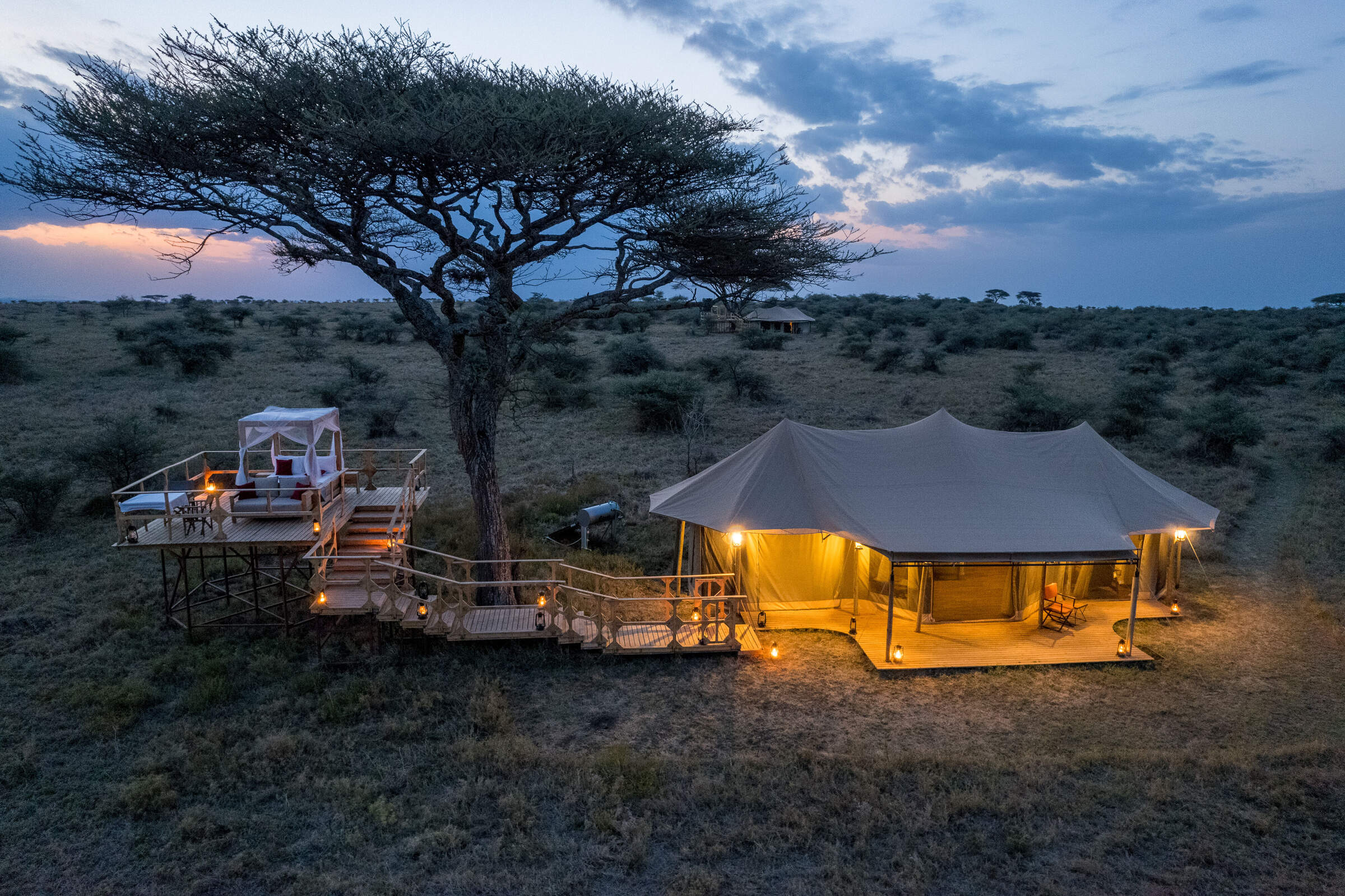
Olmara Camp
With just eight guest tents, including two family tents and three signature stargazer tents, Olmara is a simple, family-friendly camp with a wonderfully attentive team. The camp captures an authentic bush experience, welcoming travellers of every kind.
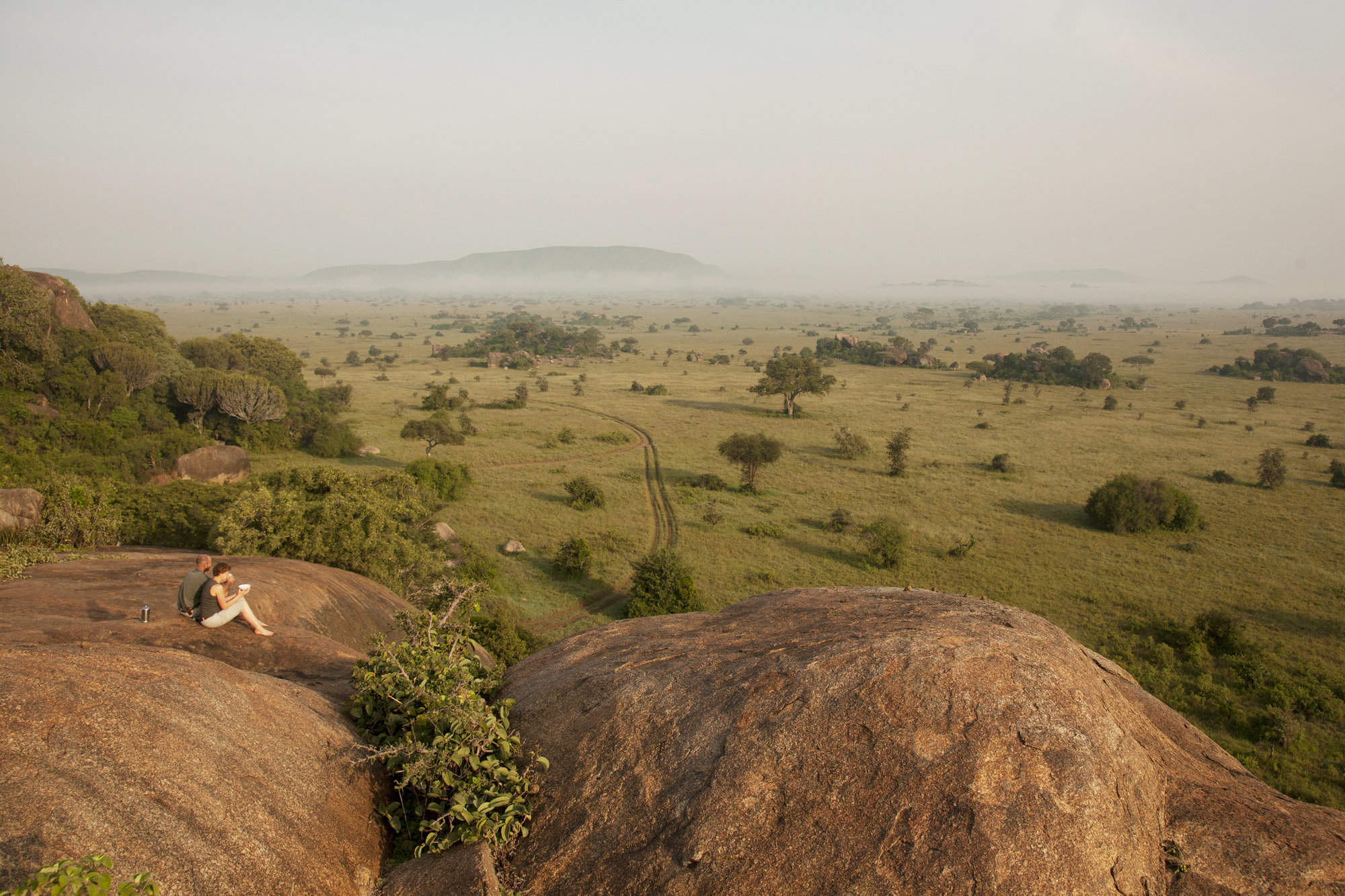
Serengeti Green Camp
Serengeti Green Camp is a comfortable camping experience, in your own private safari camp and at the heart of a great wildlife area.
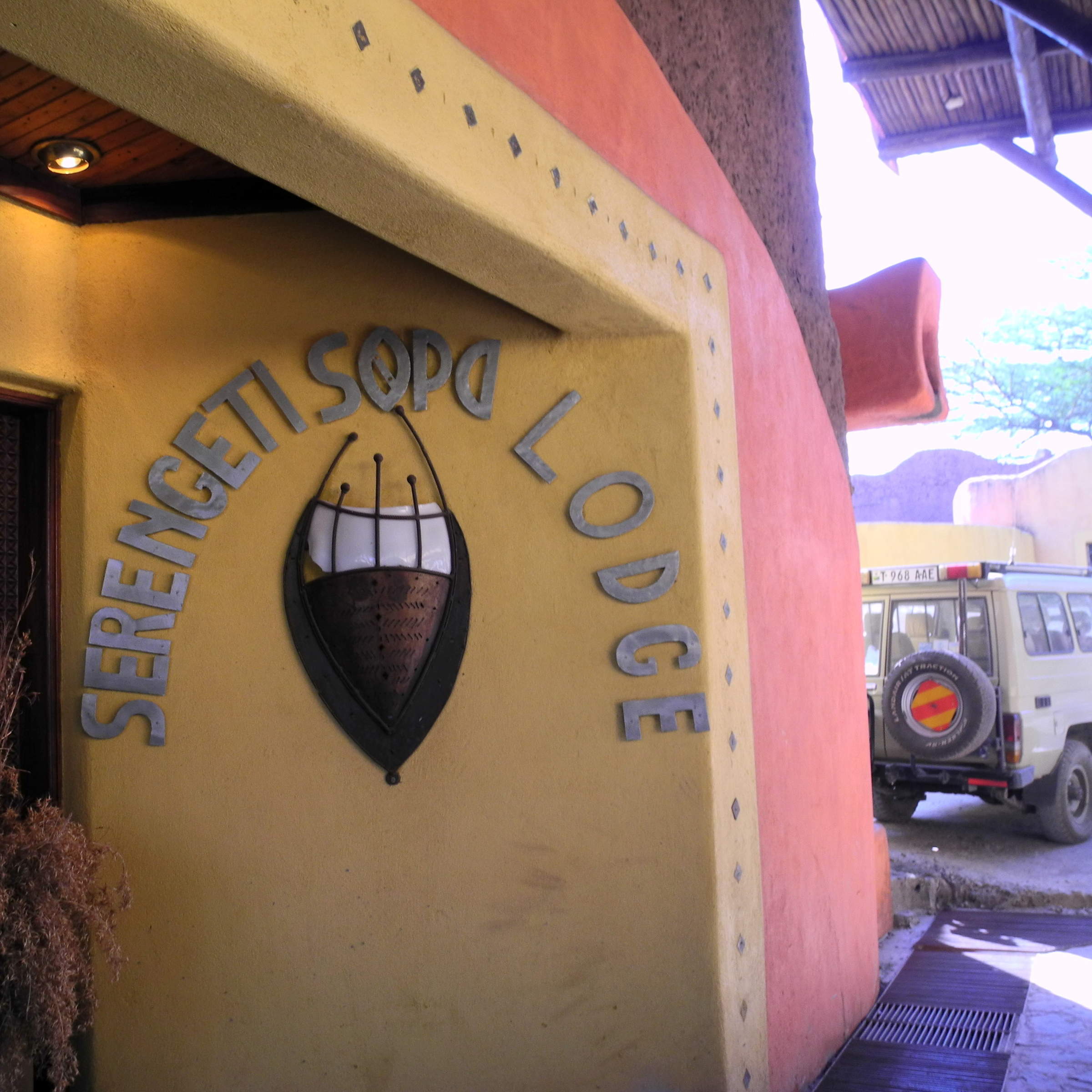
Serengeti Sopa Lodge
Serengeti Sopa Lodge is an international-style hotel offering good-value accommodation in the central Serengeti, with lovely views of the plains.
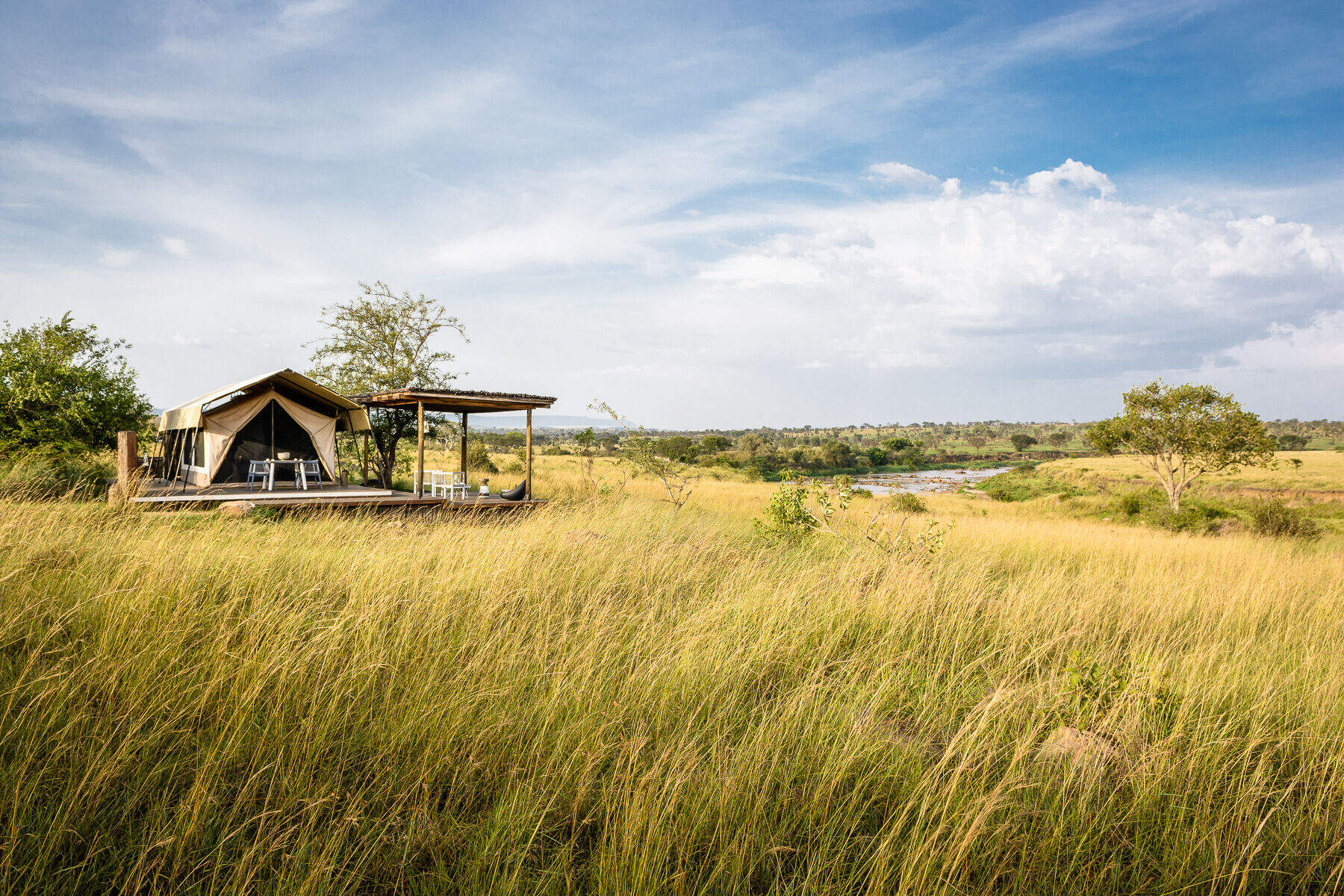
Singita Mara River
Singita Mara River Tented Camp is a luxurious camp in the isolated and rewarding Lamai wedge region of the northern Serengeti.
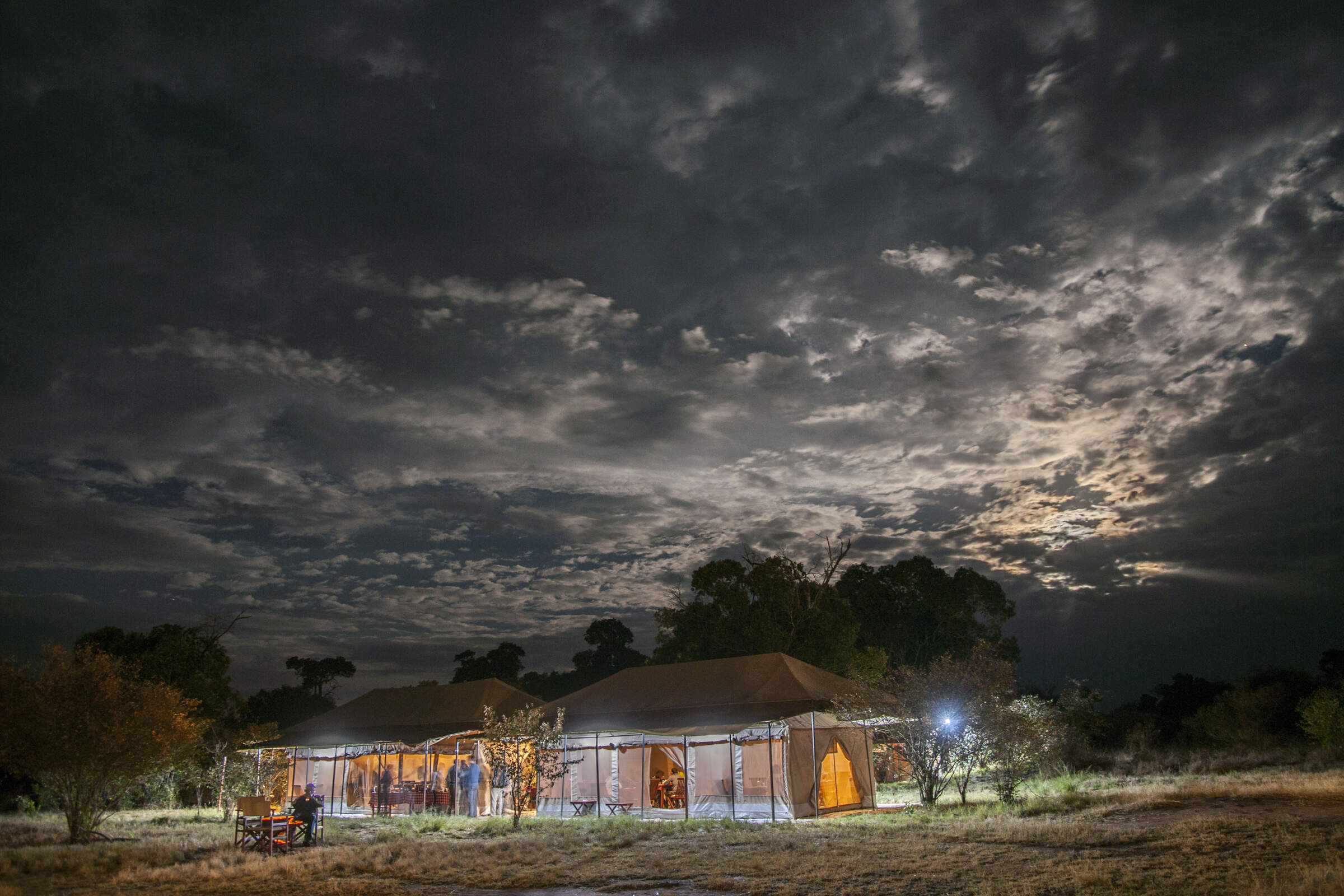
Migration Camp
Serengeti Migration Camp is a smart tented camp, good for the wildebeest migration from Jul–Aug, or to explore the Lobo Kopjes any time.
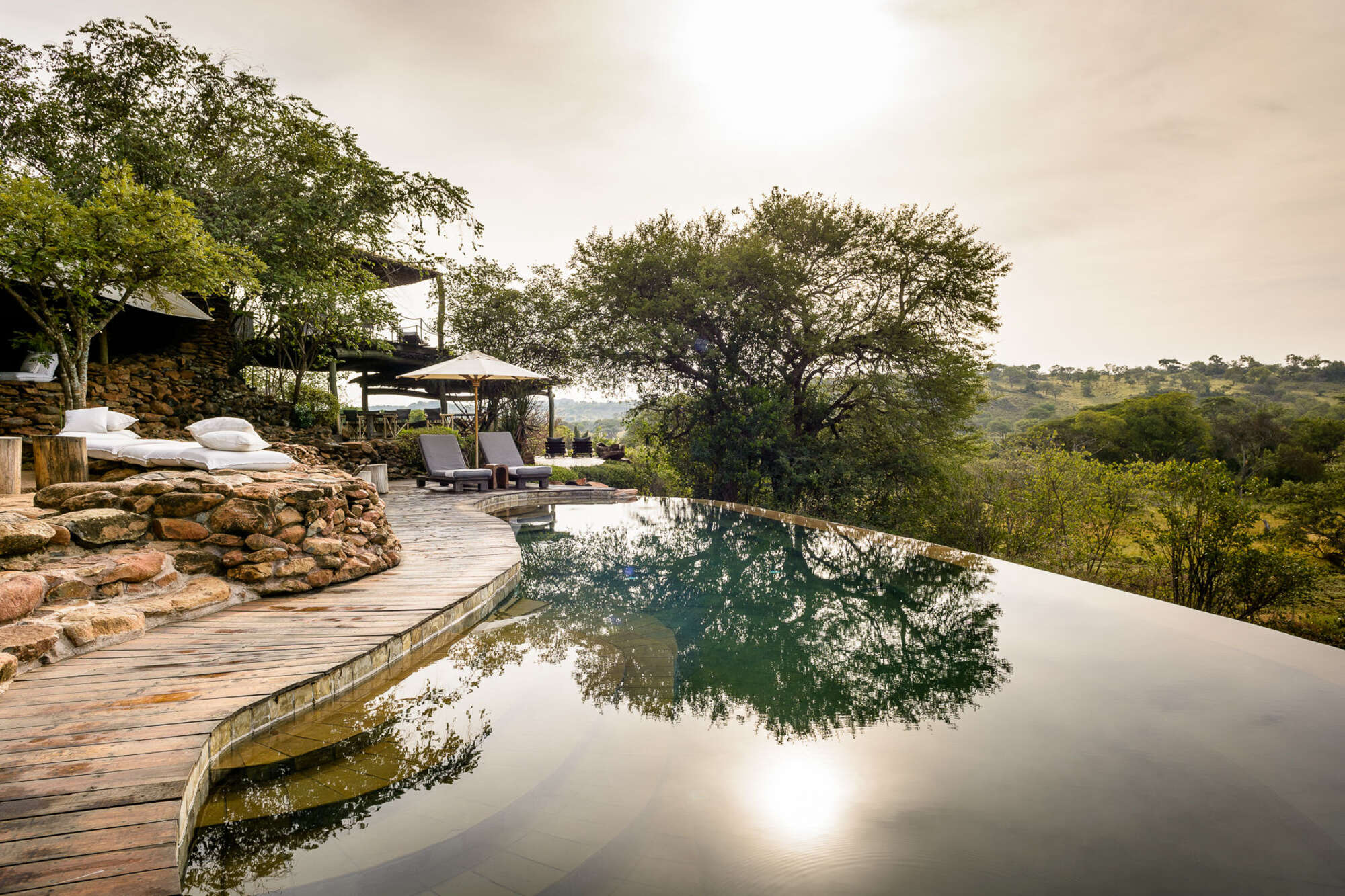
Faru Faru Lodge
On the north bank of the Grumeti River, Faru Faru is a small, chic hideaway in this exclusive corner of the Serengeti.
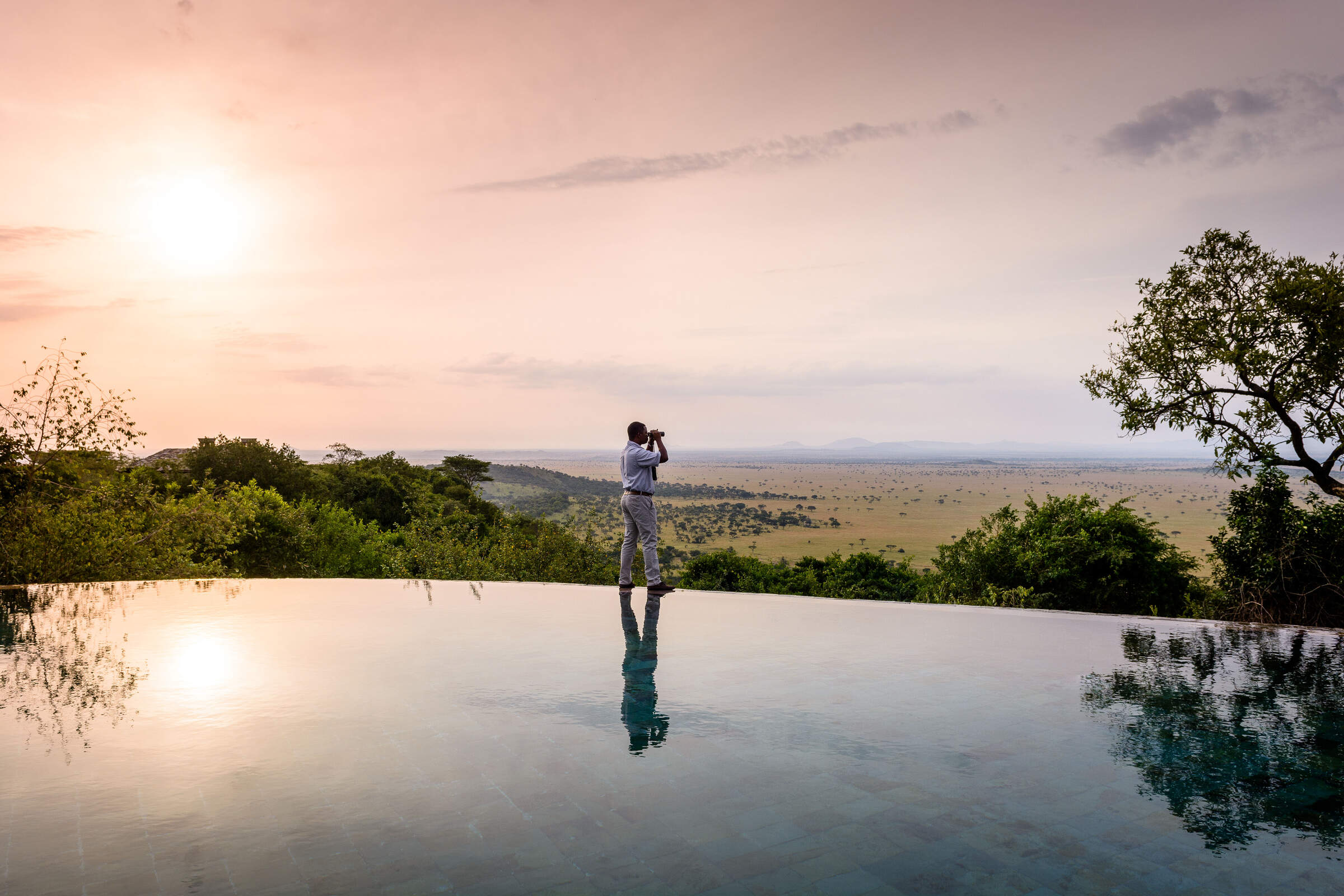
Sasakwa Lodge
On a hill looking over the Serengeti plains, Sasakwa Lodge is grand, luxurious safari camp, one of the most opulent properties in Tanzania.
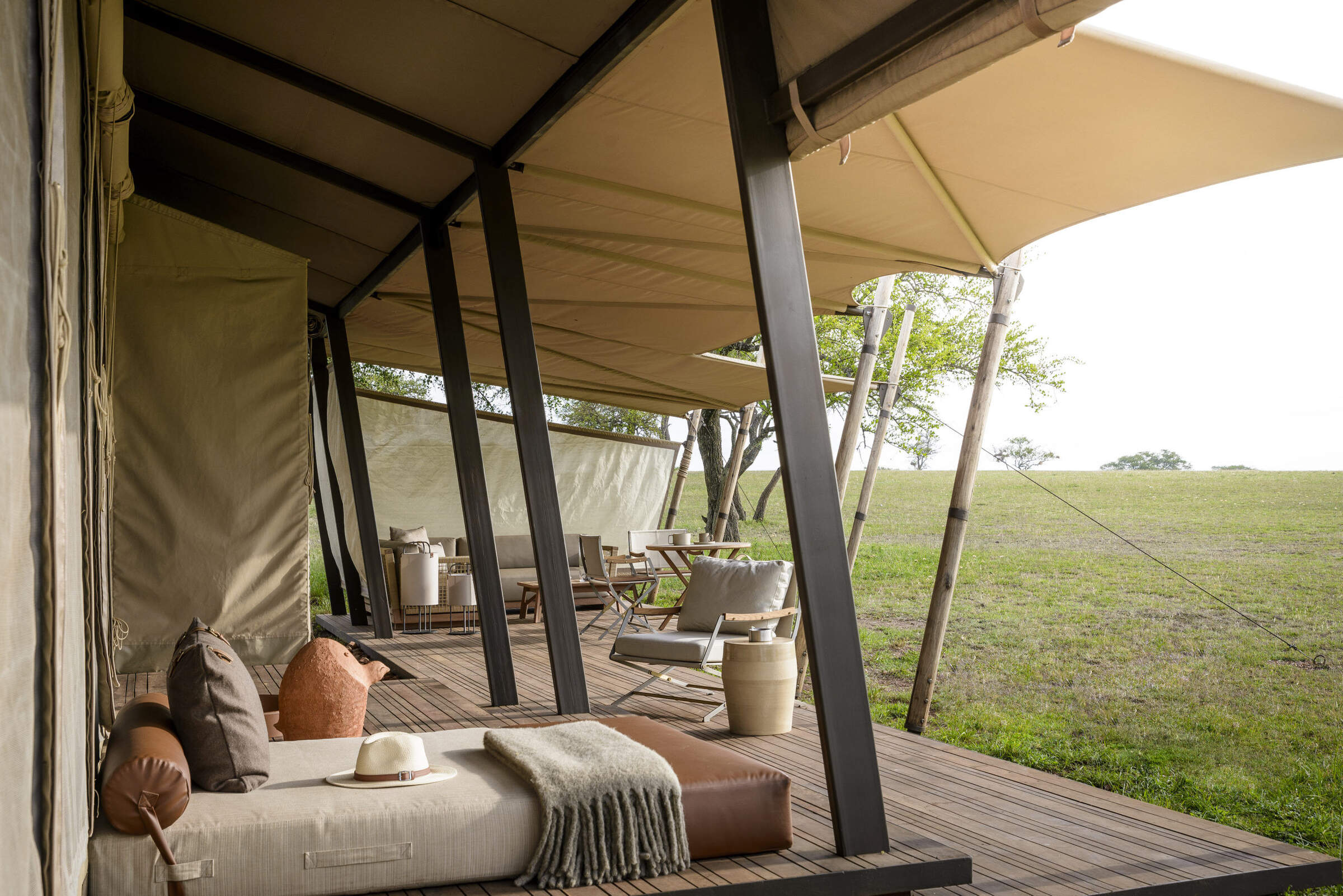
Sabora Tented Camp
Sabora Tented Camp is a smart tented camp – one of the most luxurious, professional and stylish properties to be found in Tanzania.
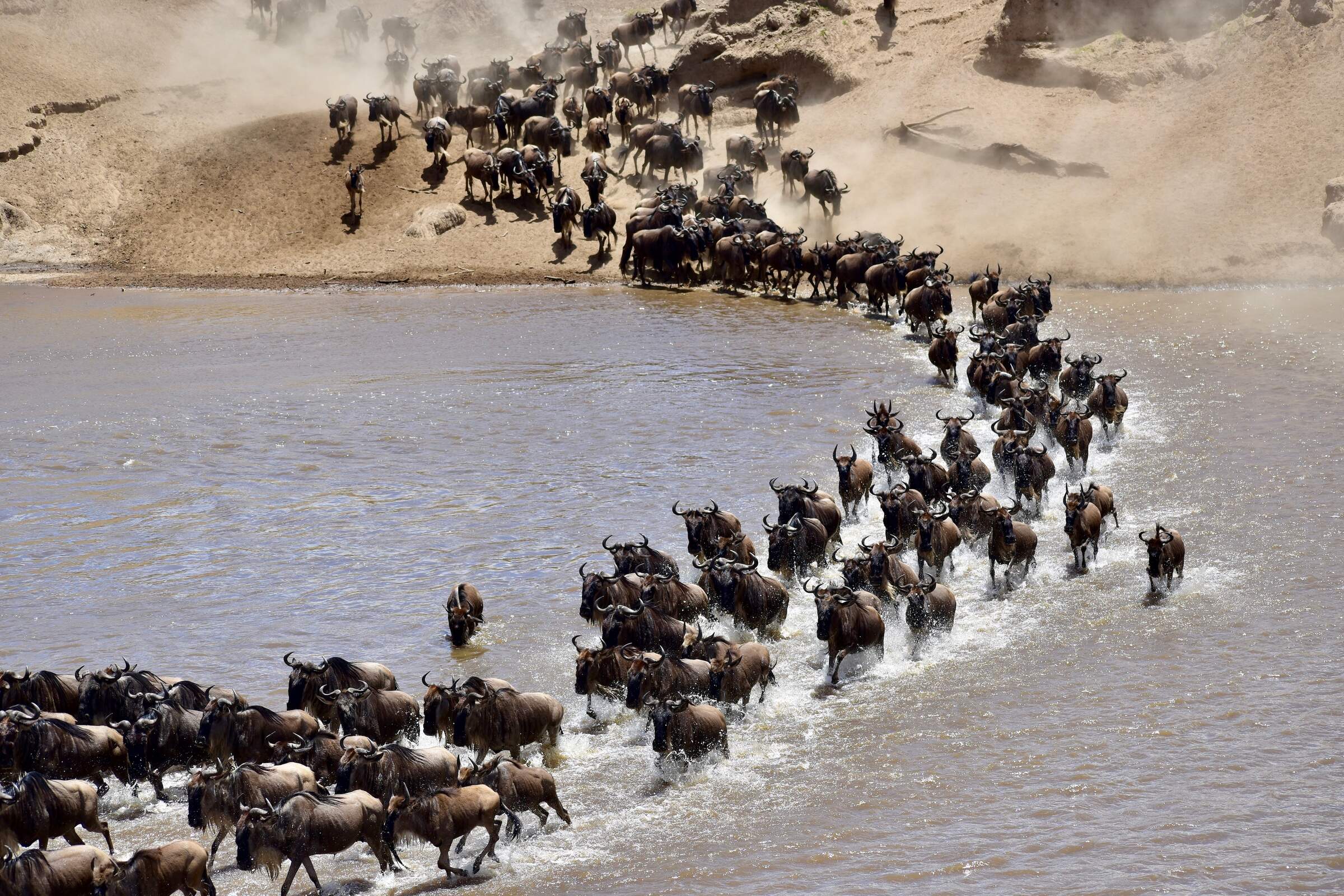
Kirurumu Migration Camp
Kirurumu is a rustic tented camp which moves around the Serengeti twice a year to follow the wildebeest migration.
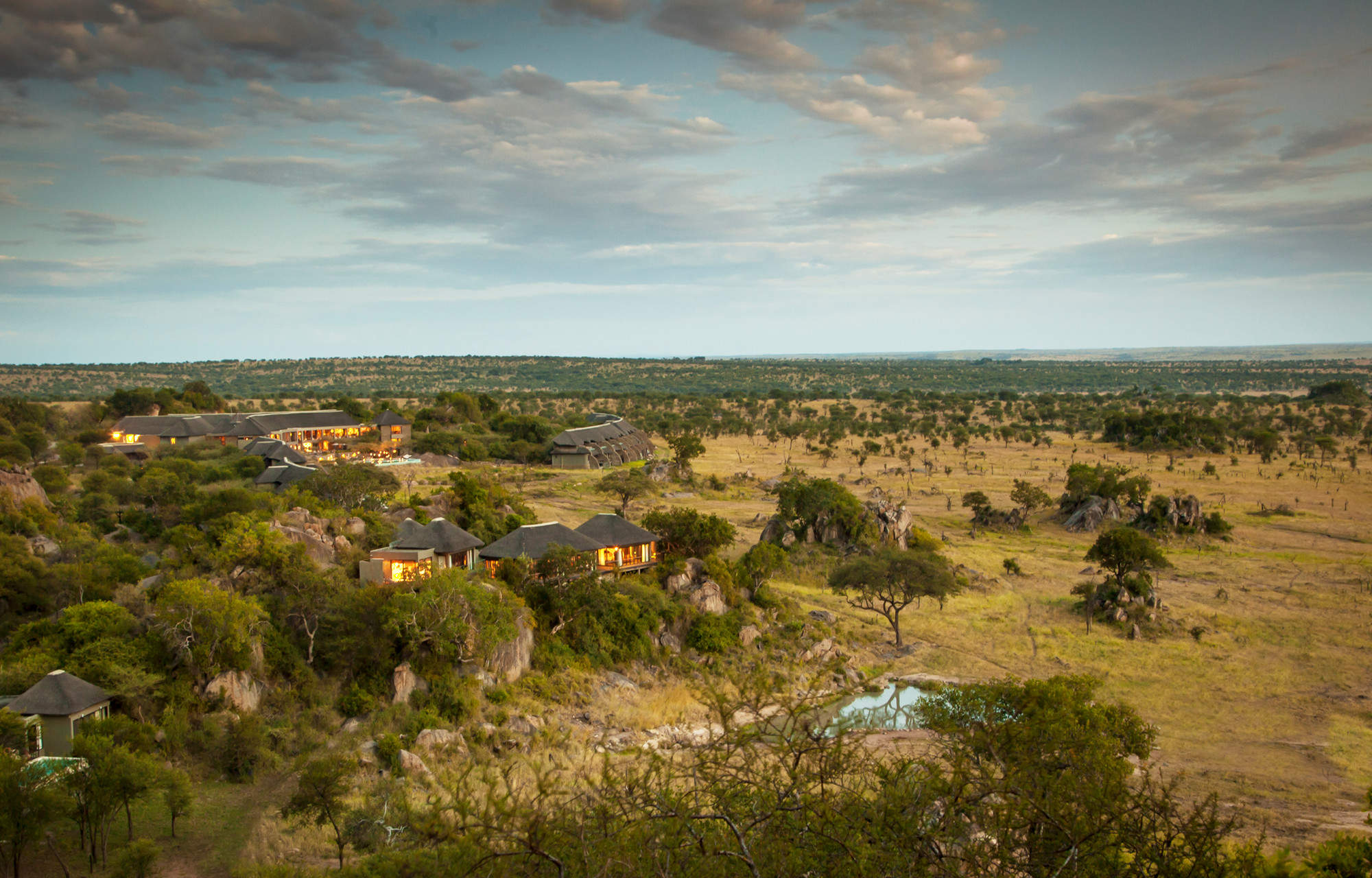
Four Seasons Serengeti
The Four Seasons Safari Lodge is the only hotel in the Serengeti offering international facilities such as a gym, spa and children’s club.
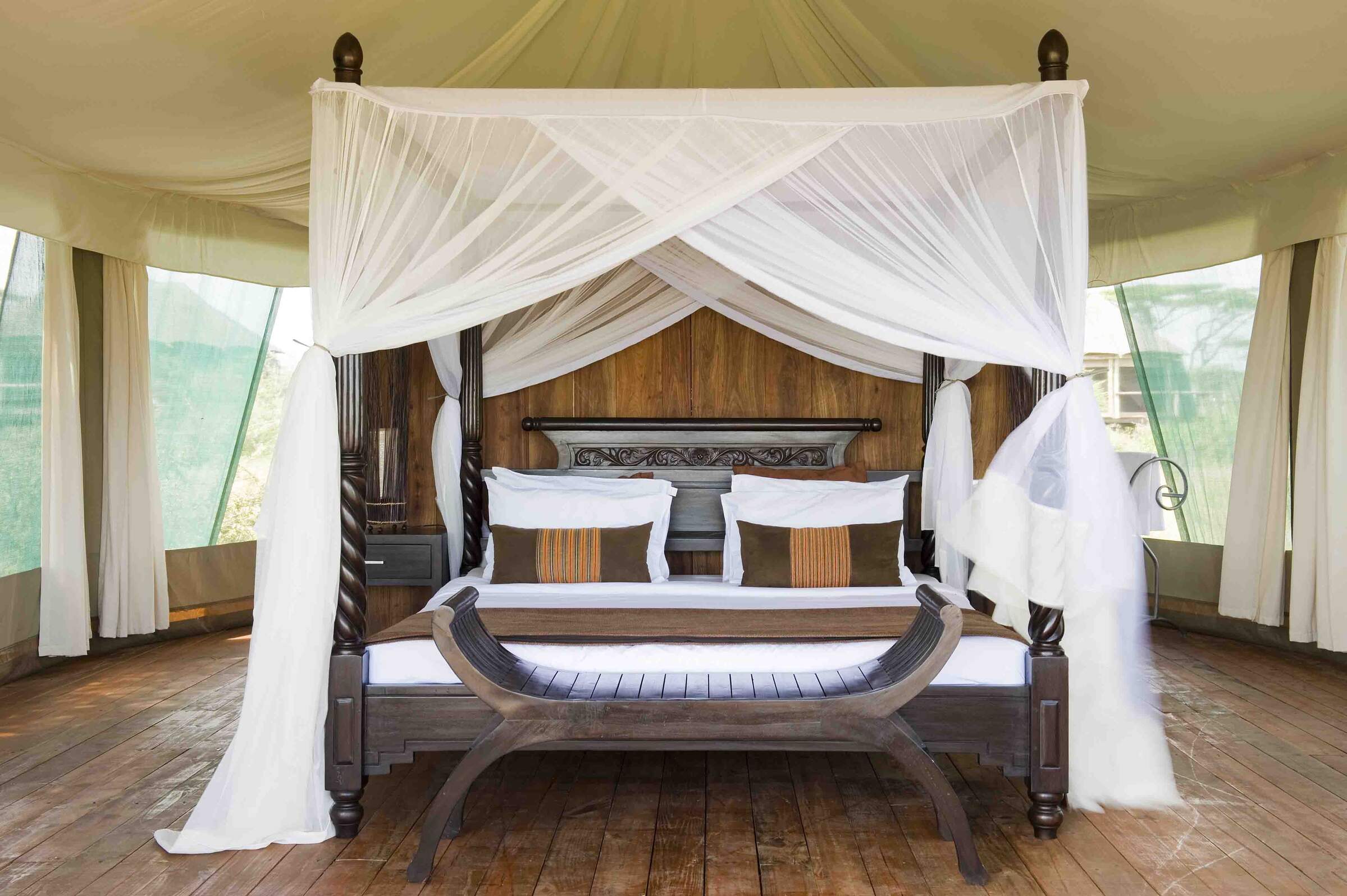
Lake Masek Tented Camp
Ideally located for the wildebeest migration from Dec–Apr, Lake Masek Tented Camp is a good, mid-market safari camp.
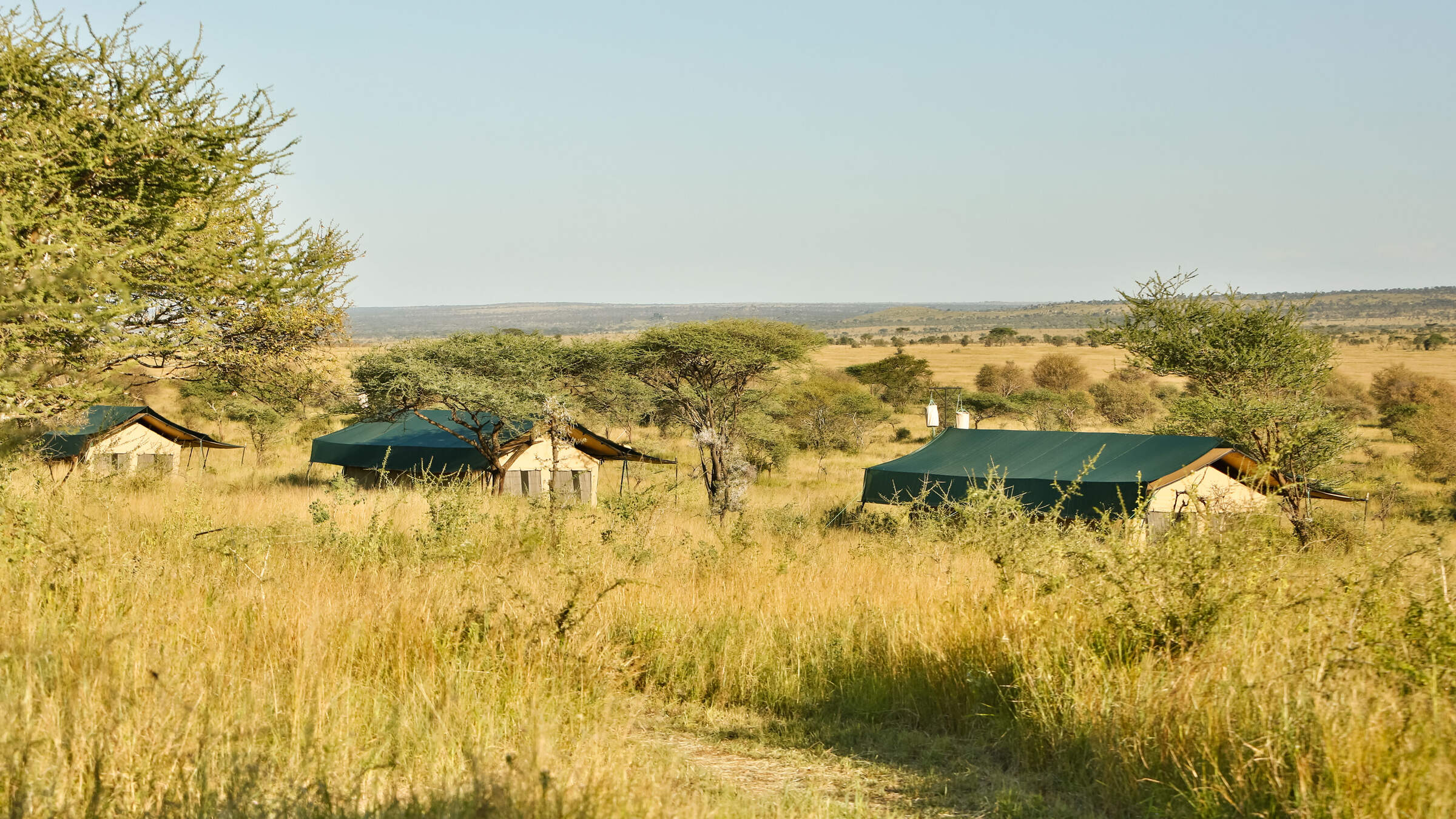
Nyikani Central
Nyikani Central is a comfortable tented camp located in the game-rich Seronera area of the central Serengeti.

Esirai Migration Camp
A season migration camp, with only 8 tents and 1 family tent and plenty of character. Esirai is ideally placed for excellent wildlife and enjoys a simplistic and comfortable under-canvas experience.
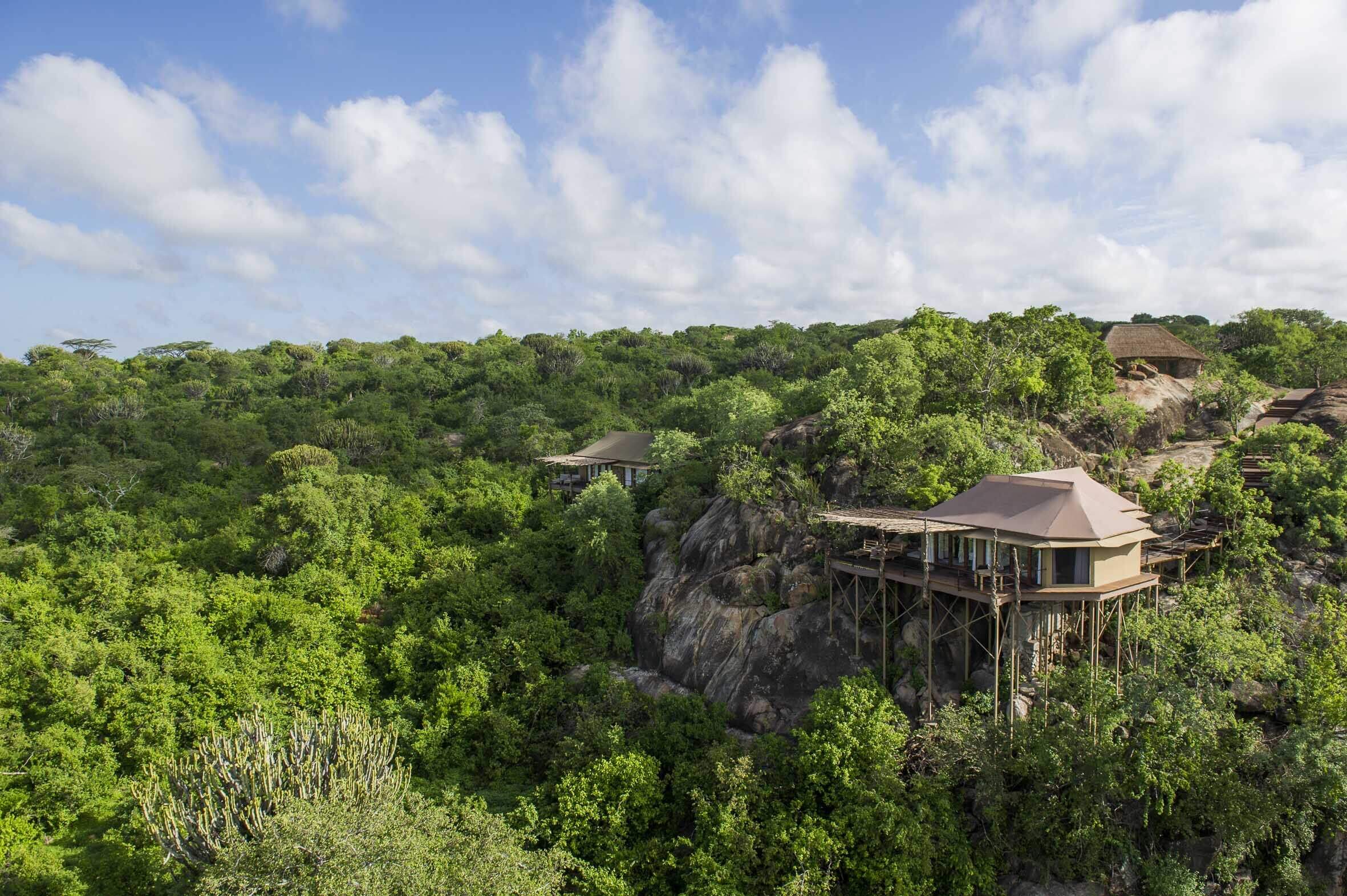
Mwiba Lodge
Mwiba Lodge is a luxurious property located on a private concession on the edge of the southern Serengeti.
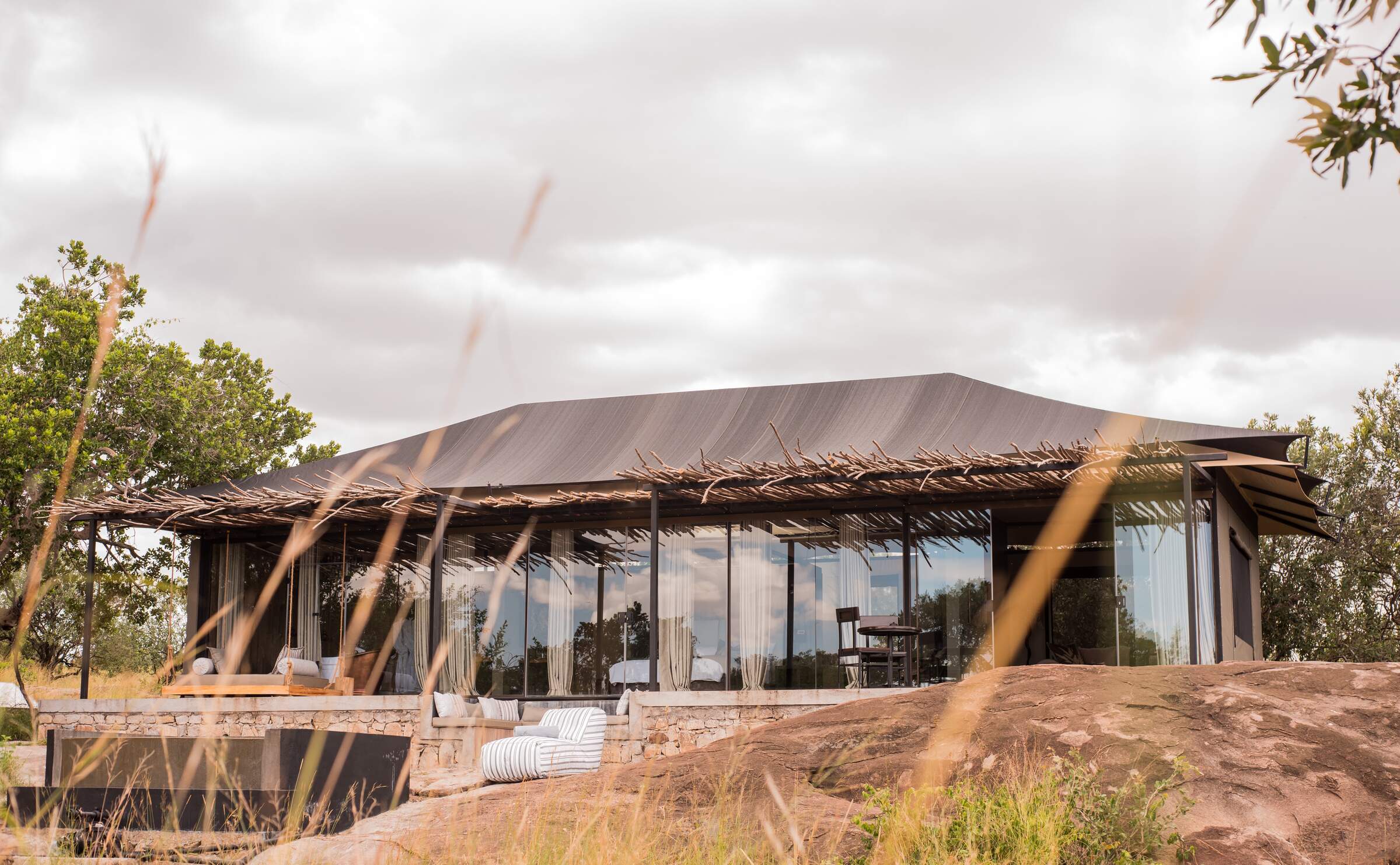
Nimali Mara
Nimali Mara is a luxurious safari lodge in a quiet region of the northern Serengeti with good access to the wildebeest migration.
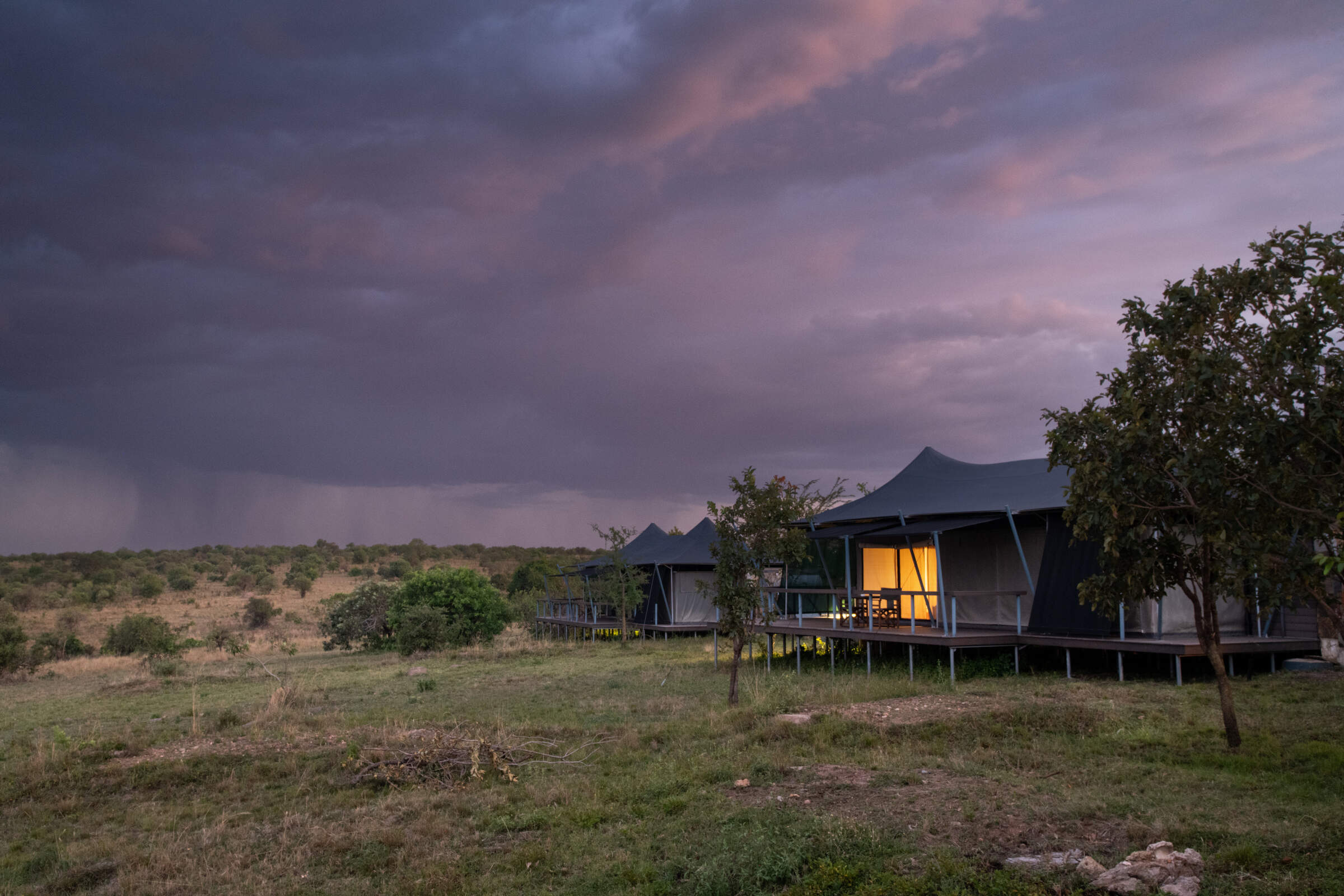
Mara Mara
Mara Mara is a smart tented camp in the northern Serengeti, situated on a small hill close to the Mara River.
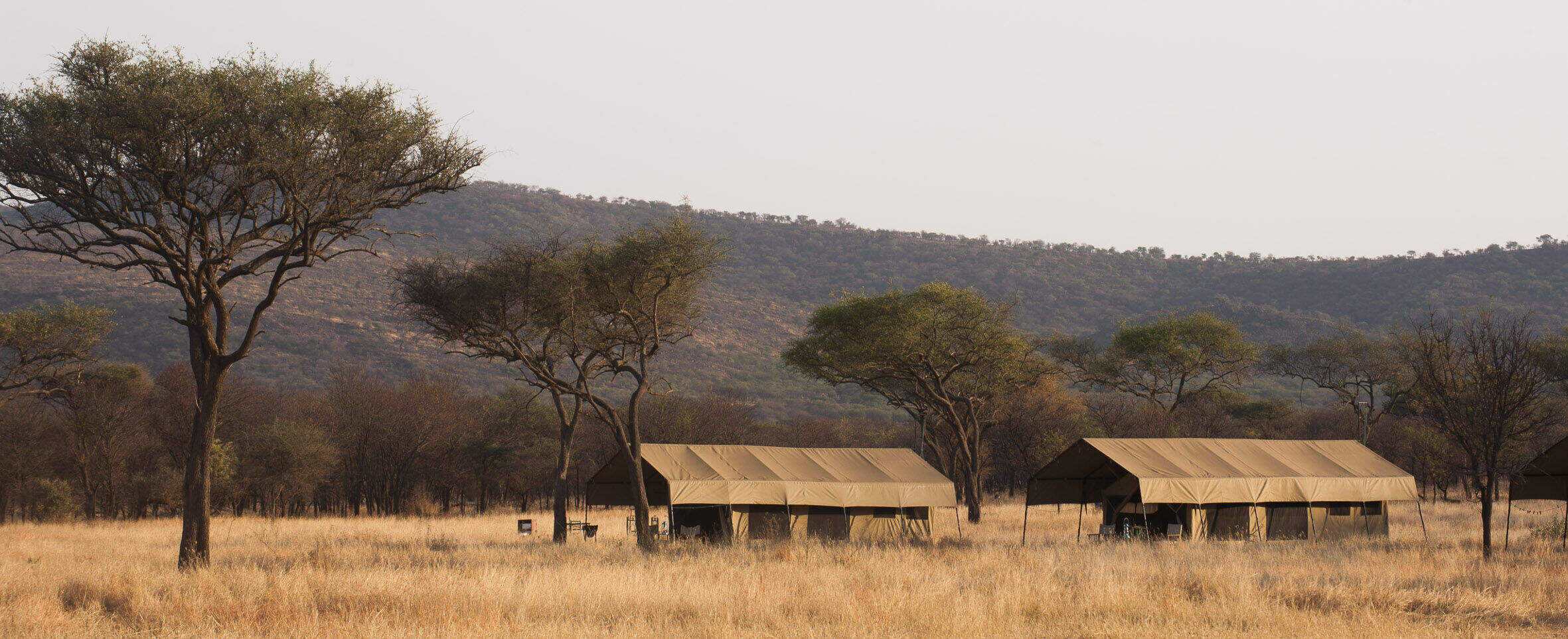
Ndutu Kati Kati
Ndutu Kati Kati is a seasonal tented camp, based in the southern Serenget from Dec-Mar, ideal for the migration as it passes through.

Olduvai Camp
Olduvai Camp lies between Ngorongoro and the southern Serengeti plains. It's a good base for the southern plains during the rainy season.
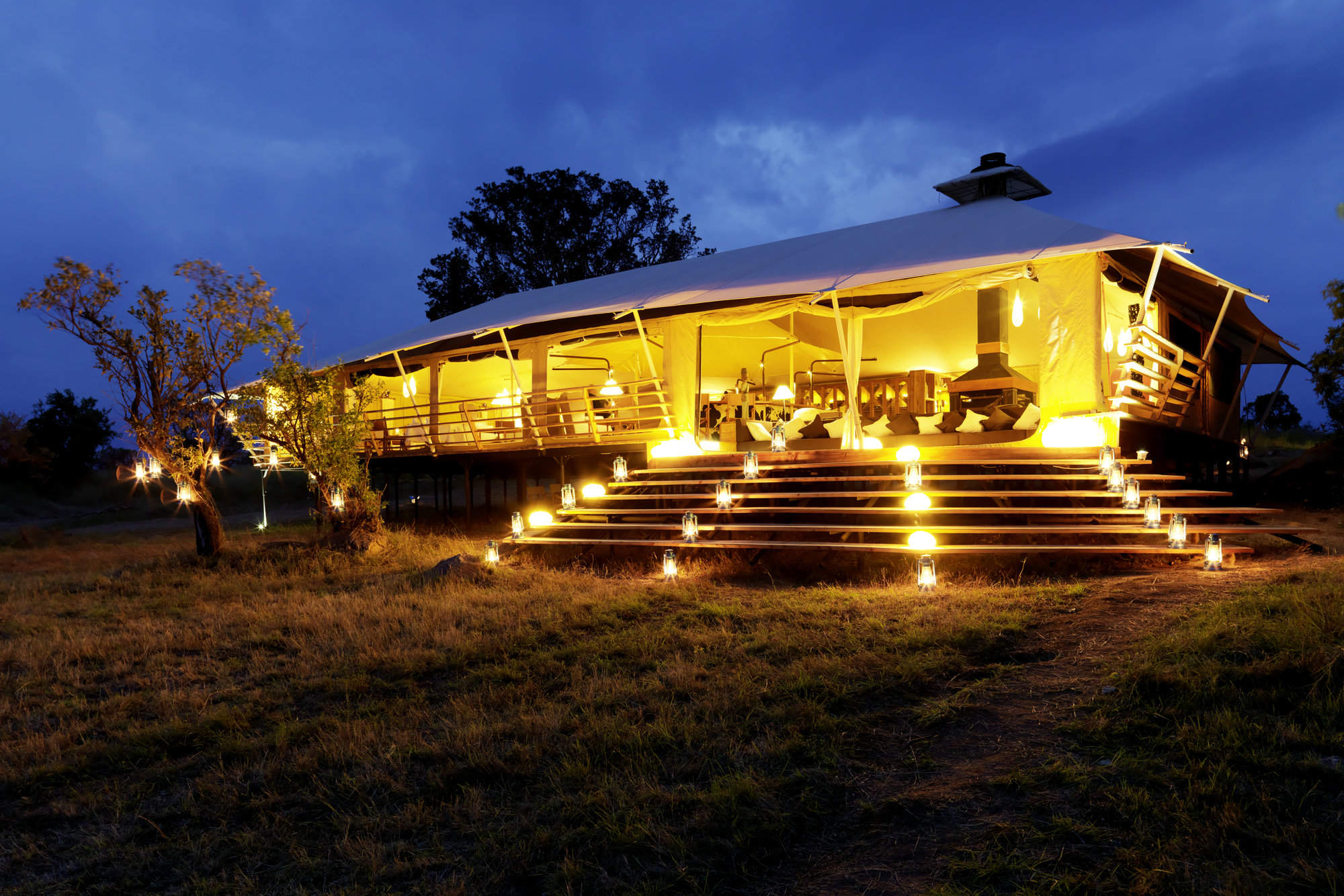
Bushtops
Serengeti Bushtops is a permanent luxury camp in the northern Serengeti, with spacious and private tents with their own hot tubs.
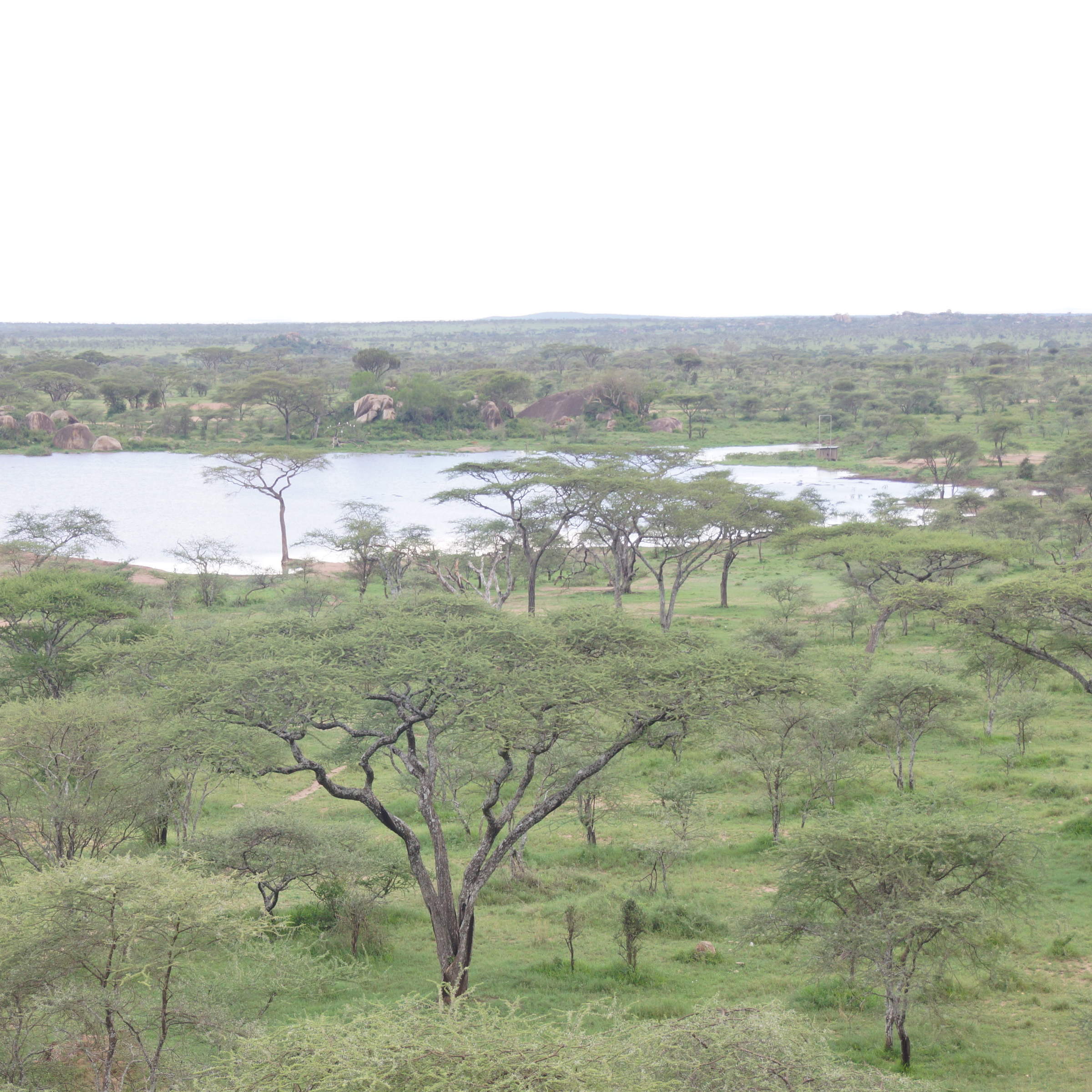
Seronera Wildlife Lodge
Seronera Wildlife Lodge is large hotel-style safari lodge in the heart of the Serengeti, offering good value and a great location.
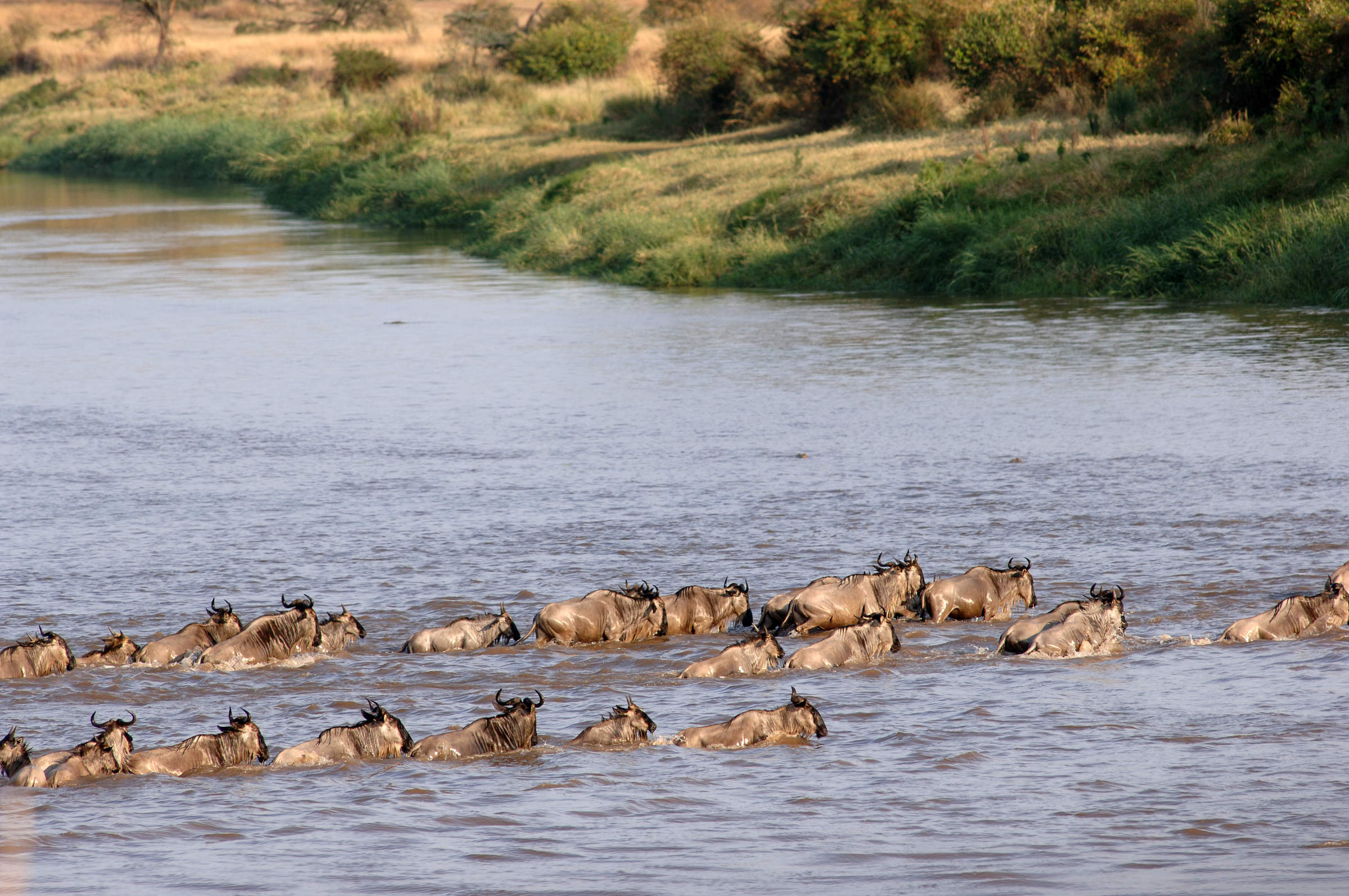
Mara Kati Kati
Mara Kati Kati is a simple bush camp in the northern Serengeti, based from Jul-Oct near the Mara River for the wildebeest migration.
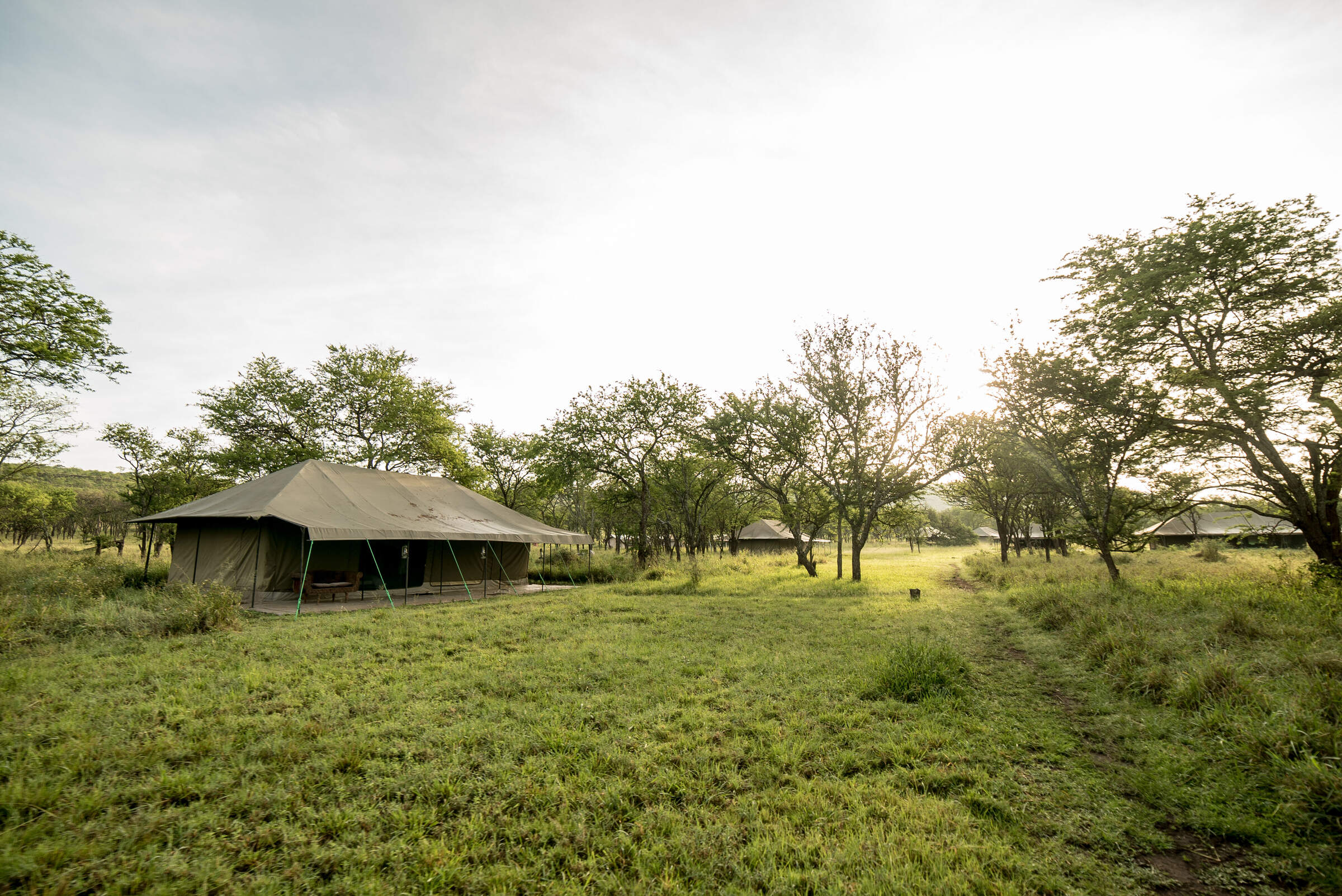
Nasikia Naona
Naona Camp is a small tented camp, located in the Moru Kopjes, west of the Serengeti central area
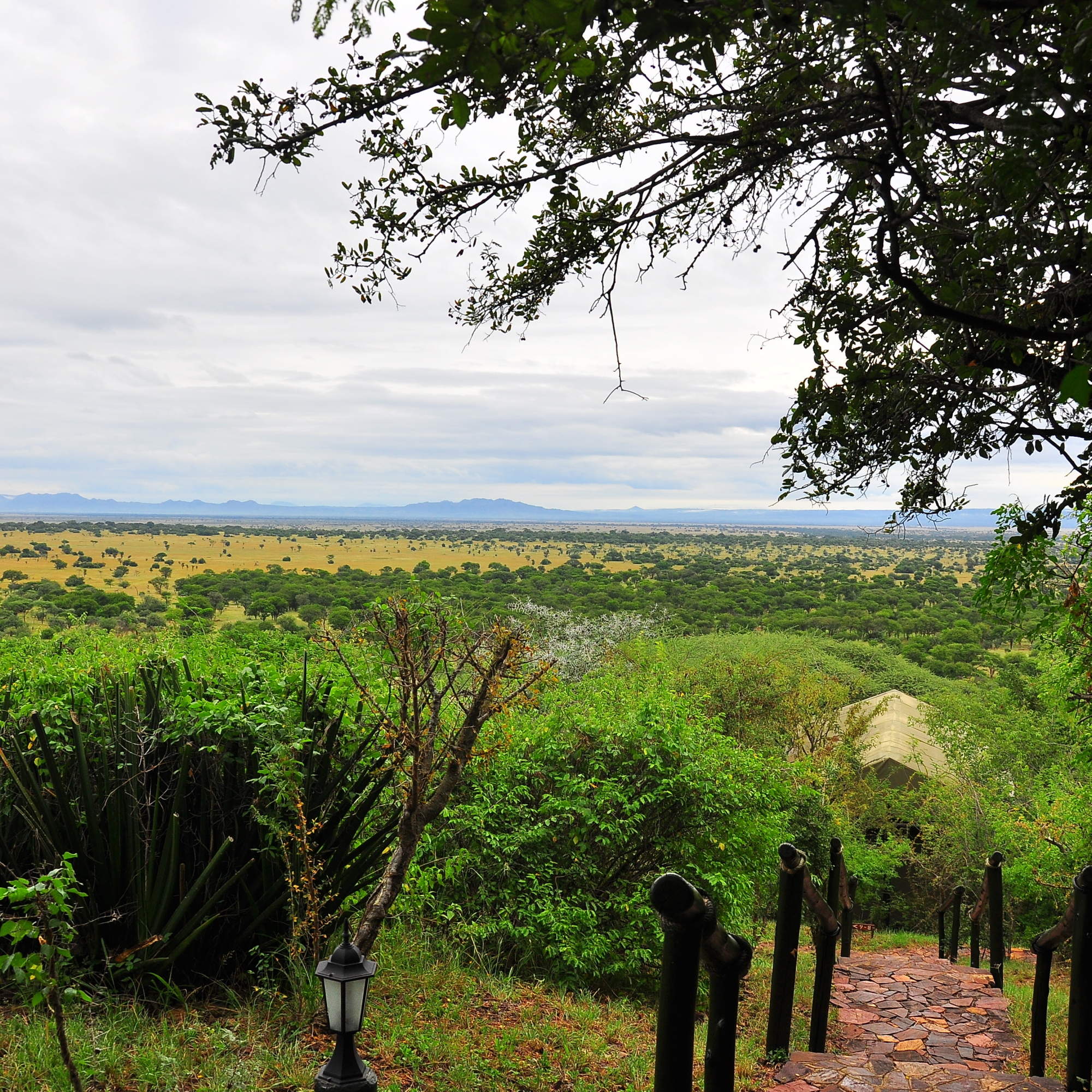
Kirawira Camp
Set high on a hill, in the Serengeti's western corridor, Kirawira is a relatively large tented camp in the Serena group.
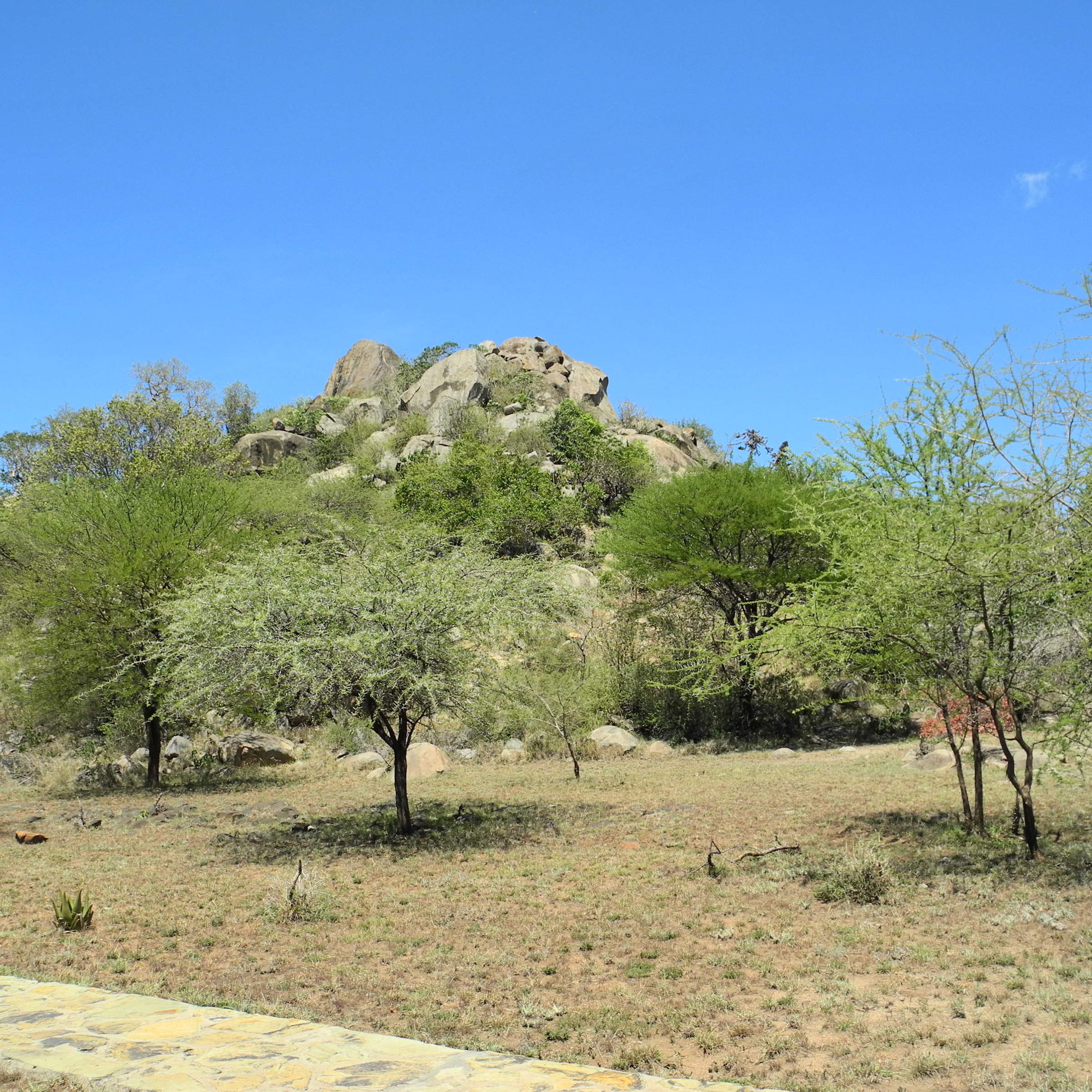
Mbuzi Mawe
Mbuze Mawe is a comfortable tented camp in a convenient, central-north location when driving through the Serengeti.
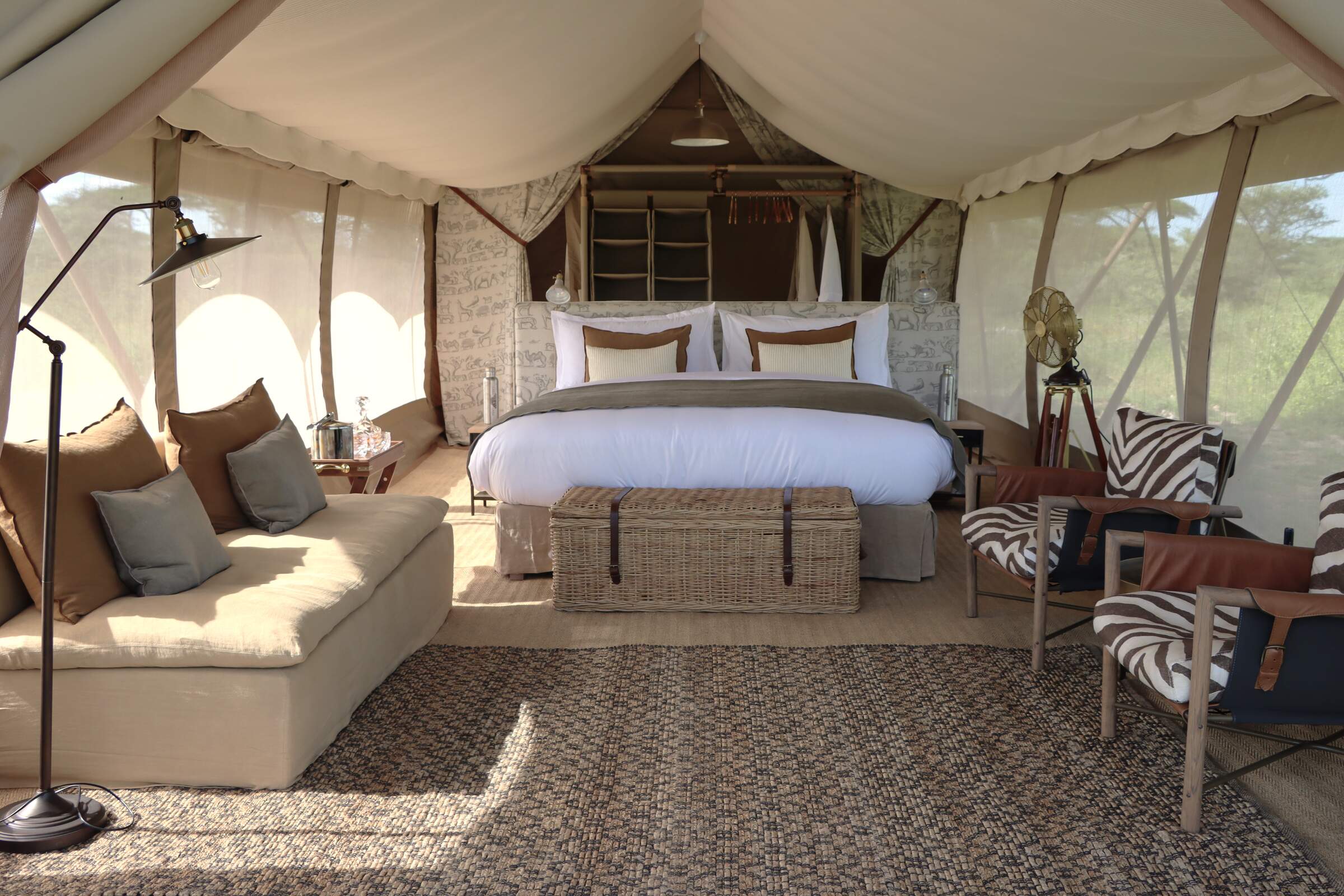
Laba Migration Camp
A luxury mobile camp that moves between the Western Corridor, Mara River and the southern Ndutu area, in line with the wildebeest migration.
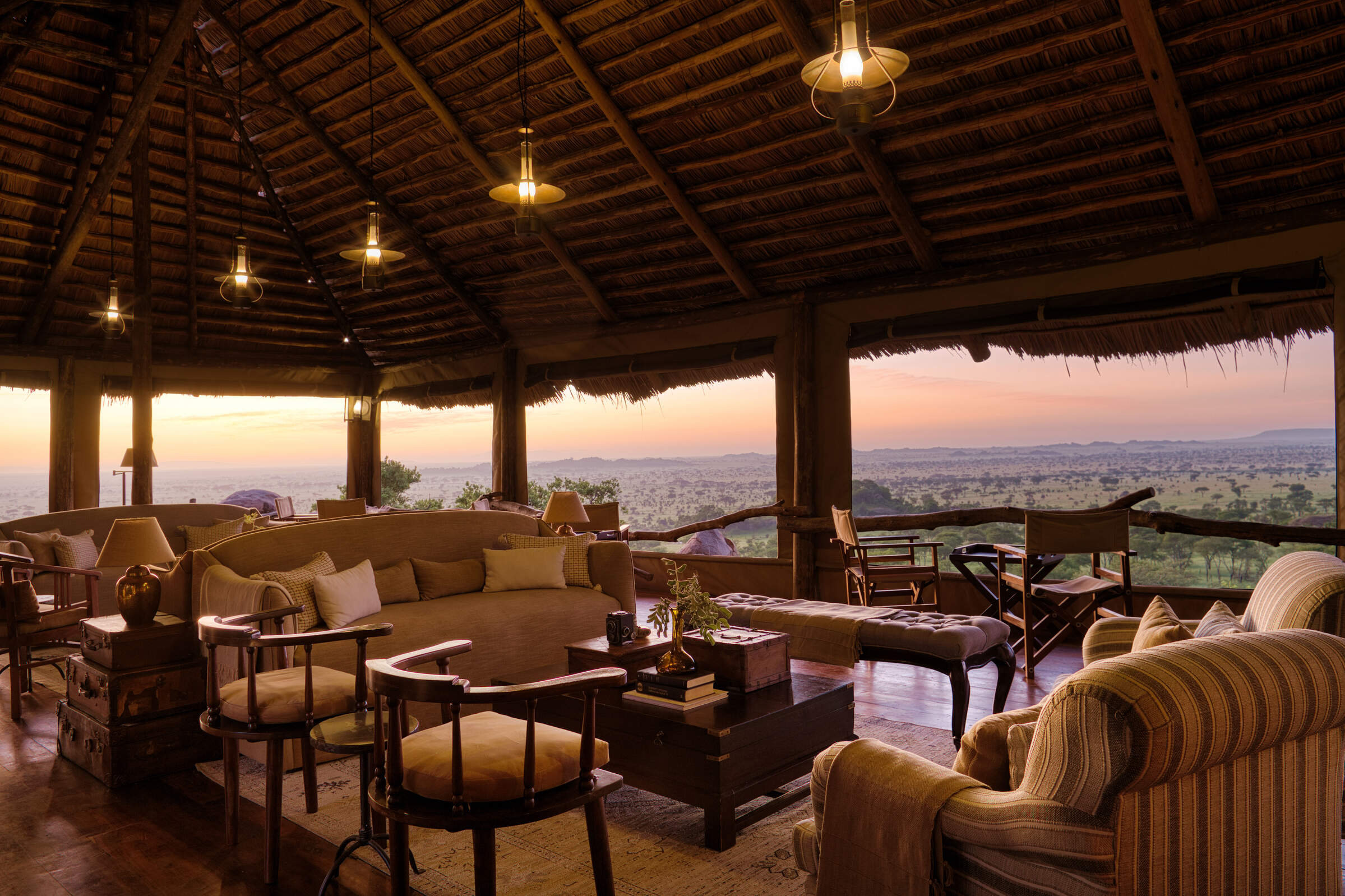
Serengeti Pioneer Camp
Serengeti Pioneer Camp is a luxurious tented camp in the central Serengeti, styled on African explorers' camps of the early 20th century.
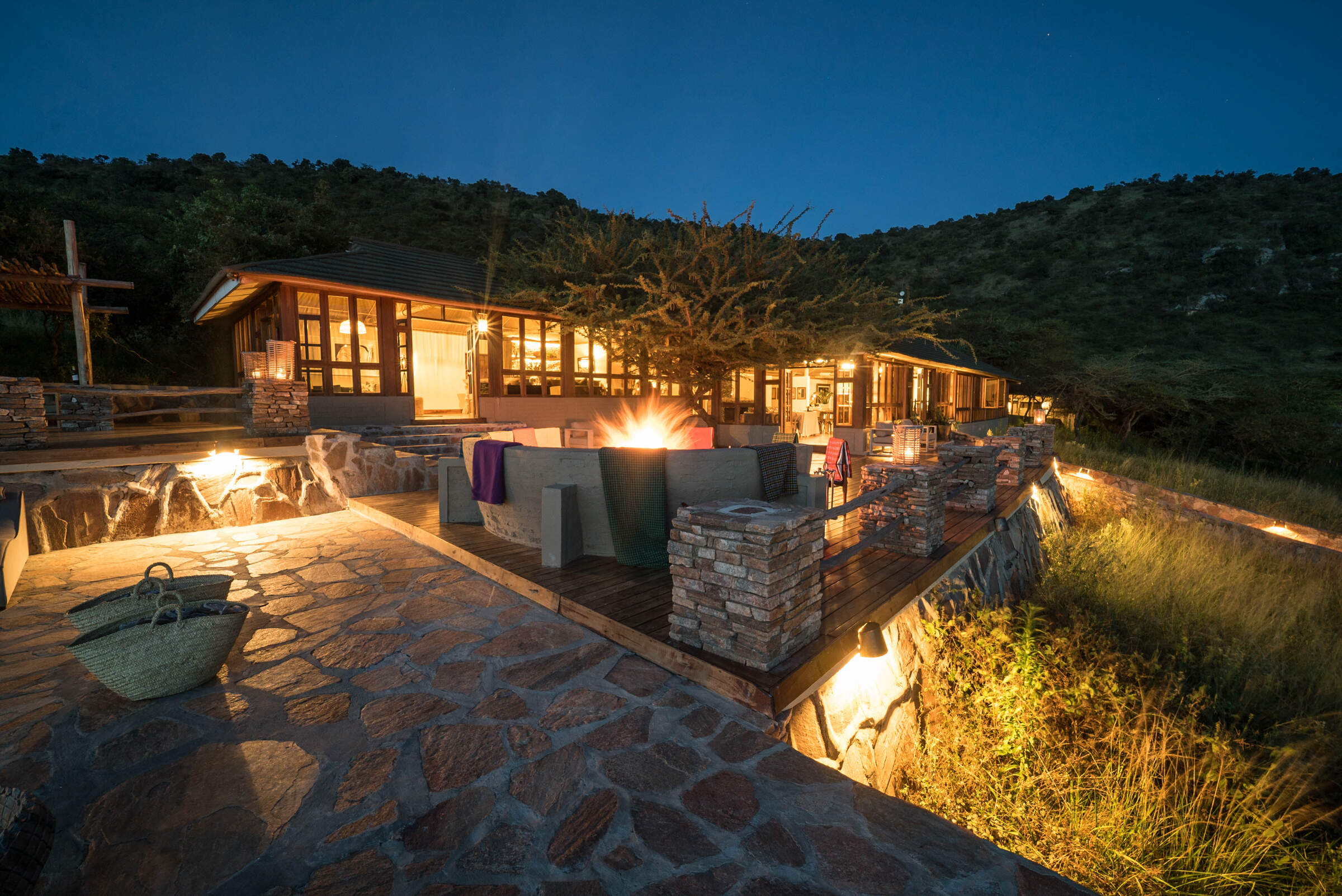
Taasa Lodge
Taasa Lodge is a slightly quirky option offering guided walks and night game drives, which are not permitted in Serengeti National Park.
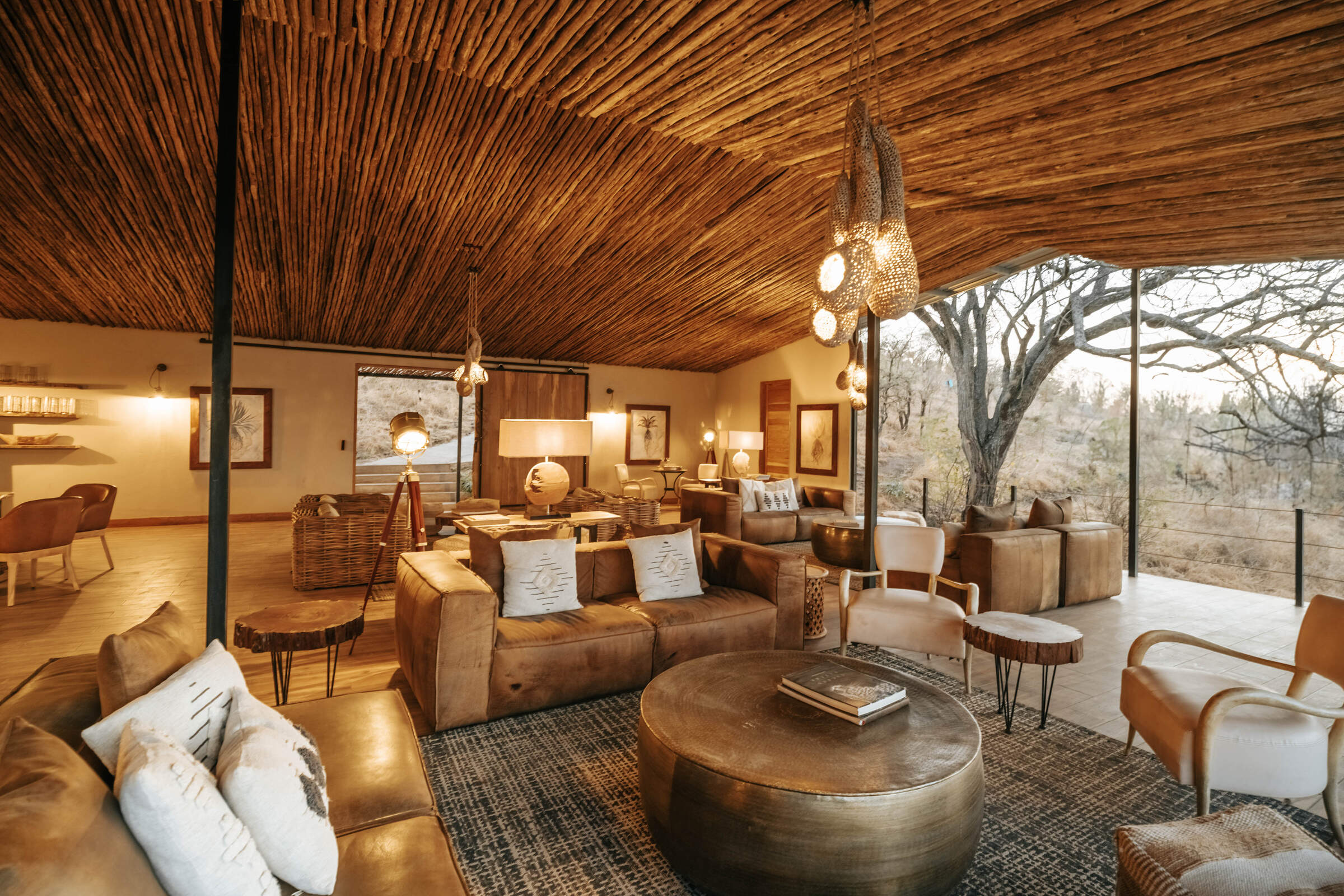
Nimali Serengeti
Opened in July 2017, Nimali Serengeti is a smart, permanent tented camp located in the Seronera area of the central Serengeti.
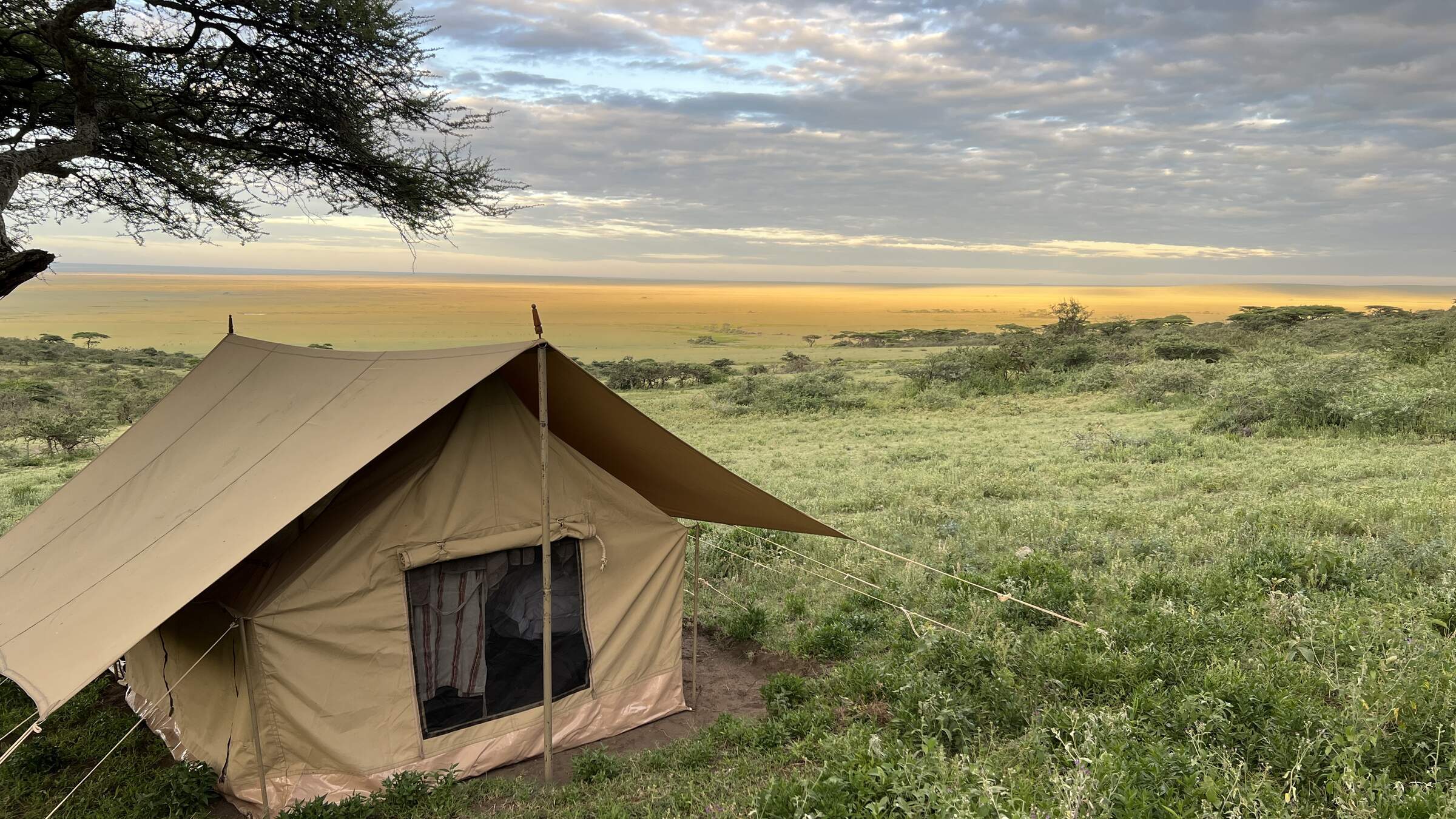
Nomad Walking Camp
Nomad Expeditionary Walking Camp is a simple camp of up to three tents, plus infrastructure, that changes location to allow guests to do substantial walks between campsites.
When to go to Serengeti Migration Area
Our month by month guide: What it's like to visit Kubu Kubu in Serengeti Migration Area
Jan
Feb
Mar
Apr
May
Jun
Jul
Aug
Sep
Oct
Nov
Dec
Serengeti Migration Area in January
January marks the start of the Serengeti’s short dry season. In the southern plains, the wildebeest calving season takes centre stage, drawing both predators and eager wildlife enthusiasts. The weather is generally clear and sunny, with rising temperatures, though occasional rainfall may still occur in the southern areas. Birdwatching is particularly rewarding during this time, with resident species in their breeding plumage and migratory birds adding to the variety.
The far southern plains of Ndutu coupled with the central Seronera area remains a reliable choice for game viewing, with lions and cheetahs frequently sighted on the hunt. While the park can be busier early in the month due to New Year visitors, it often becomes quieter later, providing excellent value and a more peaceful experience. Patience may be needed during game drives, as some wildlife becomes more dispersed.
- Variable weather: clear, dry or rainy
- Thunderstorms may occur occasionally
- Prime birding season with migrant species
- Wildebeest gathering in southern Serengeti
- Busy early, quieter later in the month
Our view
A good time to visit, with pros & cons
Weather in January
Serengeti Migration Area in February
February in the Serengeti is hot, with daytime highs reaching around 33°C/91°F, but cooling down significantly in the evening and overnight. It's an excellent time to visit as the northern circuit is comparatively quieter than during peak seasons. The wildebeest calving season, typically occurring in a two-three week window in early-mid February, is a major attraction. Thousands of calves are born daily, attracting a significant number of predators, creating an intense yet fascinating spectacle.
Birdlife is equally vibrant, as migratory species from the northern hemisphere join the park's resident birds. The Ndutu region is especially active, hosting an abundance of wildlife. Hot air balloon safaris offer unparalleled views of the action below. Despite the midday heat, early morning game drives remain comfortable and highly rewarding.
- Hot and dry weather conditions prevail
- Wildebeest calving in southern plains
- Southern Serengeti busy for migration
- Lush, green landscapes across the park
- Ideal for wildlife photography
Our view
A very good time to visit
Weather in February
Serengeti Migration Area in March
March typically sees the arrival of the long rains in the Serengeti, though the exact timing can vary each year. With water becoming more plentiful, migratory animals begin to spread out, making wildlife spotting a bit more challenging in certain areas. The Seronera Valley remains a reliable choice for sightings, thanks to its consistent water sources.
The rains bring a dramatic transformation to the landscape, with lush greenery emerging across the plains, offering stunning photographic opportunities. Birdwatchers are in for a treat, as many species are in their vibrant breeding plumage. Although some mobile tented camps begin winding down operations in preparation for the next season, visitors can still enjoy the park’s quieter atmosphere and its renewed natural beauty.
- Hot with increasing humidity pre-rains
- Wildlife viewing varies as rains begin
- Park quieter with lower visitor numbers
- Excellent time for bird watching
- Green vegetation provides scenic backdrops
Our view
A good time to visit, with pros & cons
Weather in March
Serengeti Migration Area in April
April tends to be the wettest month in the Serengeti, with rainfall averaging around 250mm. The park is transformed into a verdant oasis, alive with birds, insects, and smaller wildlife. However, the dense vegetation can make spotting animals more difficult. Visitor numbers are at their lowest, allowing for a more exclusive safari experience and there can be some good emerald season bargains to be had.
The wildebeest migration typically begins slowly moving toward the Western Corridor, and patient travellers can witness fascinating sights such as newborn animals and predators on the hunt. Rising water levels make the Retina Hippo Pool particularly active. Birdwatching continues to be excellent, and many lodges offer reduced rates, making it an appealing time for those willing to brave occasional downpours.
- Heavy rains with impressive thunderstorms
- Some camps closed due to weather
- Lowest rates and fewest tourists
- Vibrant greenery, wildlife more dispersed
- Not ideal for general wildlife viewing
Our view
This is not a great time to visit
Weather in April
Serengeti Migration Area in May
As the month of May progresses, the rains start to taper off across the Serengeti and temperatures drop slightly. Visitor numbers remain low, and lodge rates are often highly competitive, making it a great time for more value-conscious travellers. The wildebeest migration usually still heading towards the Western Corridor, with some herds nearing the Grumeti River and others still milling around the central area of the park. Predator-prey interactions become more frequent as animals navigate the changing environment.
The Moru Kopjes region offers particularly rewarding wildlife encounters, including the chance to spot black rhinos. The park’s vegetation is at its lushest, providing breathtaking backdrops for photographers. Balloon safaris during this time give a spectacular view of the green plains and migrating herds.
- Rains continue, creating dramatic skies
- Quiet period, great for avoiding crowds
- Lush landscapes with long grasses
- Wildlife more dispersed, fewer sightings
- Affordable safari options available
Our view
This is not a great time to visit
Weather in May
Serengeti Migration Area in June
June signals the end of the rainy season in the Serengeti, with the landscape beginning to dry out. Wildlife starts to gather around permanent water sources, and the Grumeti River becomes a key location for dramatic river crossings. Before the wildebeest migration heads north, the Western Corridor remains a hub of activity.
Many camps will offer shoulder season rates in June, meaning that this is also a more affordable time to visit than later in the year. The Lobo Valley in the north also becomes a productive area for wildlife viewing. With shorter grasses and clearer conditions, June is an excellent time for walking safaris in designated areas. The balance of good weather, exciting wildlife action, and moderate tourist numbers makes it a great month to visit.
- Weather varies: clear, dry or some rain
- Migration moving from west to north
- Parks still green with high grasses
- Wildlife becoming more concentrated
- Good value shoulder season prices
Our view
A good time to visit, with pros & cons
Weather in June
Serengeti Migration Area in July
July is the start of peak season in the Serengeti, with little to no rainfall expected and pleasant daytime temperatures. As the park dries, wildlife congregates in fewer areas, improving game viewing opportunities. The wildebeest migration typically reaches the northern Serengeti, with herds beginning to cross the Mara River. This spectacle draws many visitors, making the northern areas busier.
The Seronera area remains excellent for big cat sightings. In the western corridor, resident game becomes easier to spot as vegetation thins. Balloon safaris are particularly popular this month, offering breathtaking views of the migrating herds. Despite the crowds, July offers some of the year's best wildlife viewing opportunities across the park.
- Dry days, chilly mornings and evenings
- Excellent wildlife viewing opportunities
- Peak season with increasing visitor numbers
- Highest prices due to prime conditions
- Great Migration in full swing
Our view
Fantastic: the very best time to visit
Weather in July
Serengeti Migration Area in August
August in the Serengeti is characterised by clear skies and sunny weather, though cooler nights and mornings call for layered clothing for early morning game drives. It's an extremely popular time to visit, with accommodation prices at their peak. The northern Serengeti is particularly busy as visitors hope to witness migration river crossings – with the Mara and Sand rivers becoming focal points for dramatic wildlife interactions.
In the central Serengeti, predator sightings remain good around the Seronera River. The park's southern regions are now much drier, home to excellent resident game and now fewer visitors. Balloon safaris provide stunning aerial views of the landscape and wildlife. While August is a very busy time, the consistent wildlife activity and reliable weather make it a fantastic month to visit.
- Dry climate, cool mornings and evenings
- Superb general wildlife viewing
- Exciting wildebeest migration period
- Very busy, camps fill up quickly
- Dramatic river crossings may occur
Our view
Fantastic: the very best time to visit
Weather in August
Serengeti Migration Area in September
September continues the Serengeti’s dry season, with wildlife becoming increasingly concentrated around the few remaining water sources. The northern Serengeti still hosts the wildebeest migration, with river crossings at the Mara River offering dramatic predator-prey interactions. The Seronera Valley remains an excellent spot for sightings of resident predators, while the now-parched southern plains offer good chances to see cheetahs.
As the month progresses, visitor numbers begin to drop slightly, making it a quieter time to explore. Birdwatching remains rewarding, and walking safaris provide a more intimate wildlife experience. September’s pleasant weather and exceptional wildlife viewing make it a very good time to visit.
- Fantastic wildlife viewing conditions
- Slightly less crowded than peak months
- Parks becoming dry with less vegetation
- Pleasant temperatures throughout day
- Prices remain high for quality safaris
Our view
Fantastic: the very best time to visit
Weather in September
Serengeti Migration Area in October
October marks the tail end of the dry season in the Serengeti. Wildlife gathers around the last water sources, creating fantastic viewing opportunities. The Mara River may still see some migration activity, while the central Seronera region continues to deliver reliable predator sightings. In the western corridor, large herds of elephants are a highlight, and the dry southern plains can sometimes offer very good opportunities to spot cheetah.
Birdwatching is rewarding, with many resident species easily spotted. Balloon safaris offer breathtaking views of the parched landscape – though photographers need to be prepared for dusty conditions. Prices remain high, but visitor numbers are lower than in July-Sept, providing a more exclusive safari experience.
- Mostly dry with comfortable temperatures
- Excellent game viewing opportunities
- Landscape may appear somewhat barren
- Lower visitor numbers than earlier months
- Chance to see predator action at its best
Our view
A very good time to visit
Weather in October
Serengeti Migration Area in November
November usually signals the start of the short rains in the Serengeti. While lighter and more sporadic than the long rains, they rejuvenate the landscape with fresh grass growth. Wildlife begins to disperse as water becomes more readily available, but game viewing remains strong, particularly in the central Seronera area.
The wildebeest herds start their journey southward from the Mara region, creating opportunities for unique sightings. Birdwatching is excellent, with the arrival of migratory species adding to the variety. Some mobile camps in the north close temporarily, but those who visit in November can enjoy great value with lower rates and quieter conditions.
- Variable weather: clear, dry or rainy
- Parks quieter with lower-end prices
- Some camps close for maintenance
- Wildlife disperses as rains begin
- Migration movement less predictable
Our view
A good time to visit, with pros & cons
Weather in November
Serengeti Migration Area in December
December is a transition month in the Serengeti, falling within the short rainy season. The rains bring life to the southern plains, attracting the wildebeest herds and the predators that follow them. The Ndutu region becomes a focal point for wildlife activity.
Temperatures are comfortable, averaging around 27°C/81°F, with the possibility of occasional thunderstorms. Birdwatching is outstanding, with many migratory species adding to the diversity. Early December offers good value, with lower prices and fewer visitors, but the festive season sees a surge in demand, requiring early bookings. Balloon safaris provide stunning views of the rejuvenated landscape, making December an exciting time to visit the park.
- Weather varies: dry, rainy, or stormy
- Good game viewing in central Serengeti
- Quiet early, extremely busy late month
- Prices rise sharply for holiday season
- Green season begins, landscapes refresh
Our view
A good time to visit, with pros & cons
Weather in December

Looking for inspiration on where to travel next?
Visit our trip chooser to explore your options and find inspiration for your perfect African adventure
Inspire me